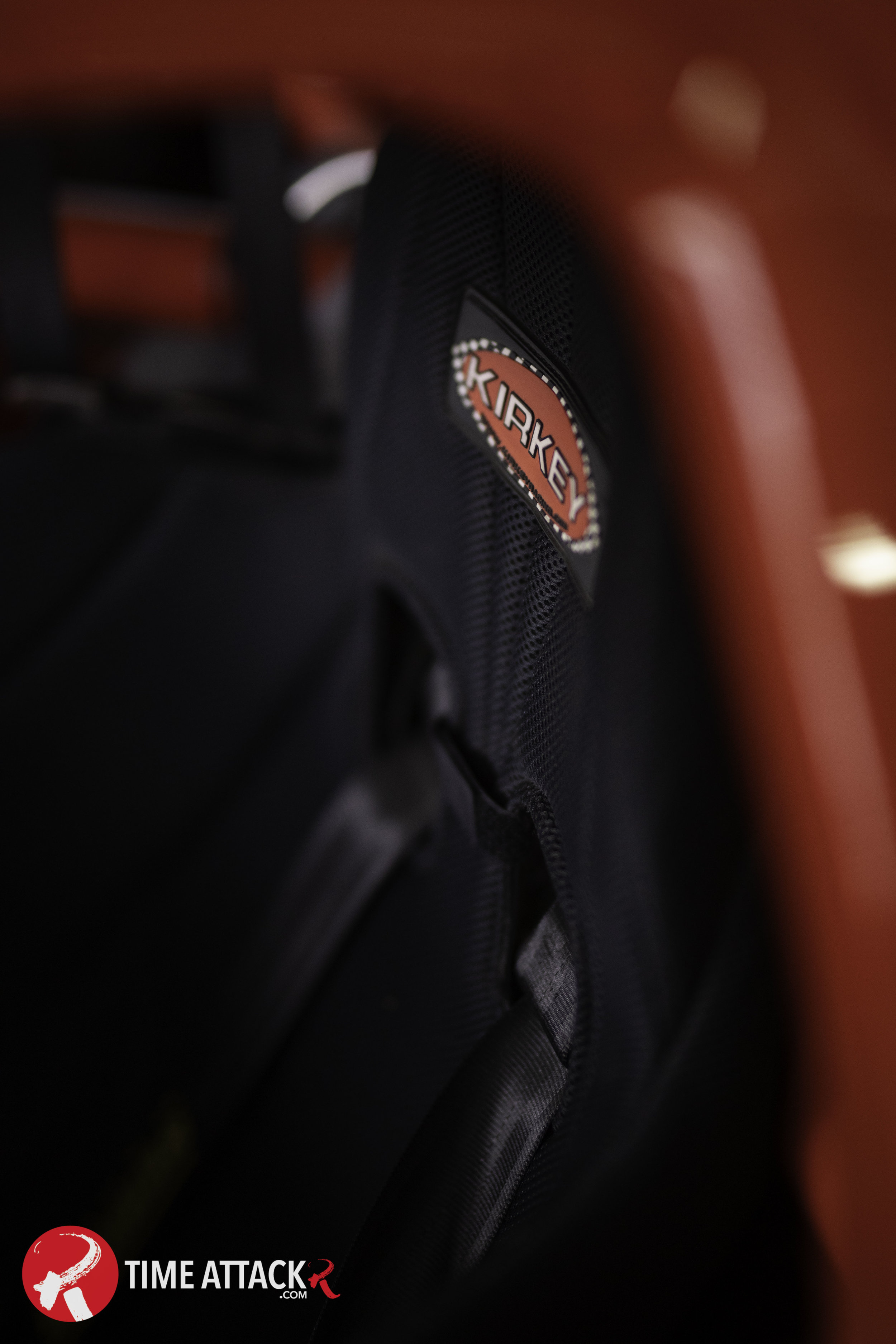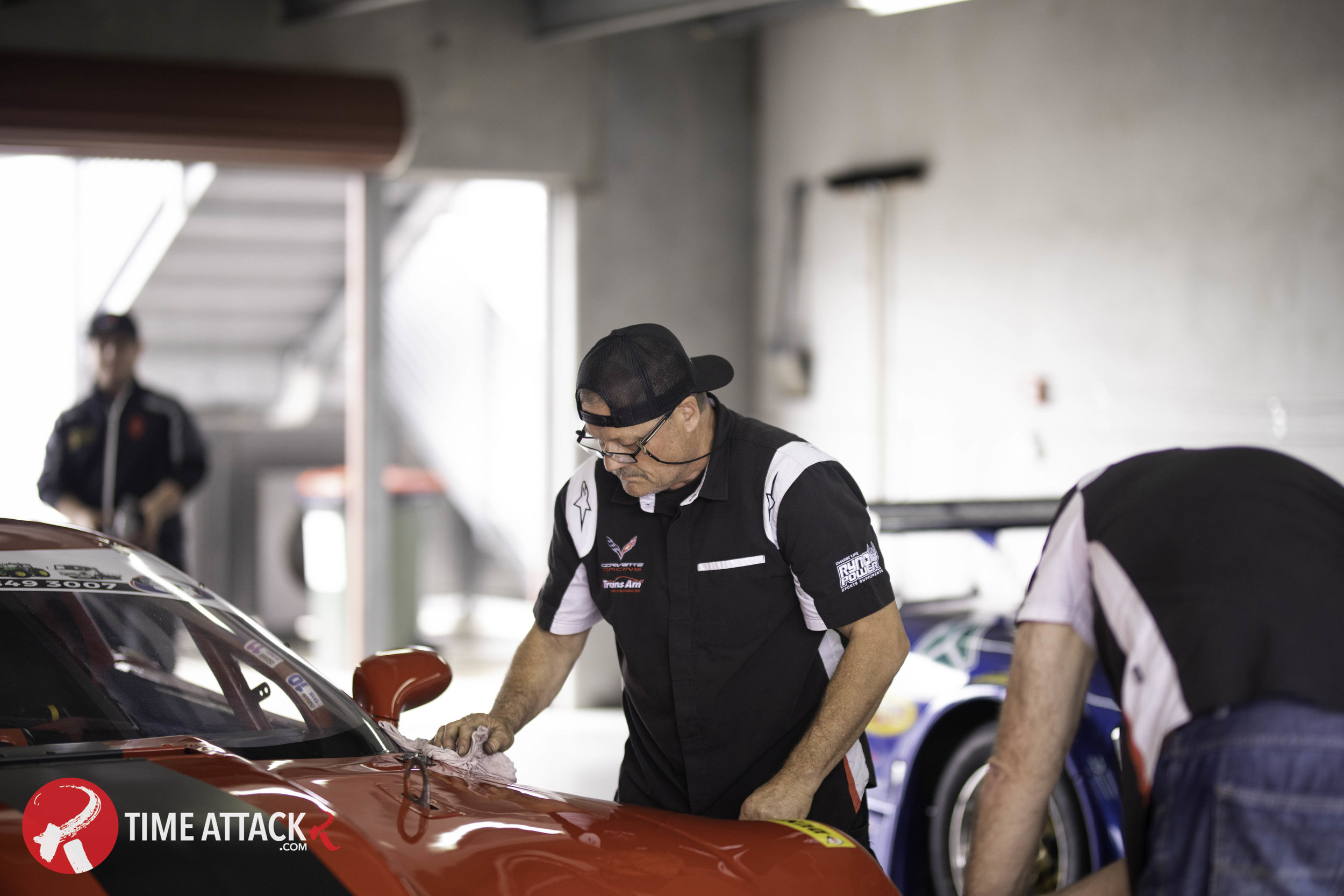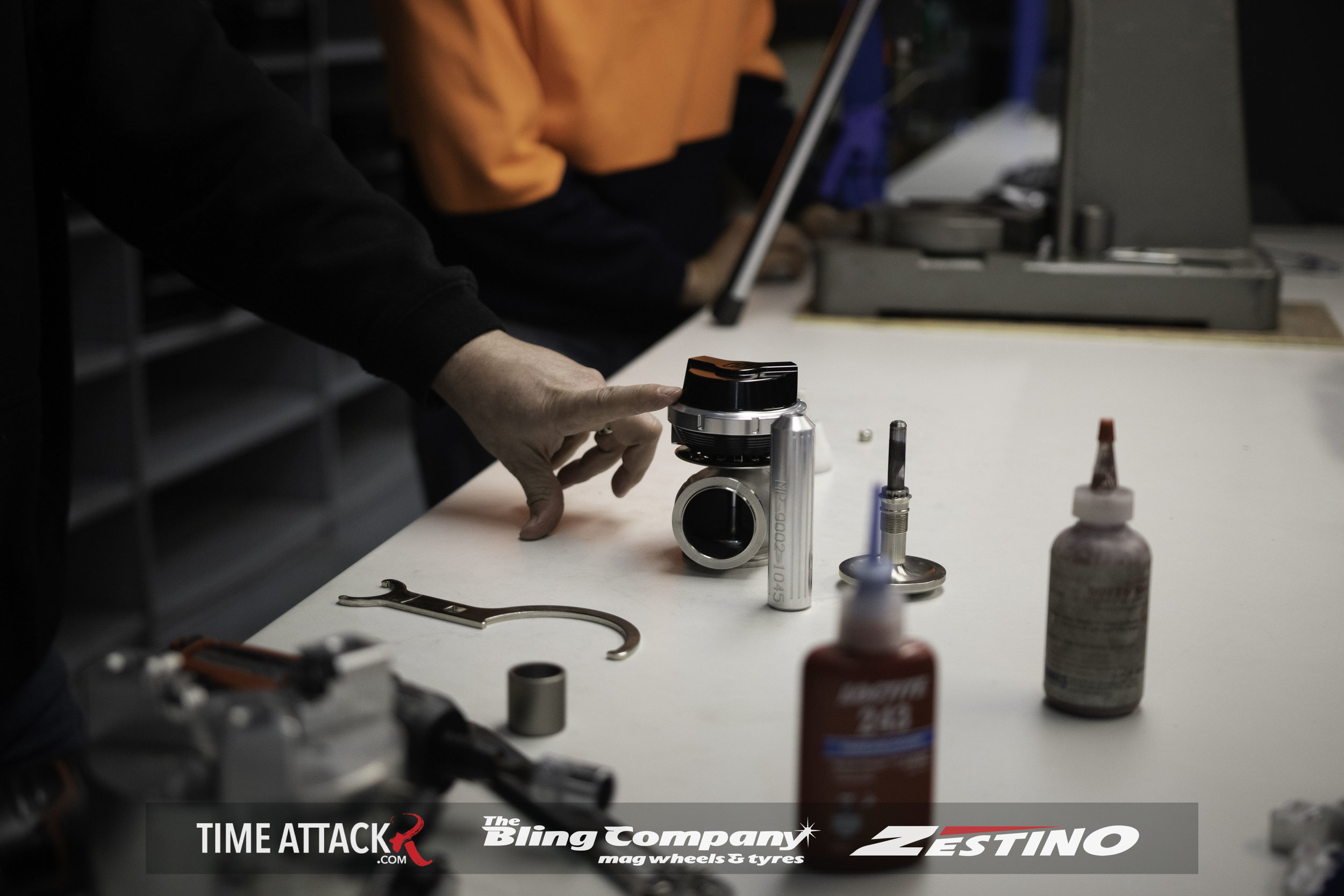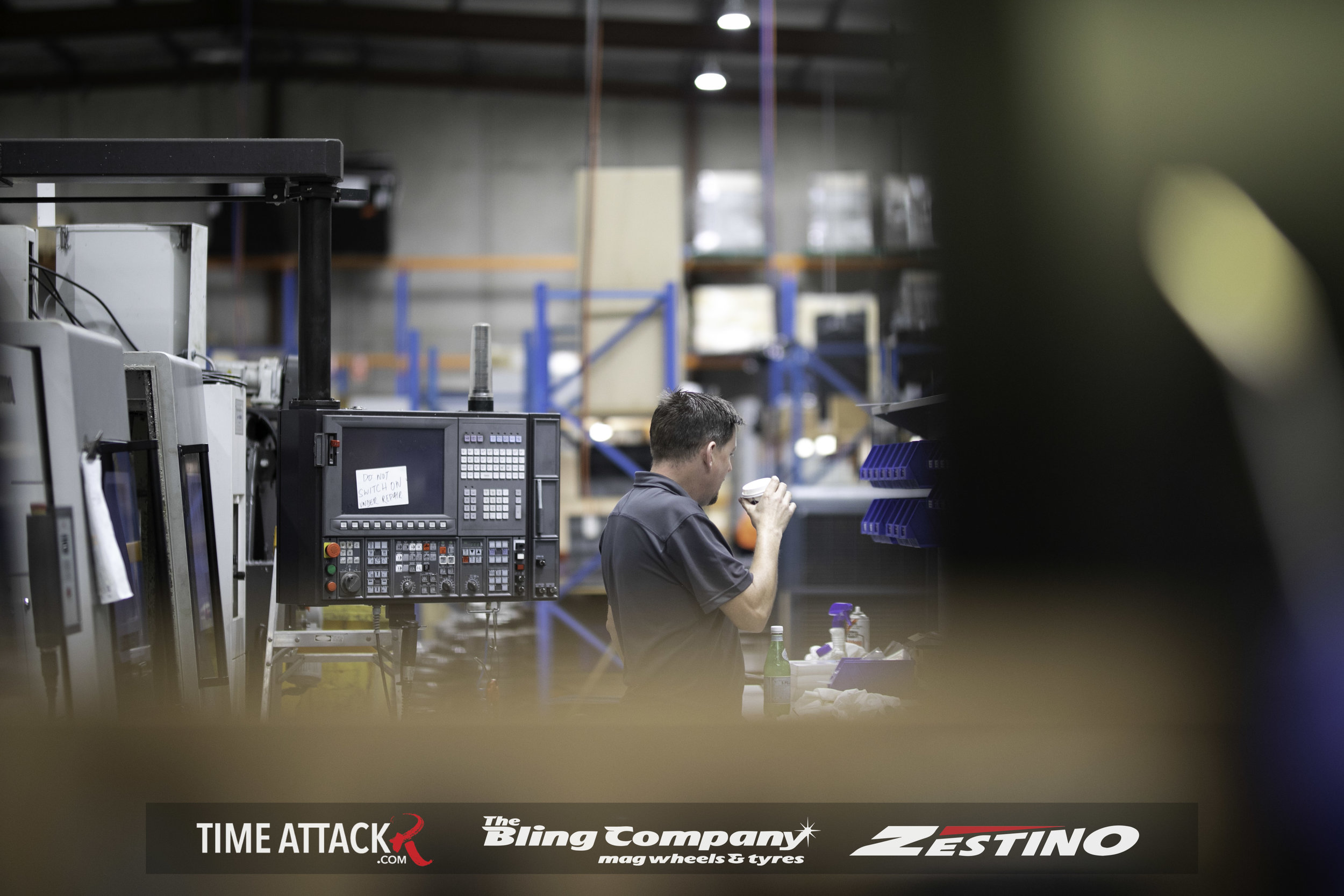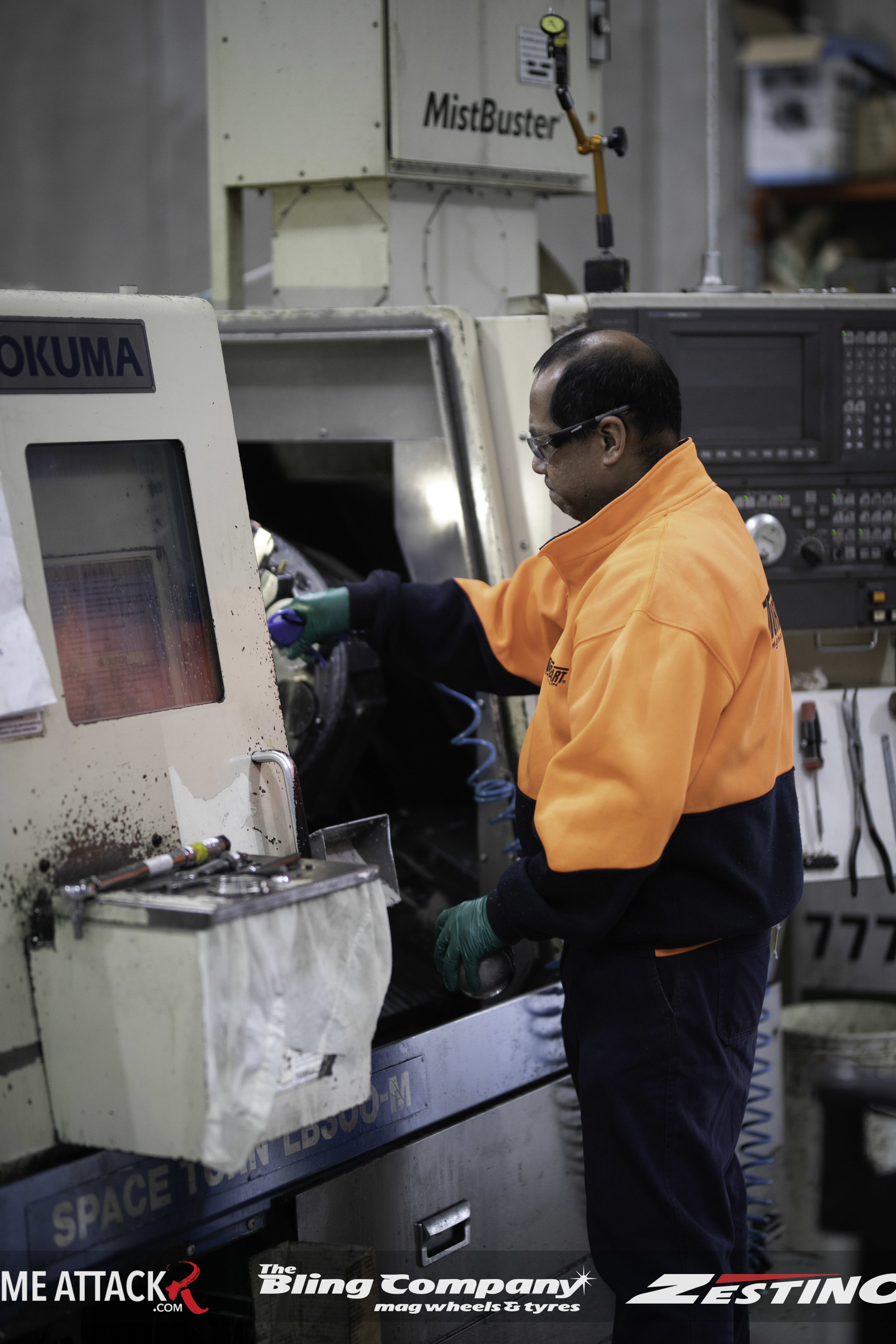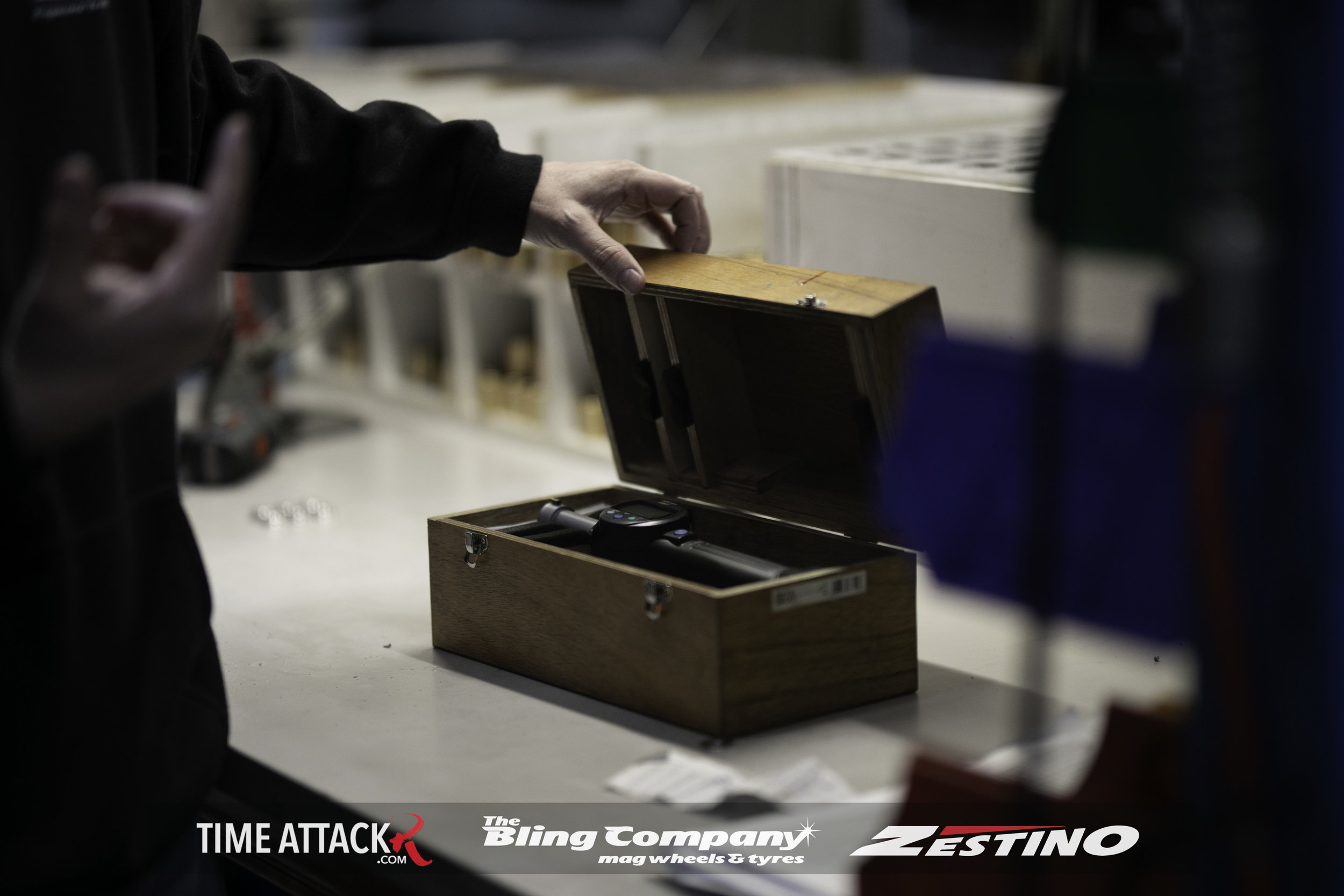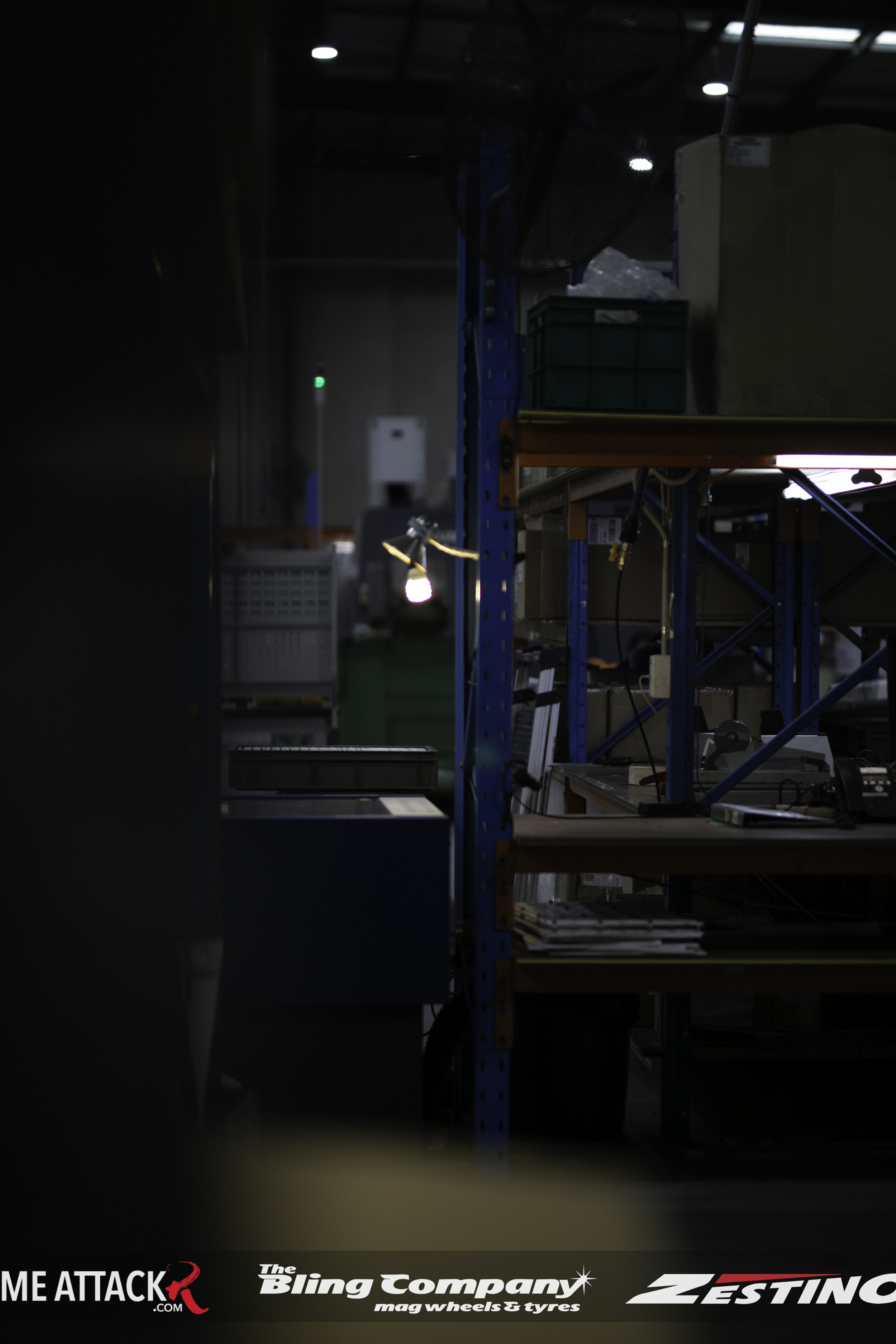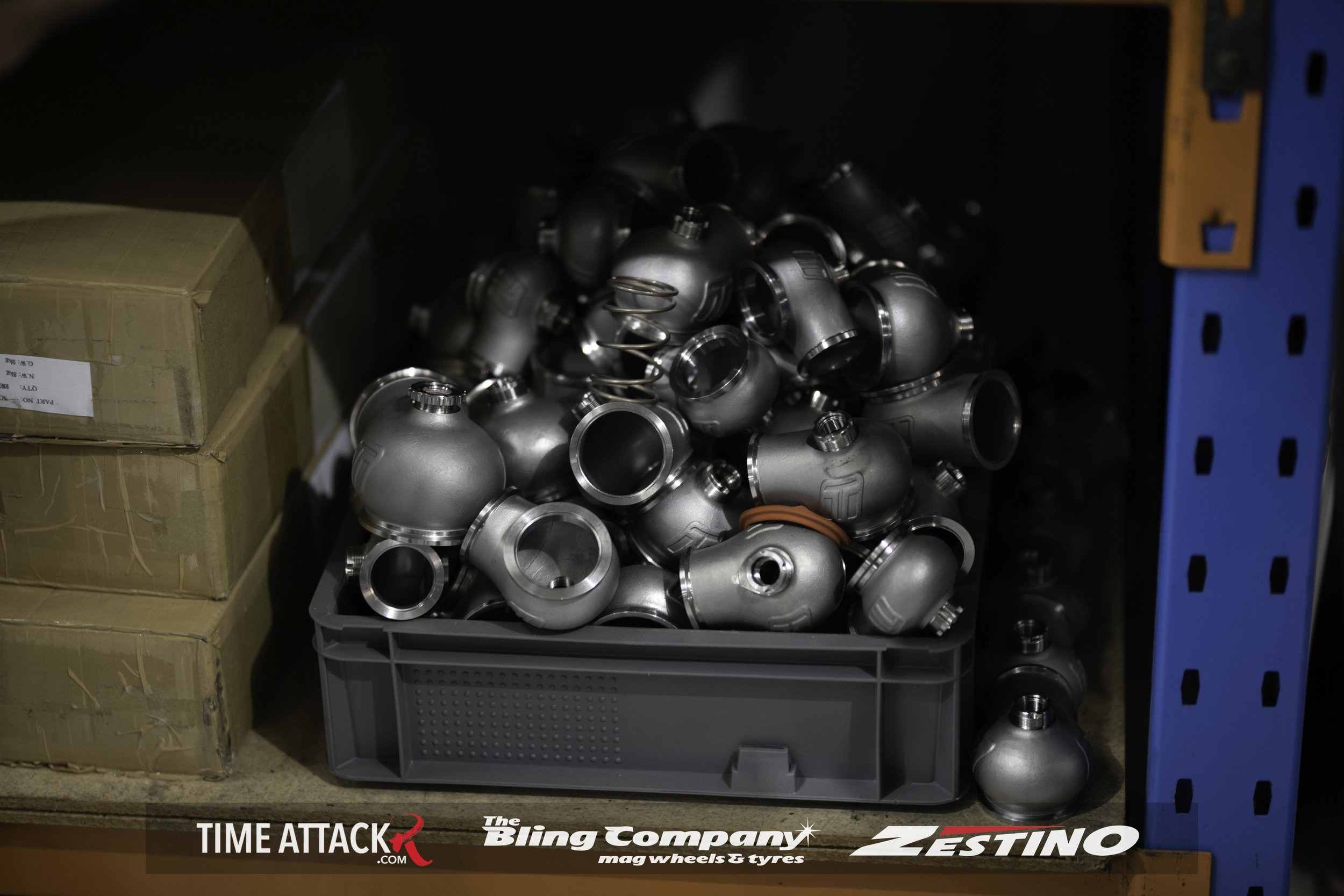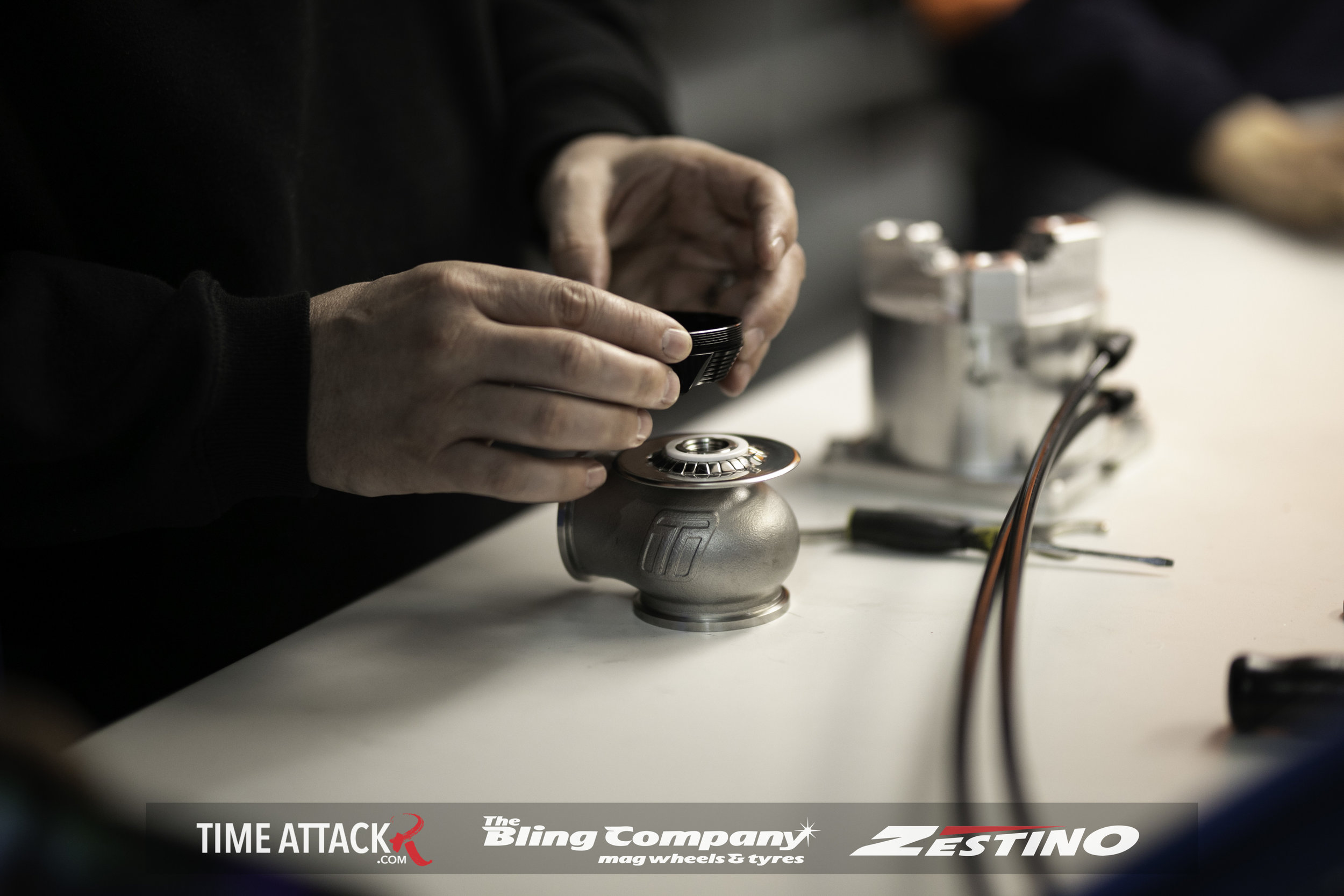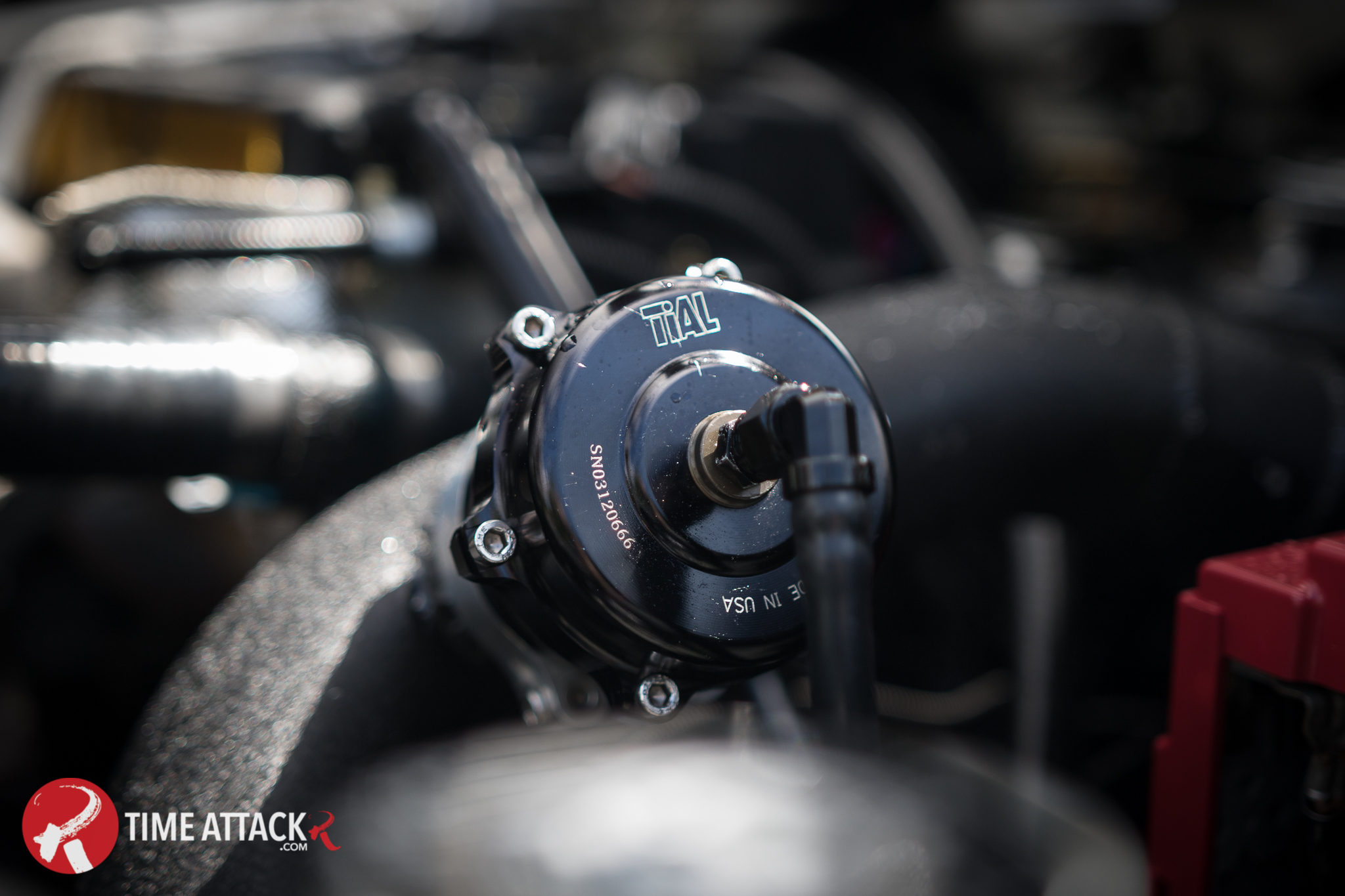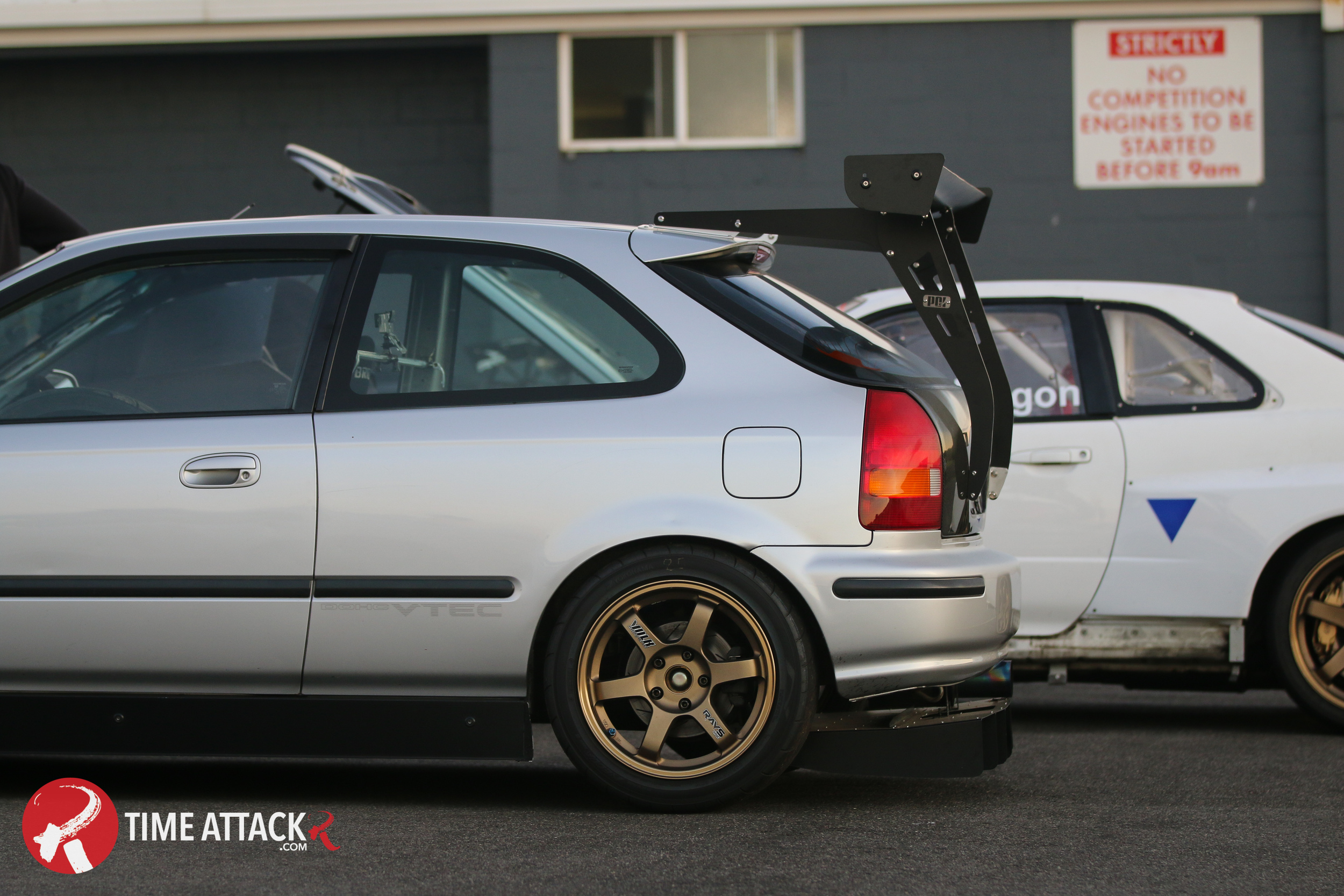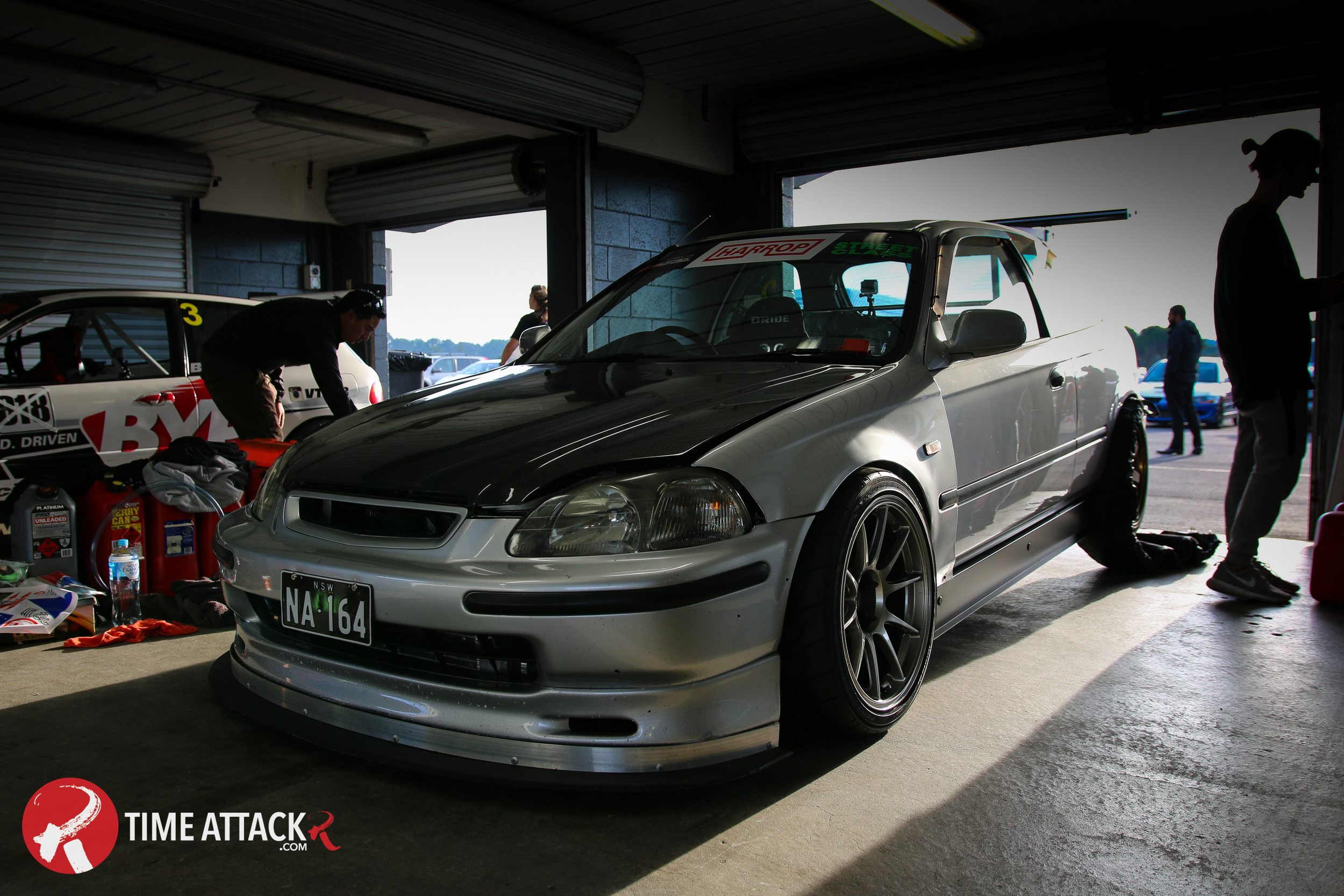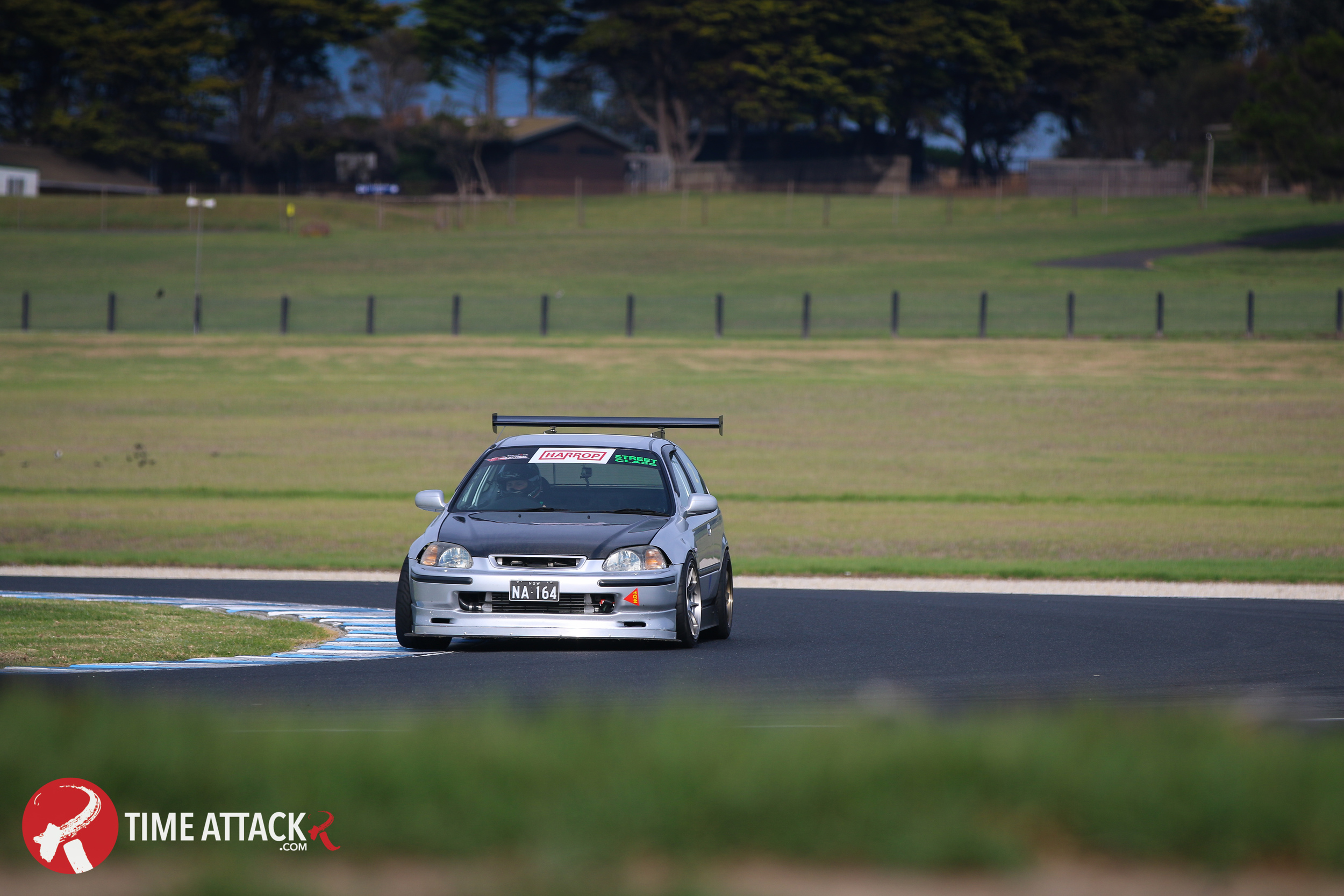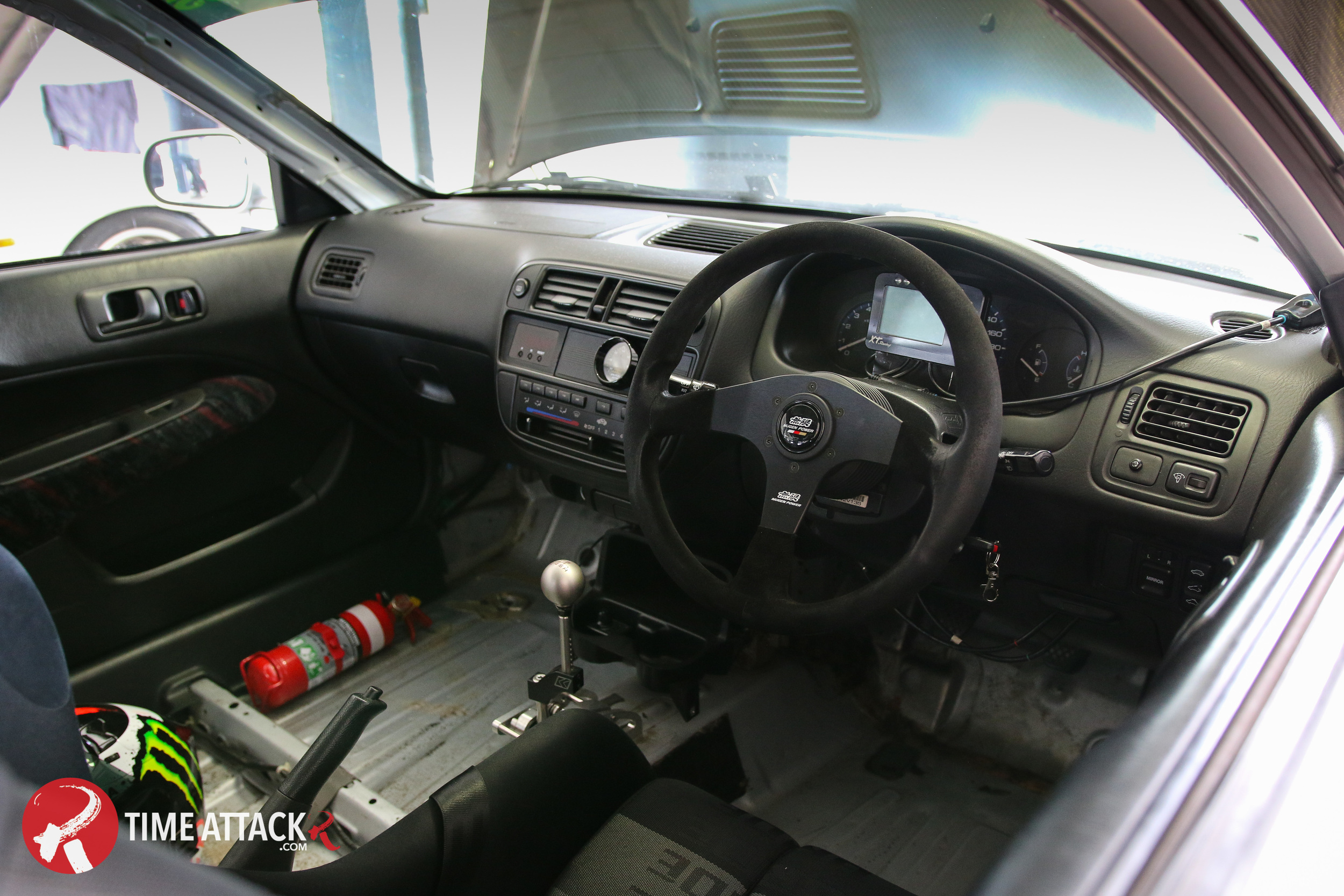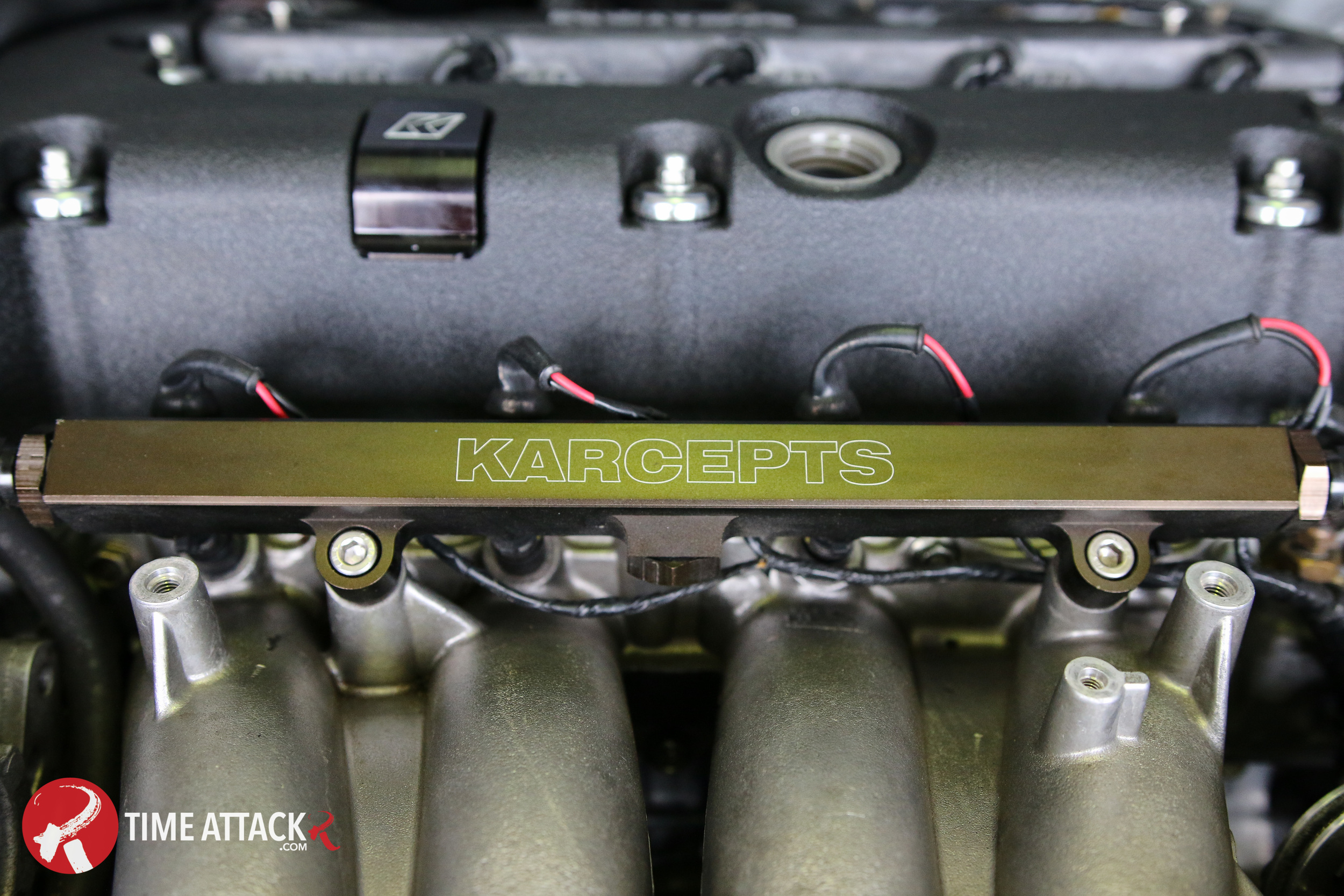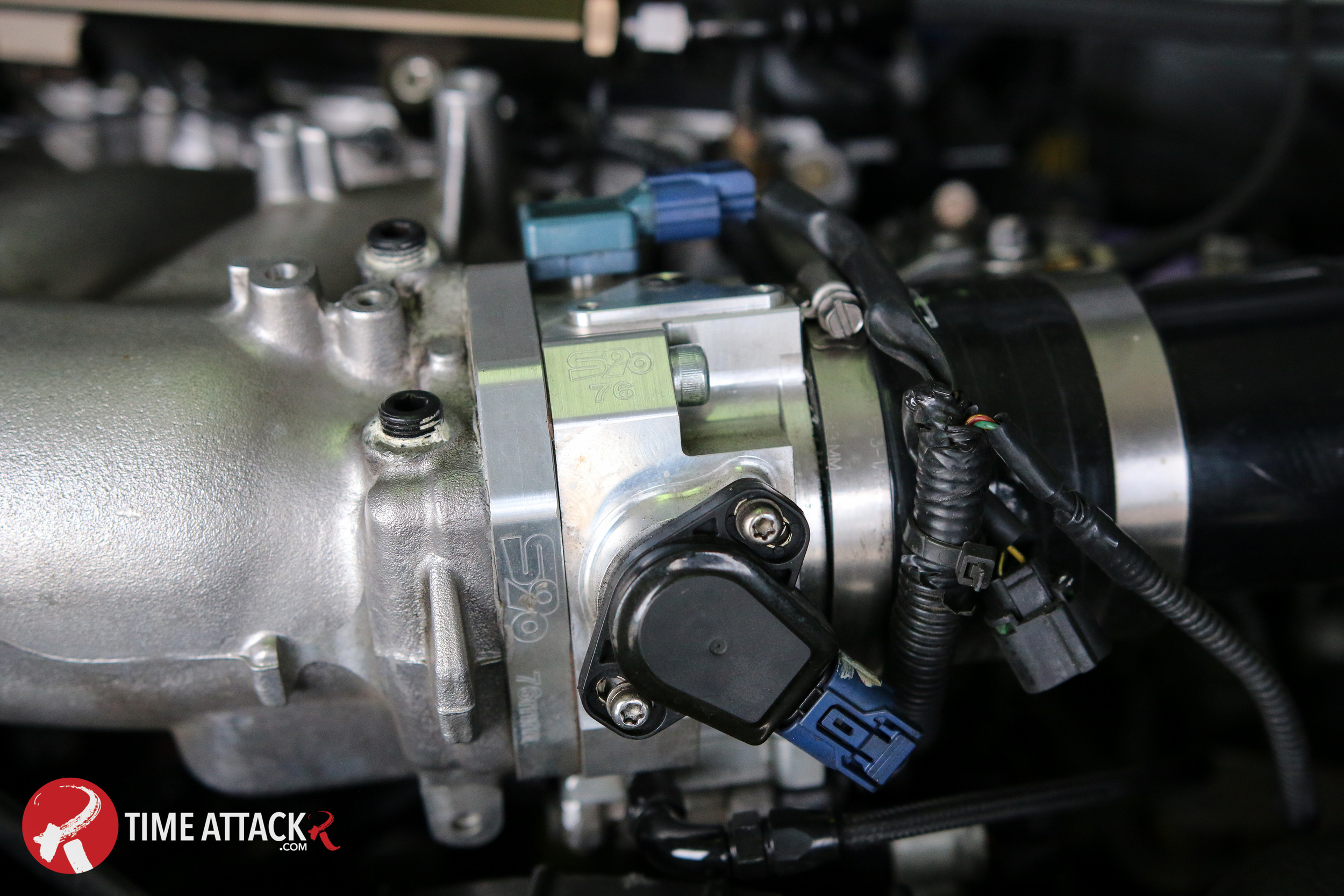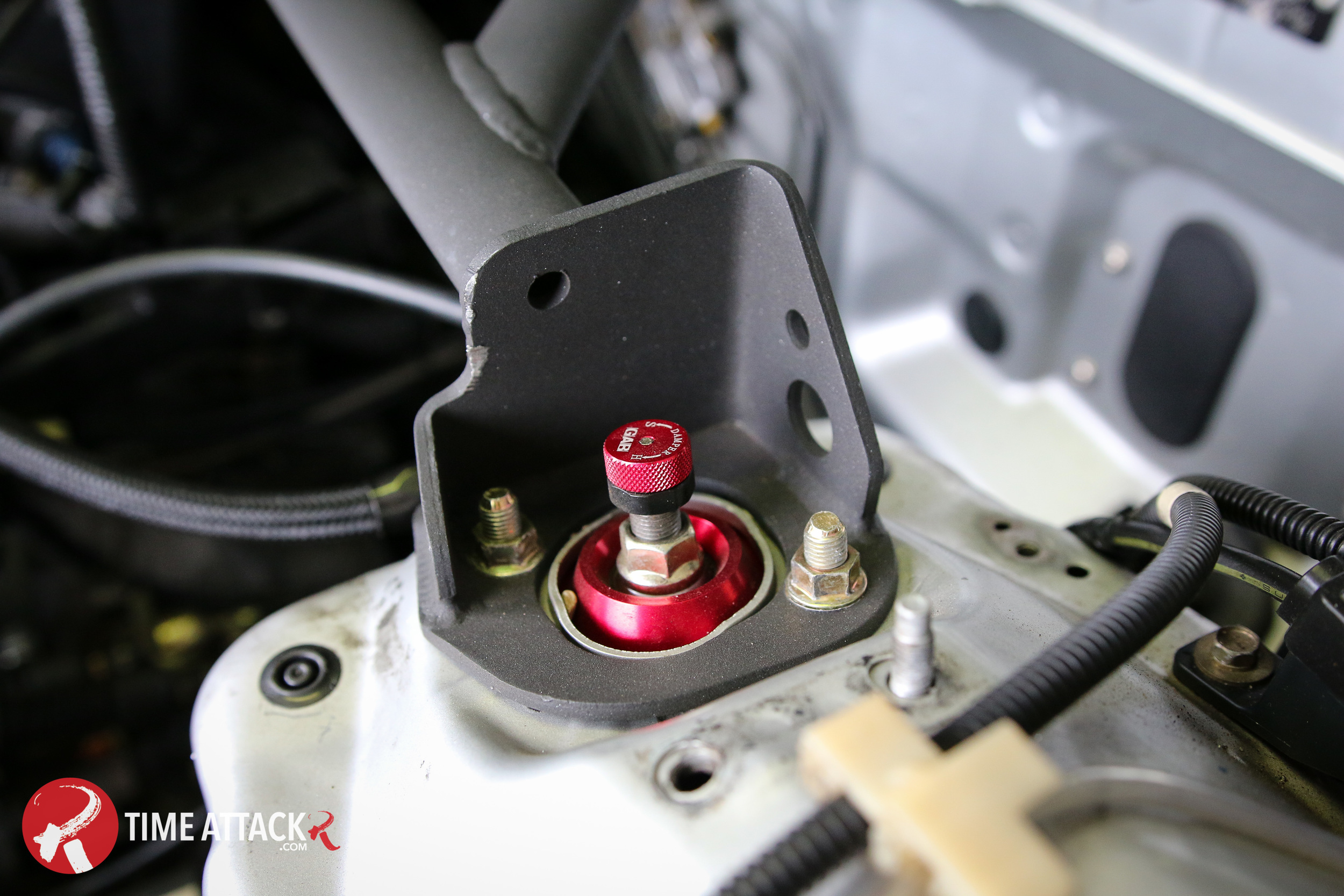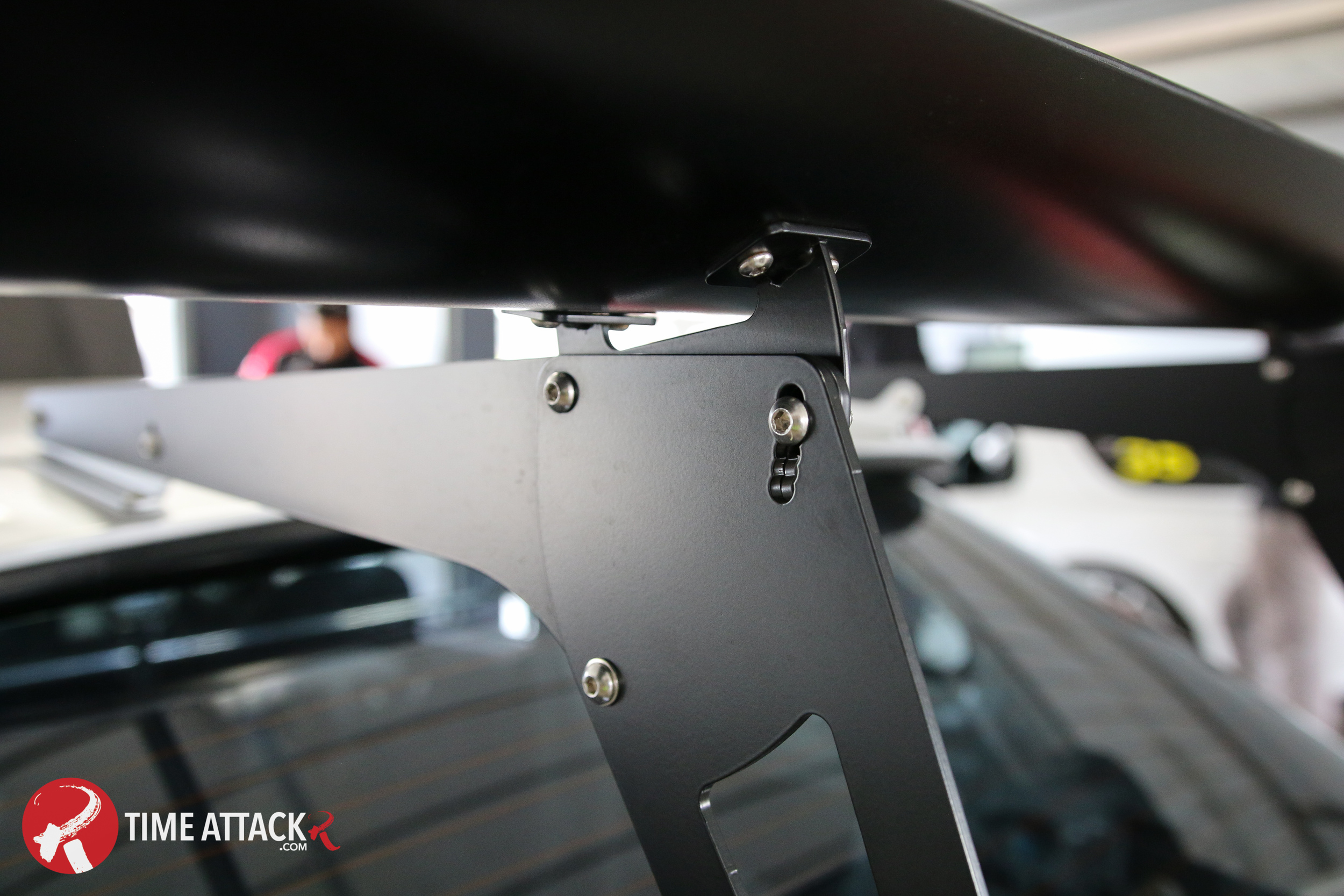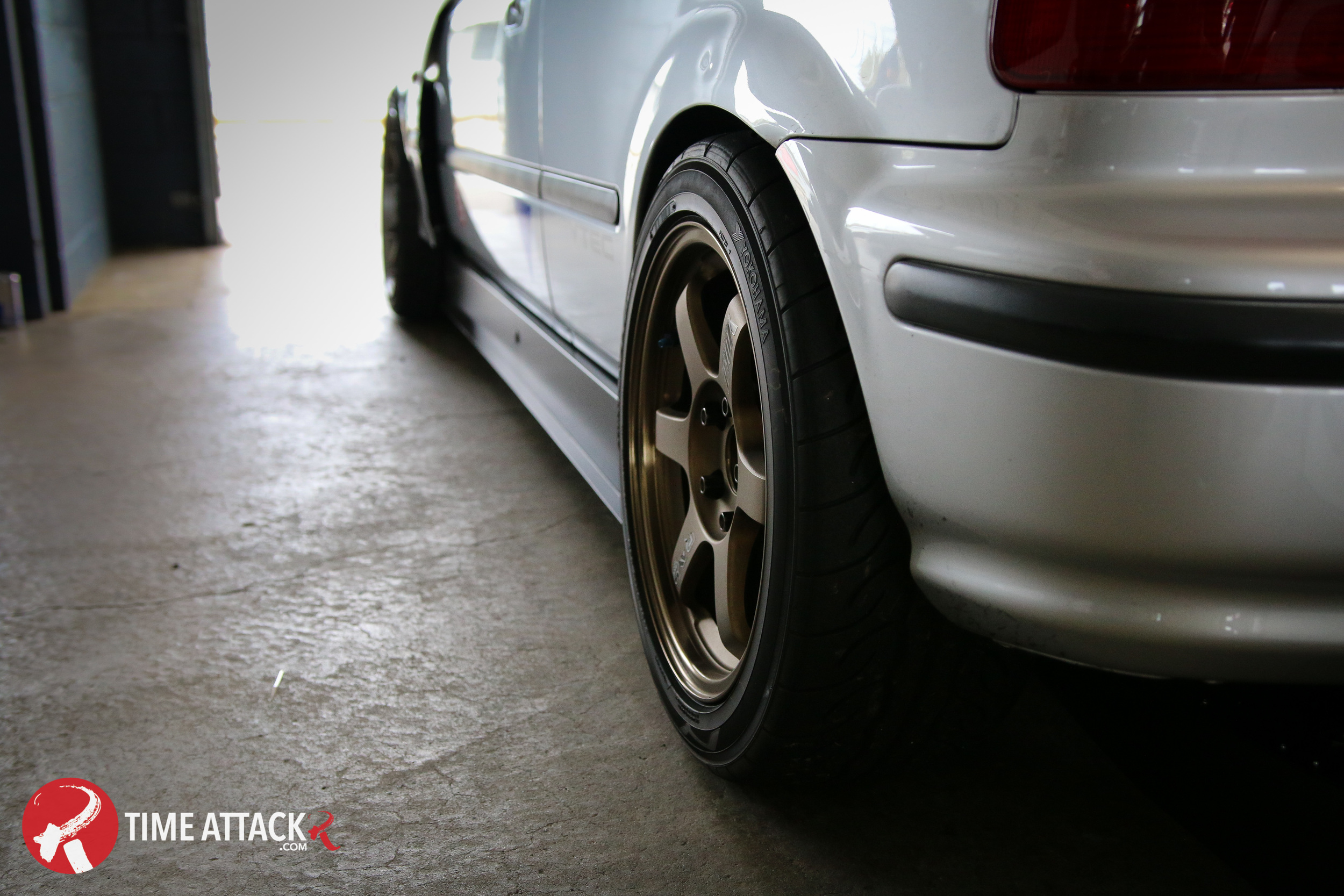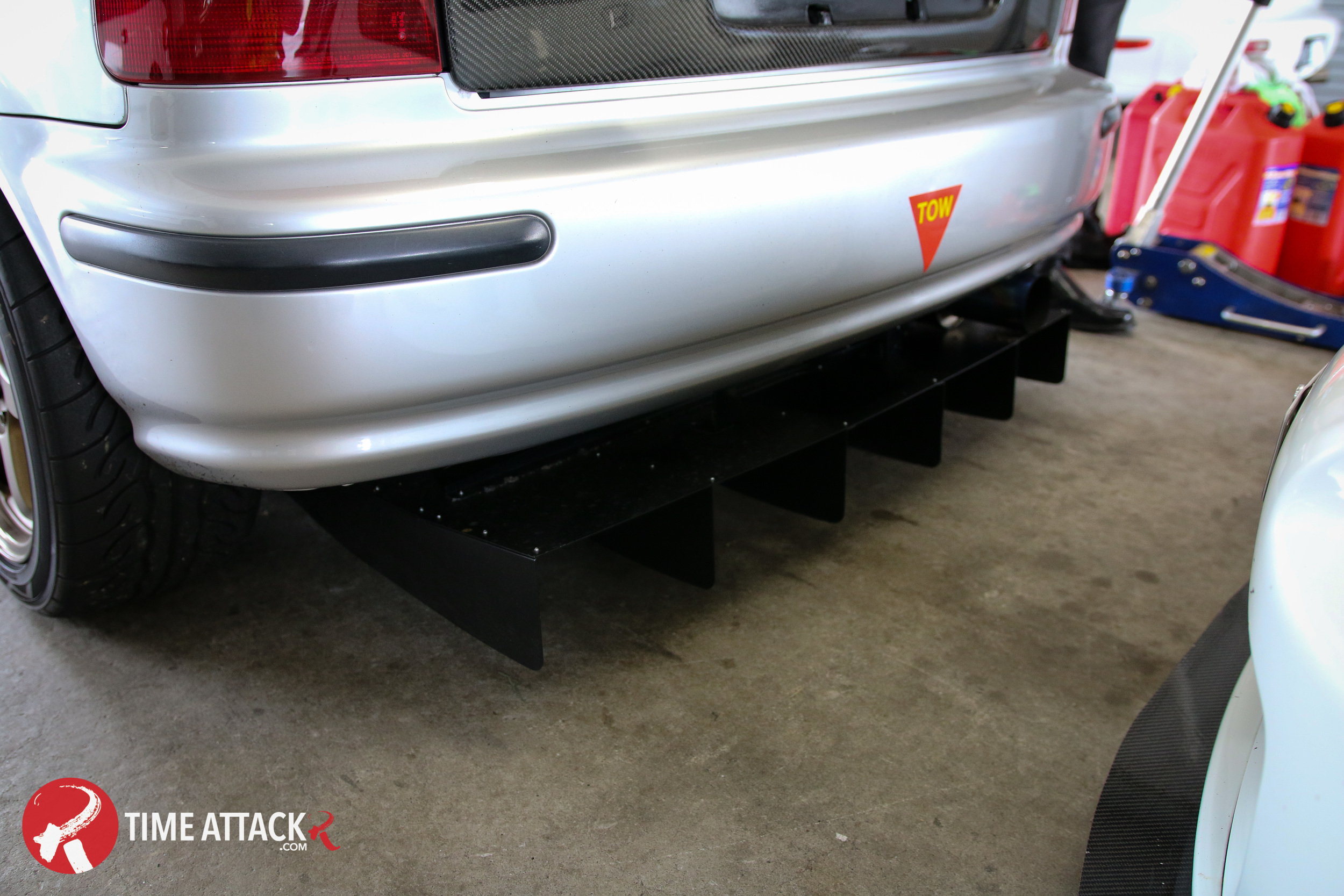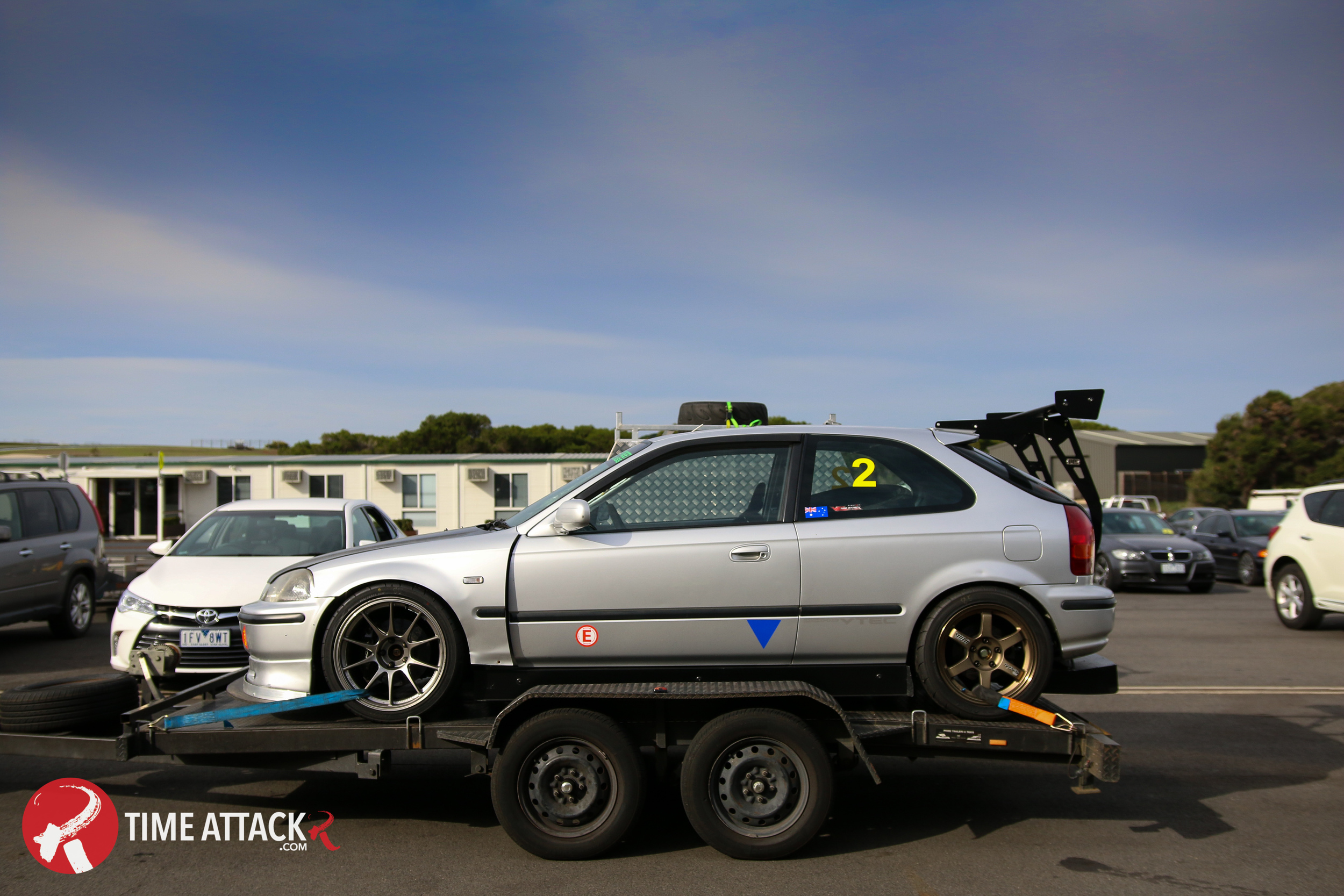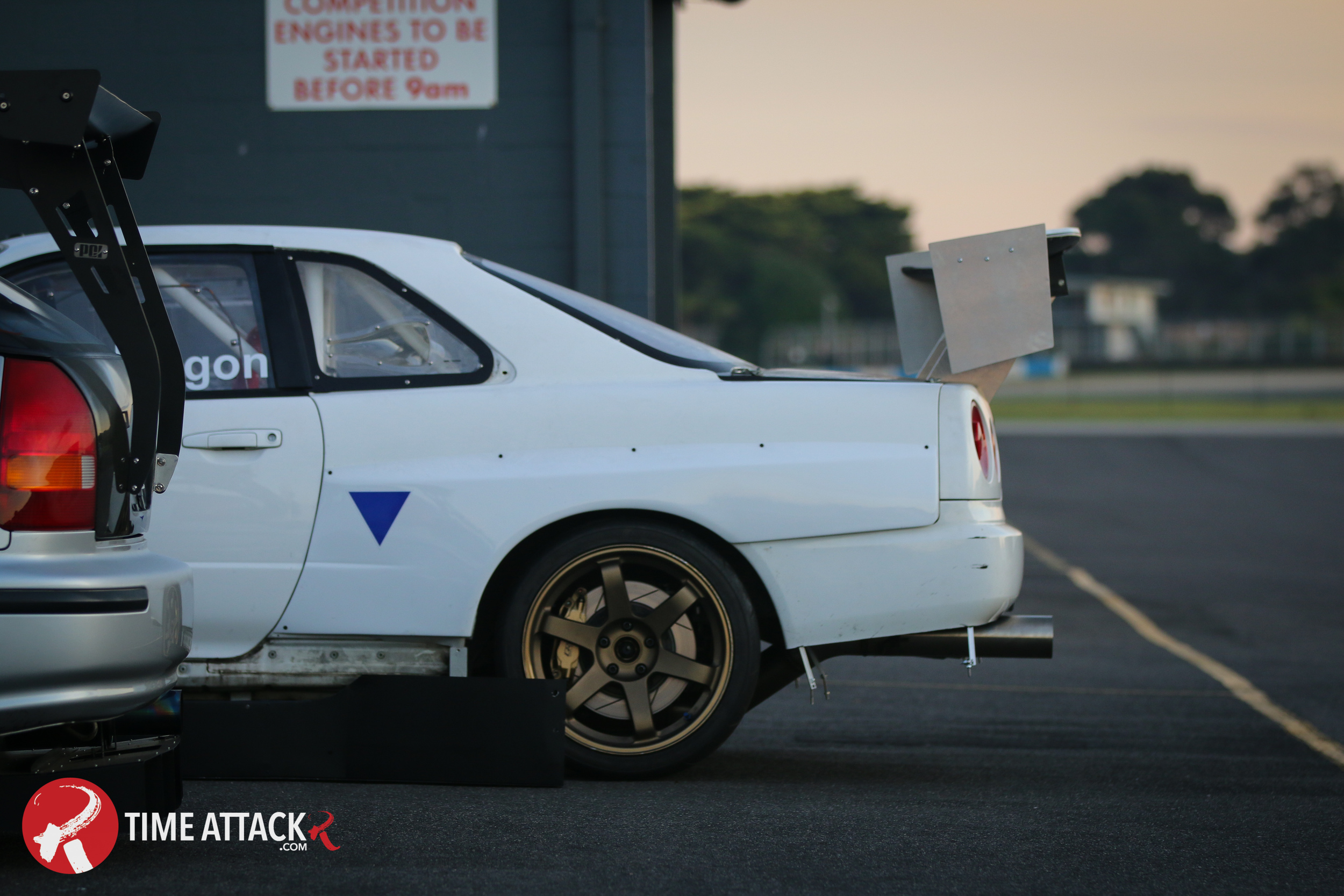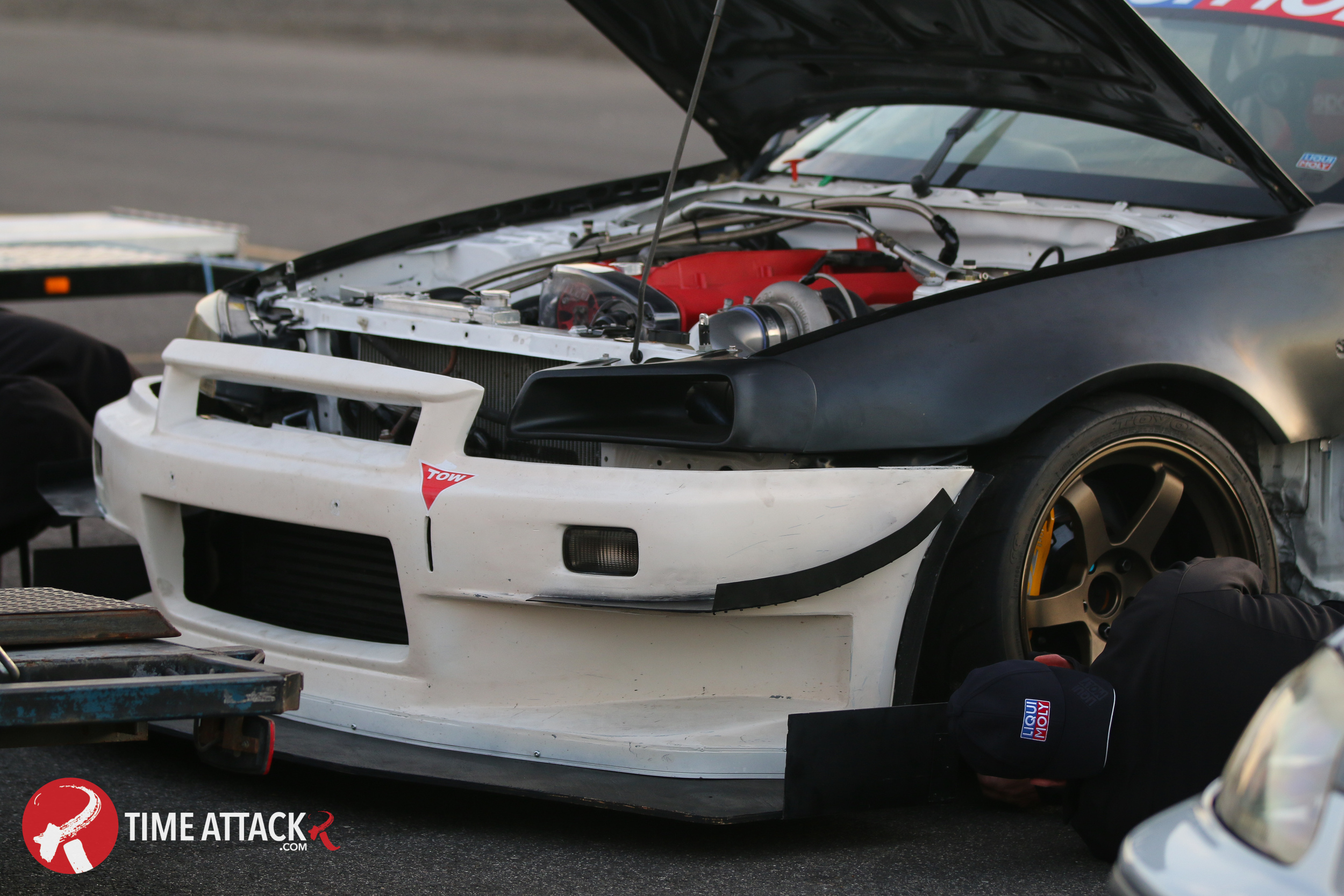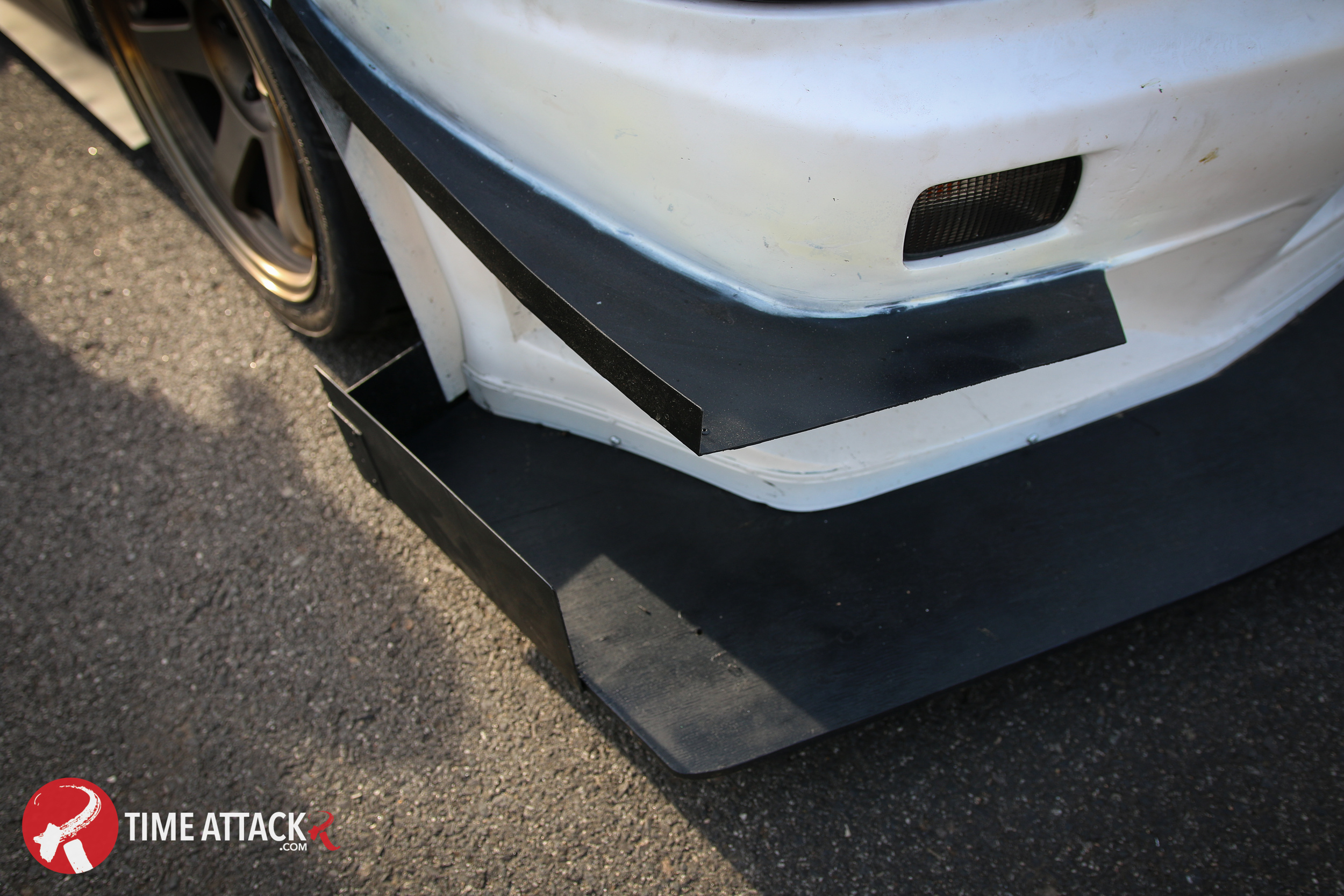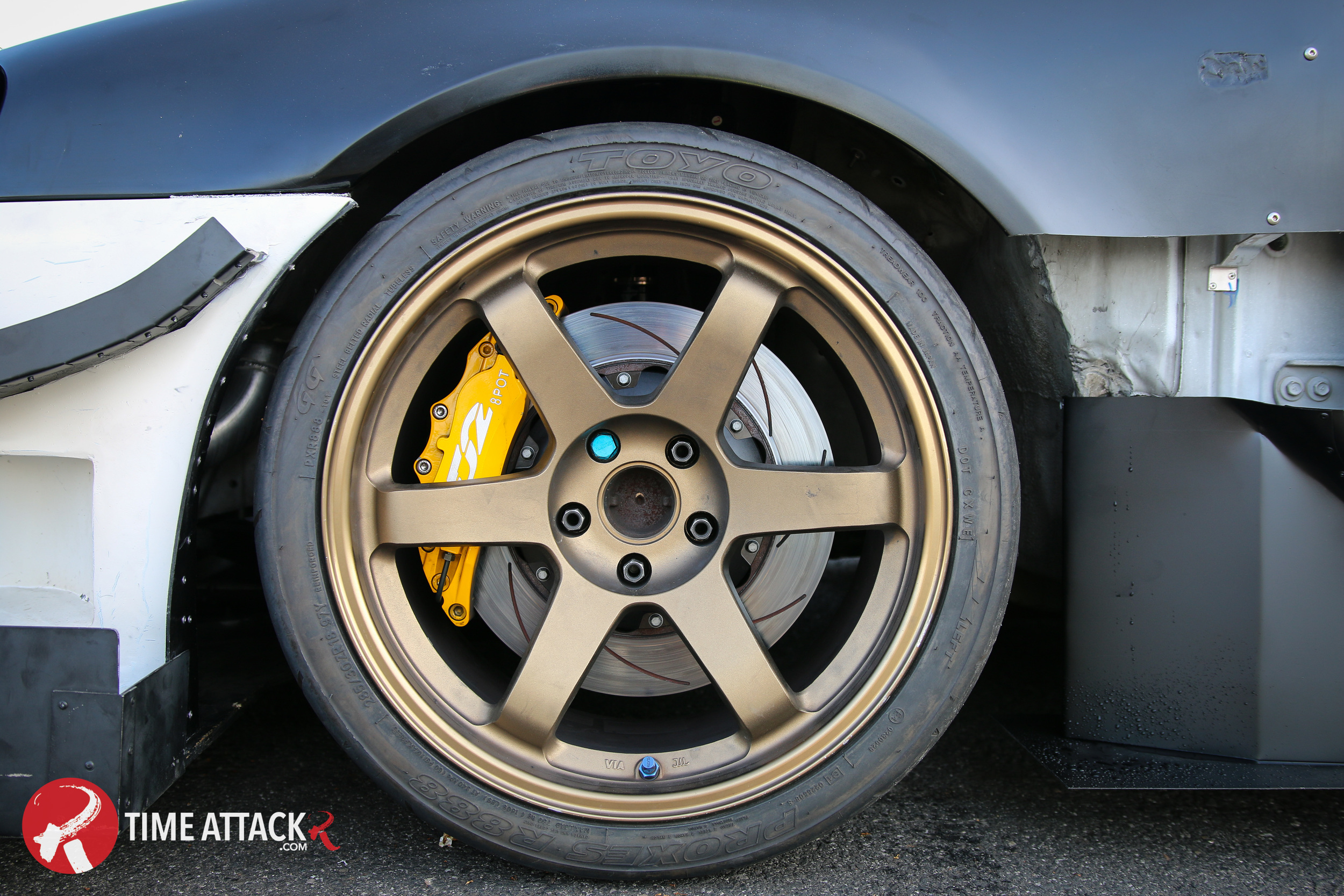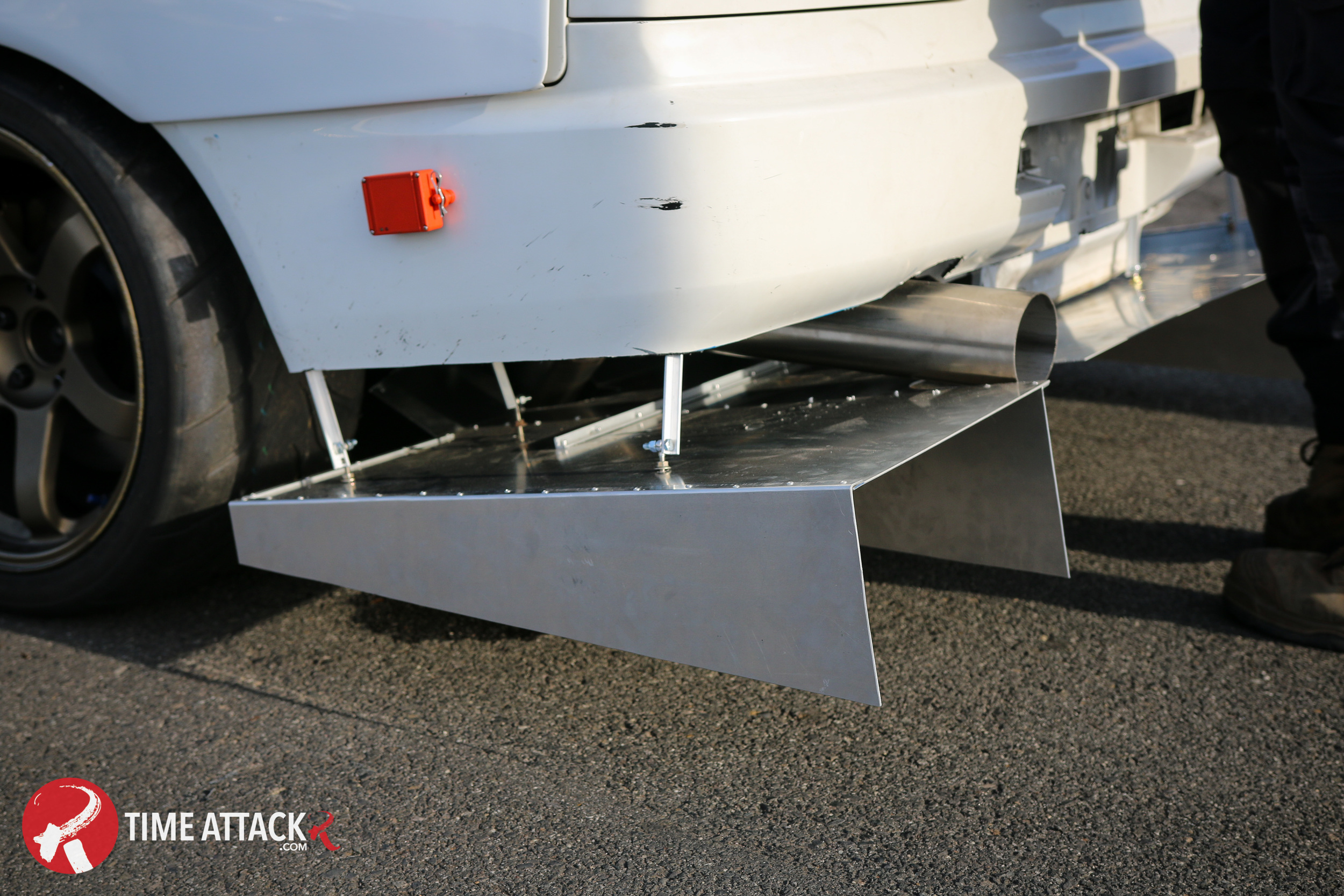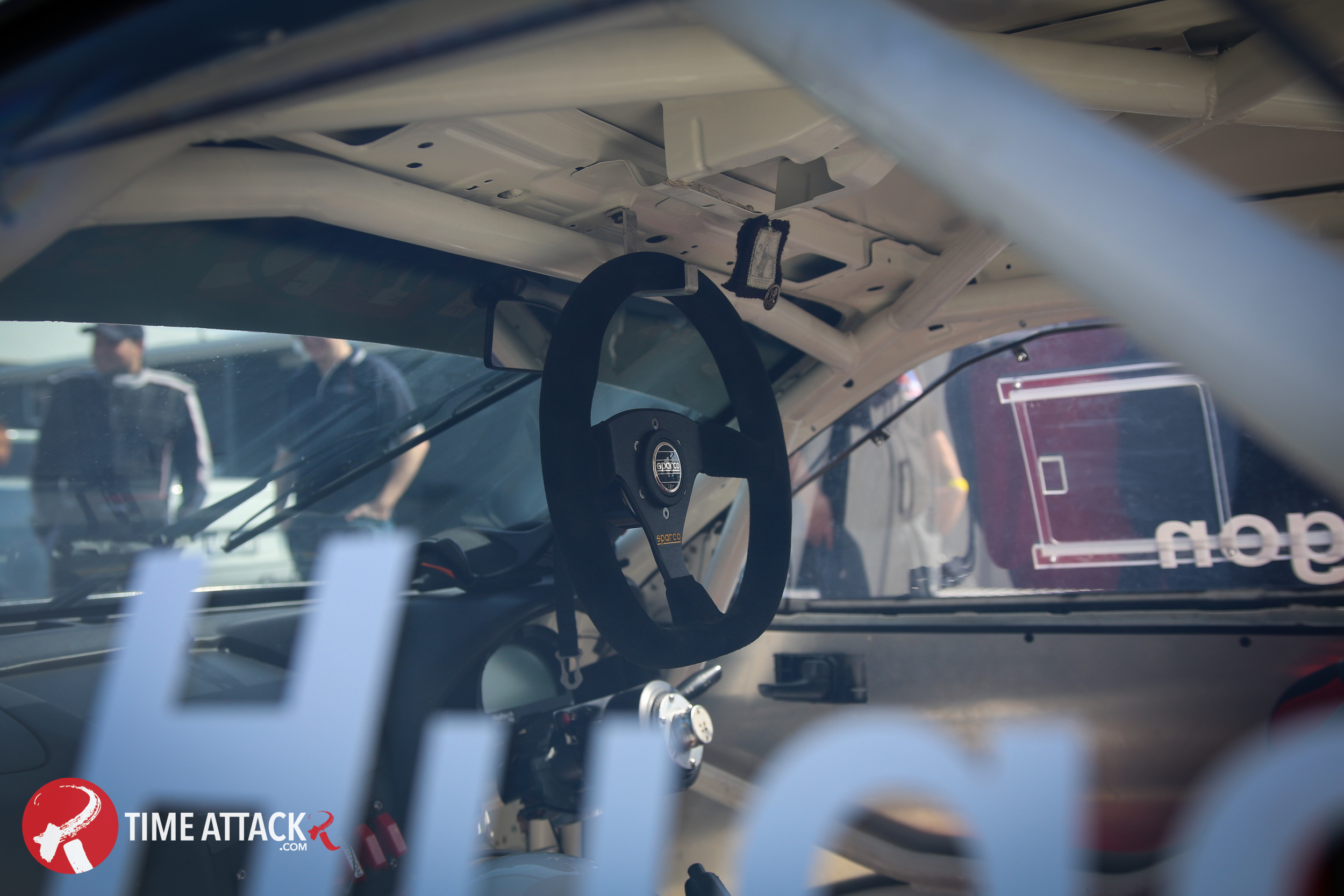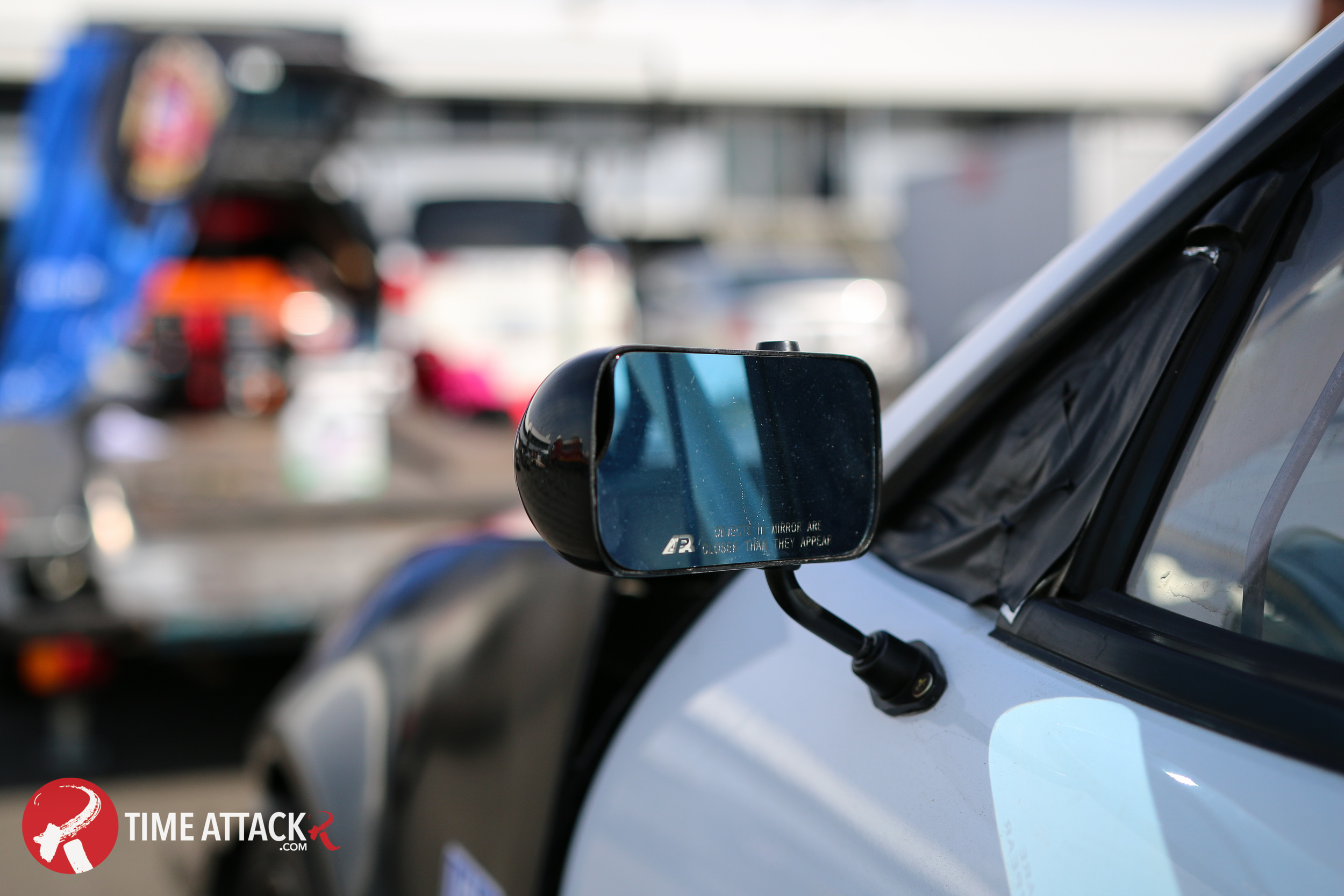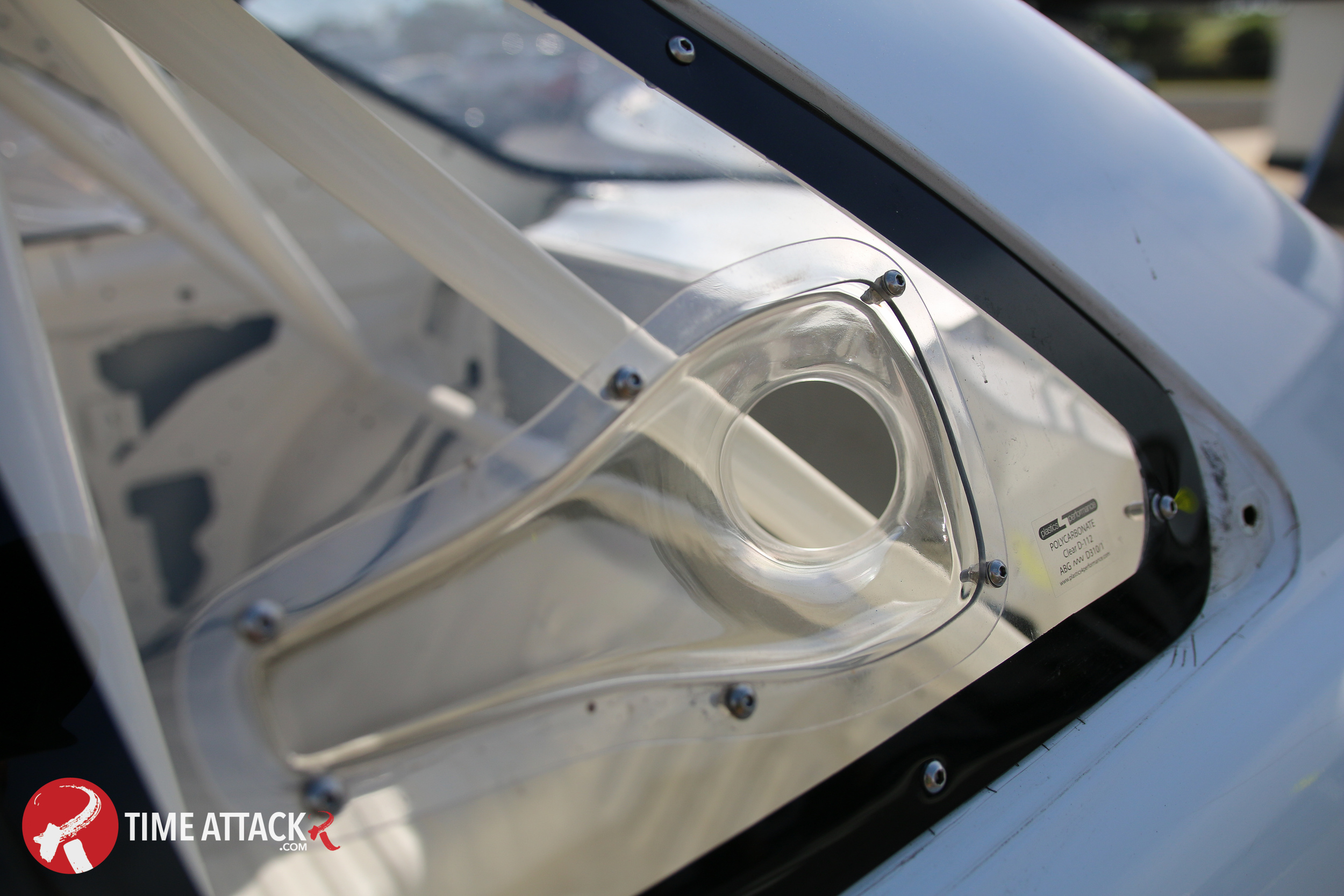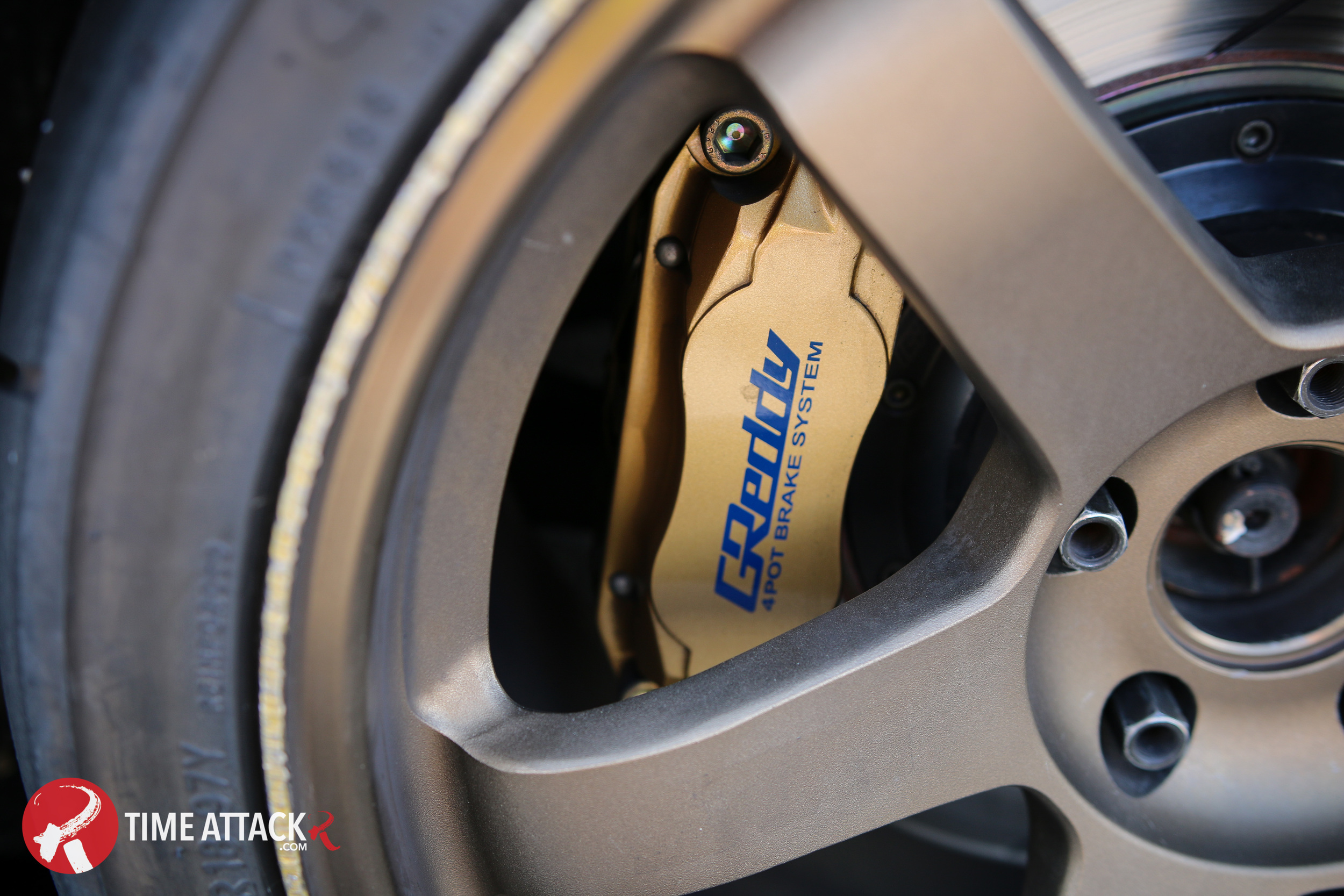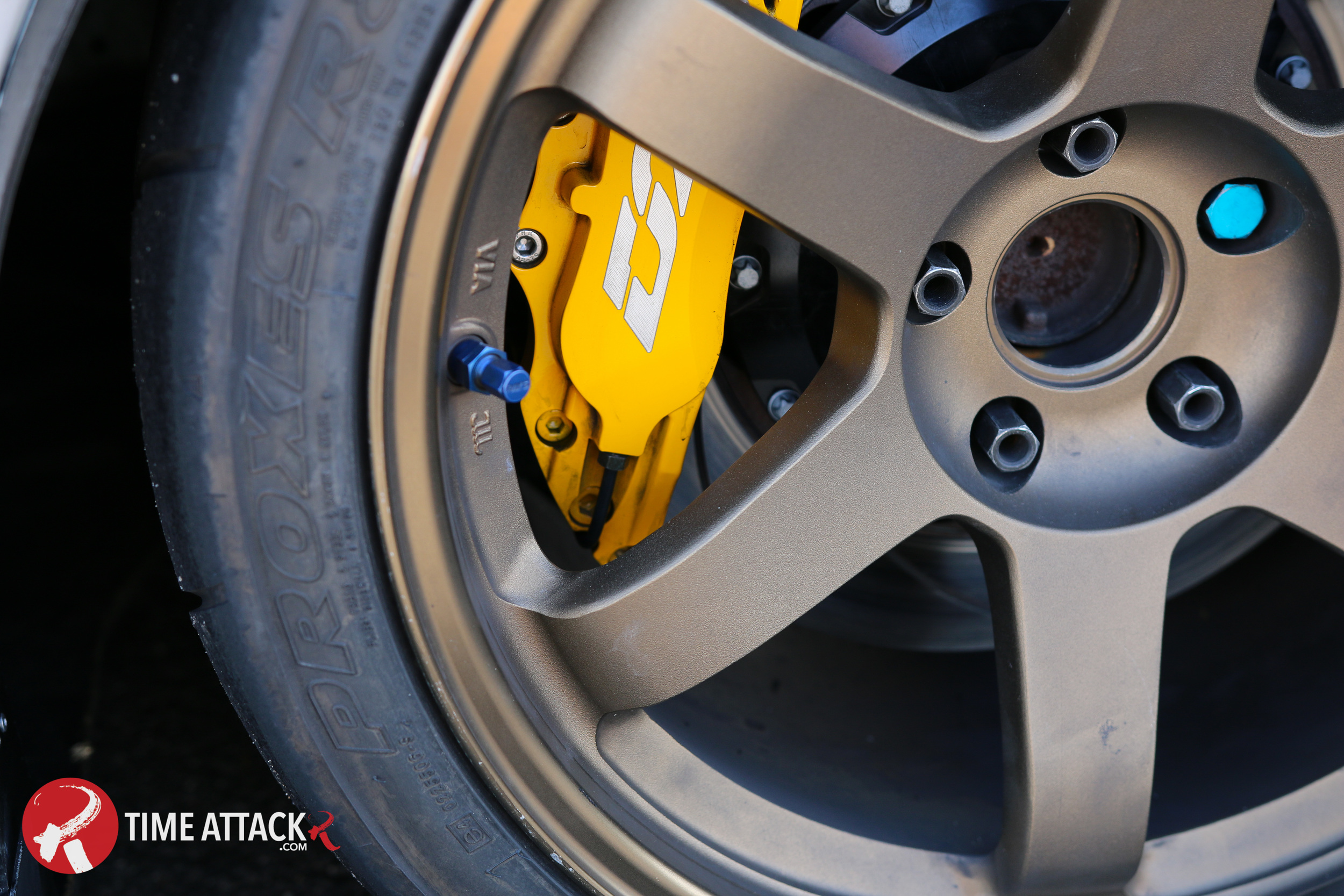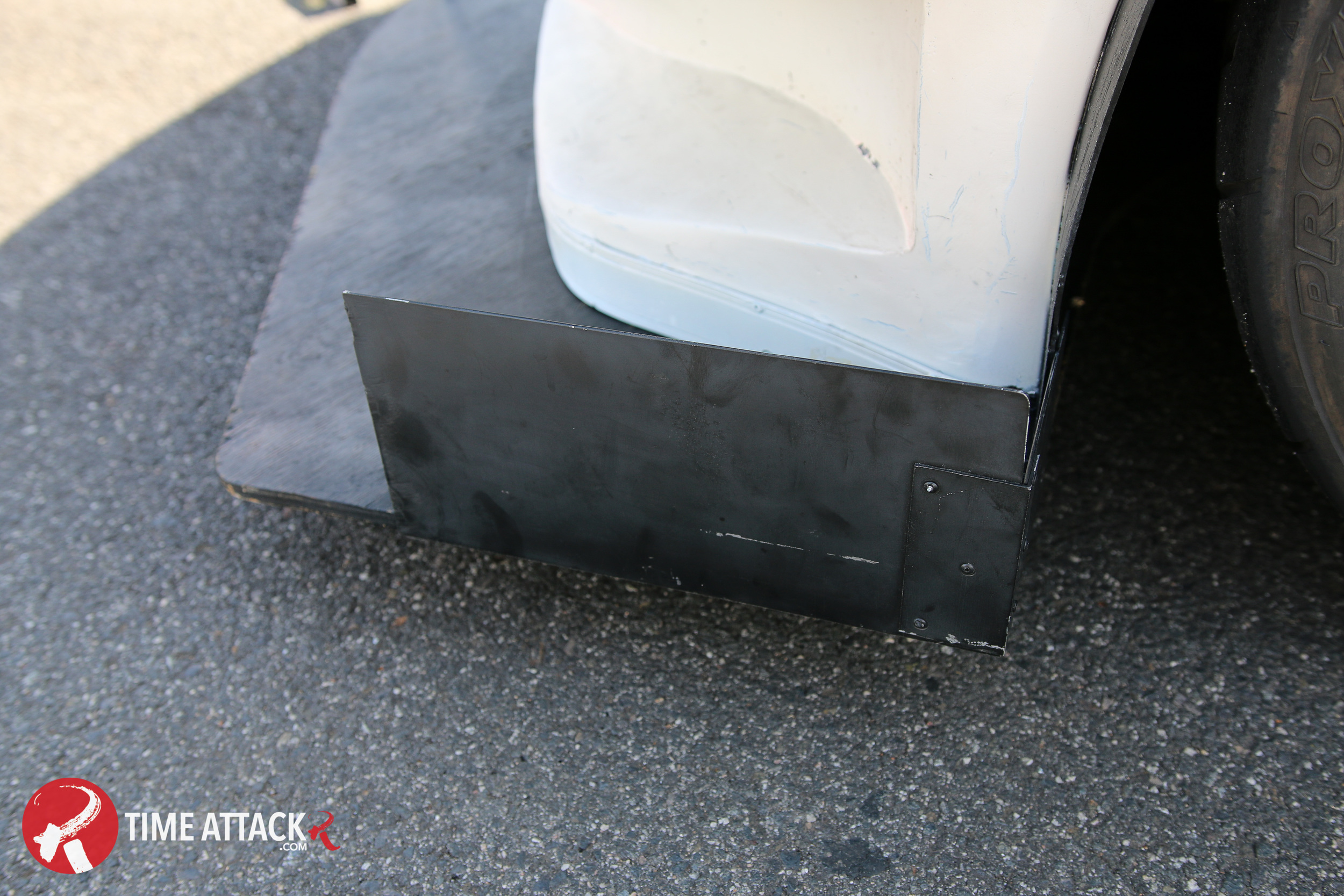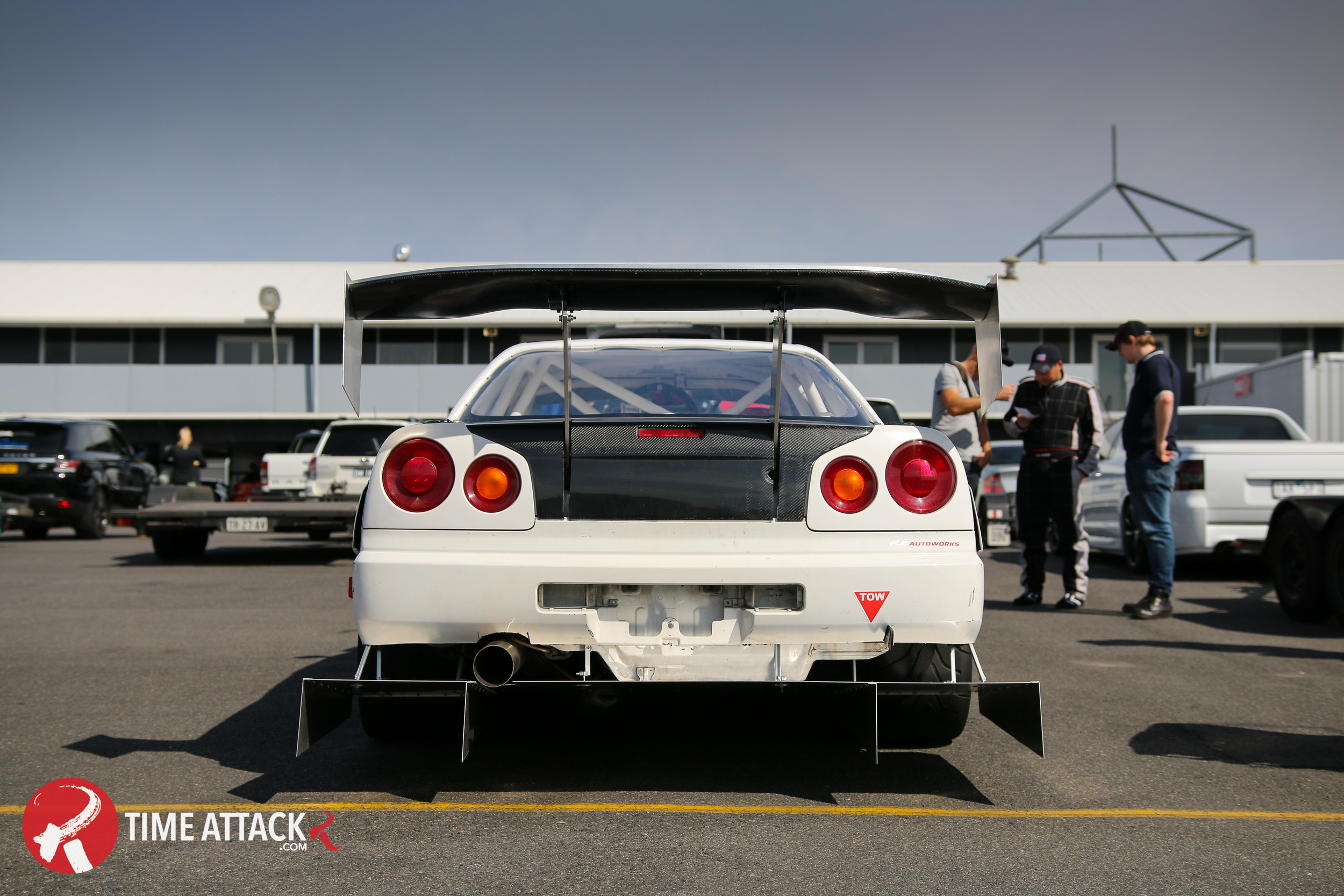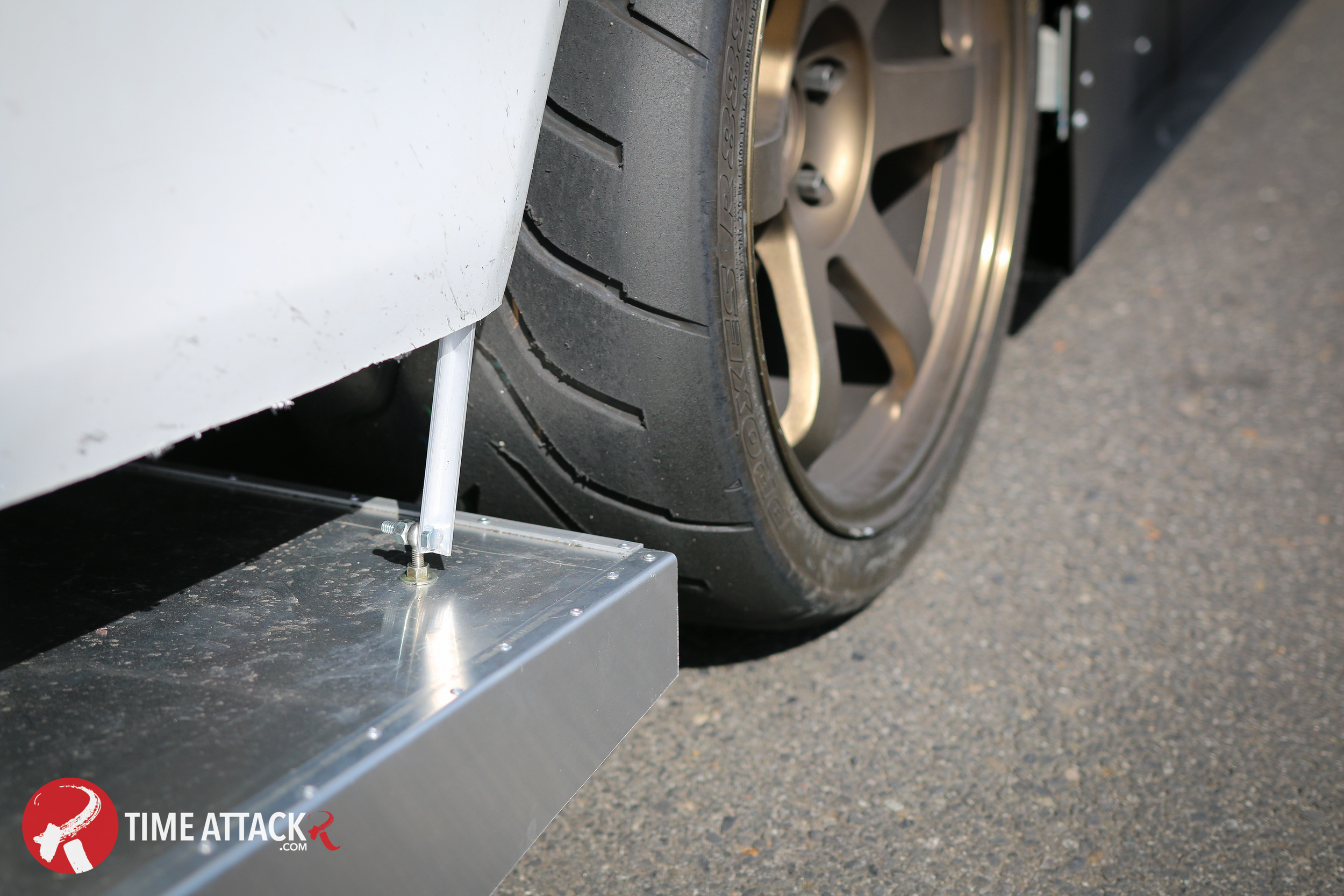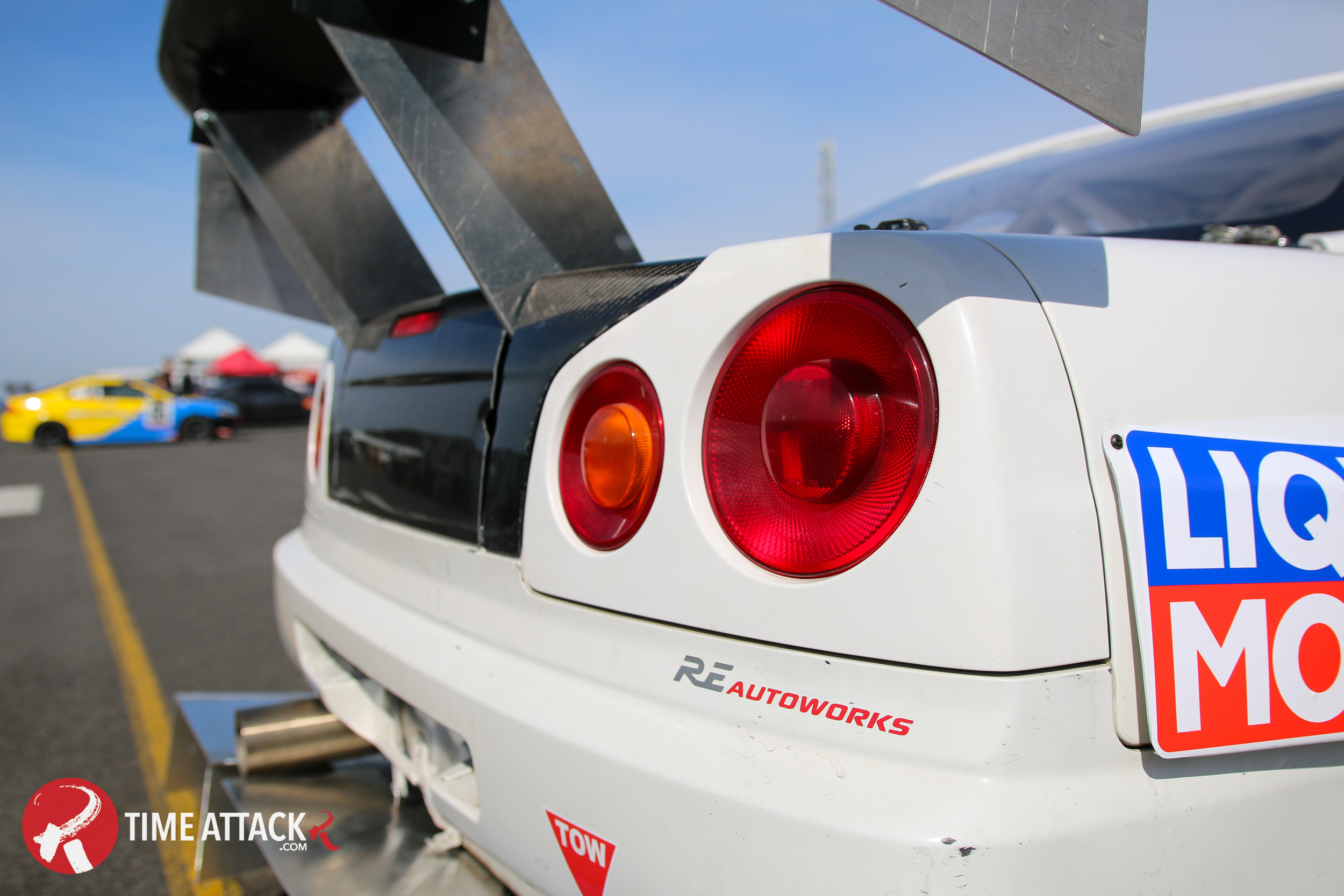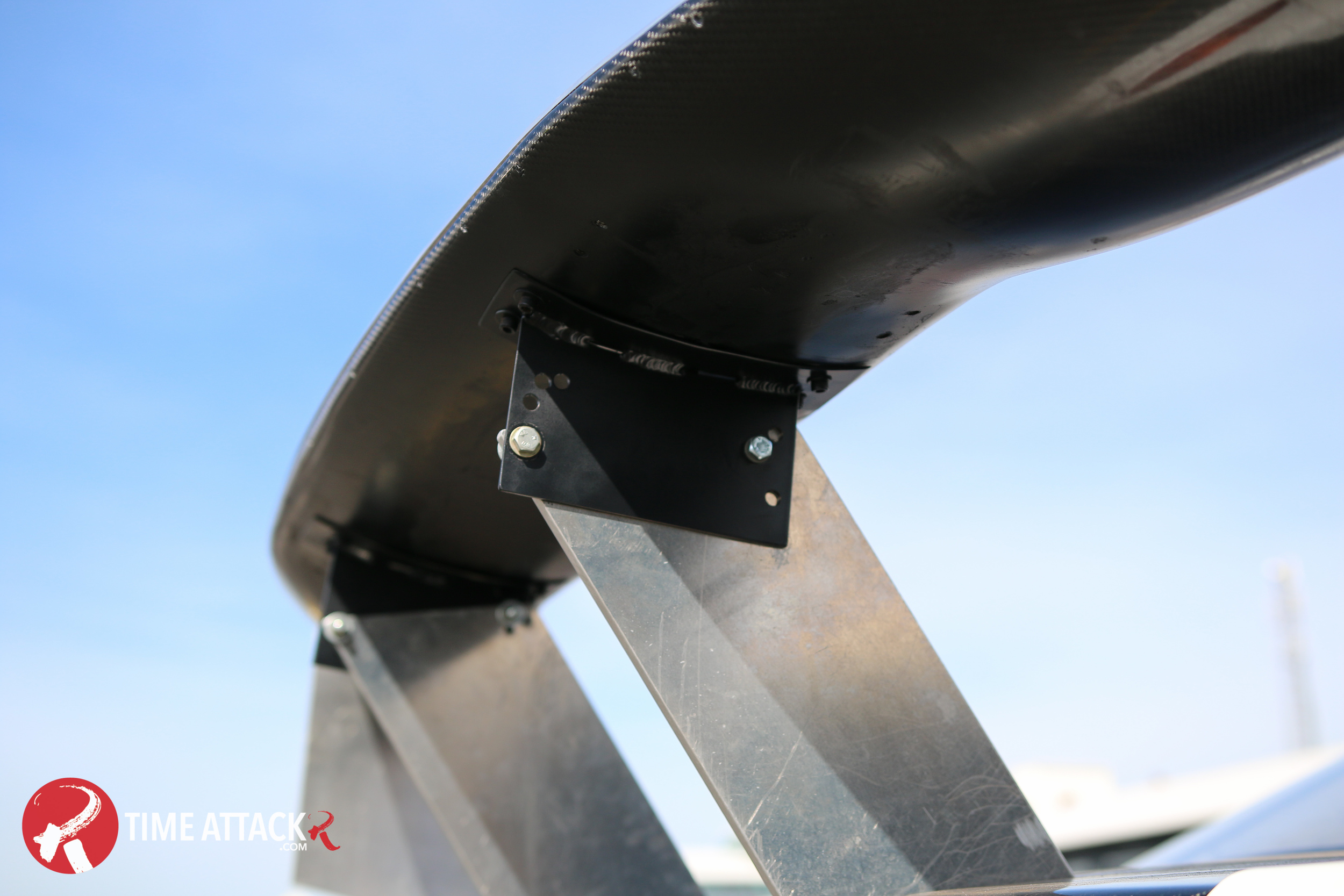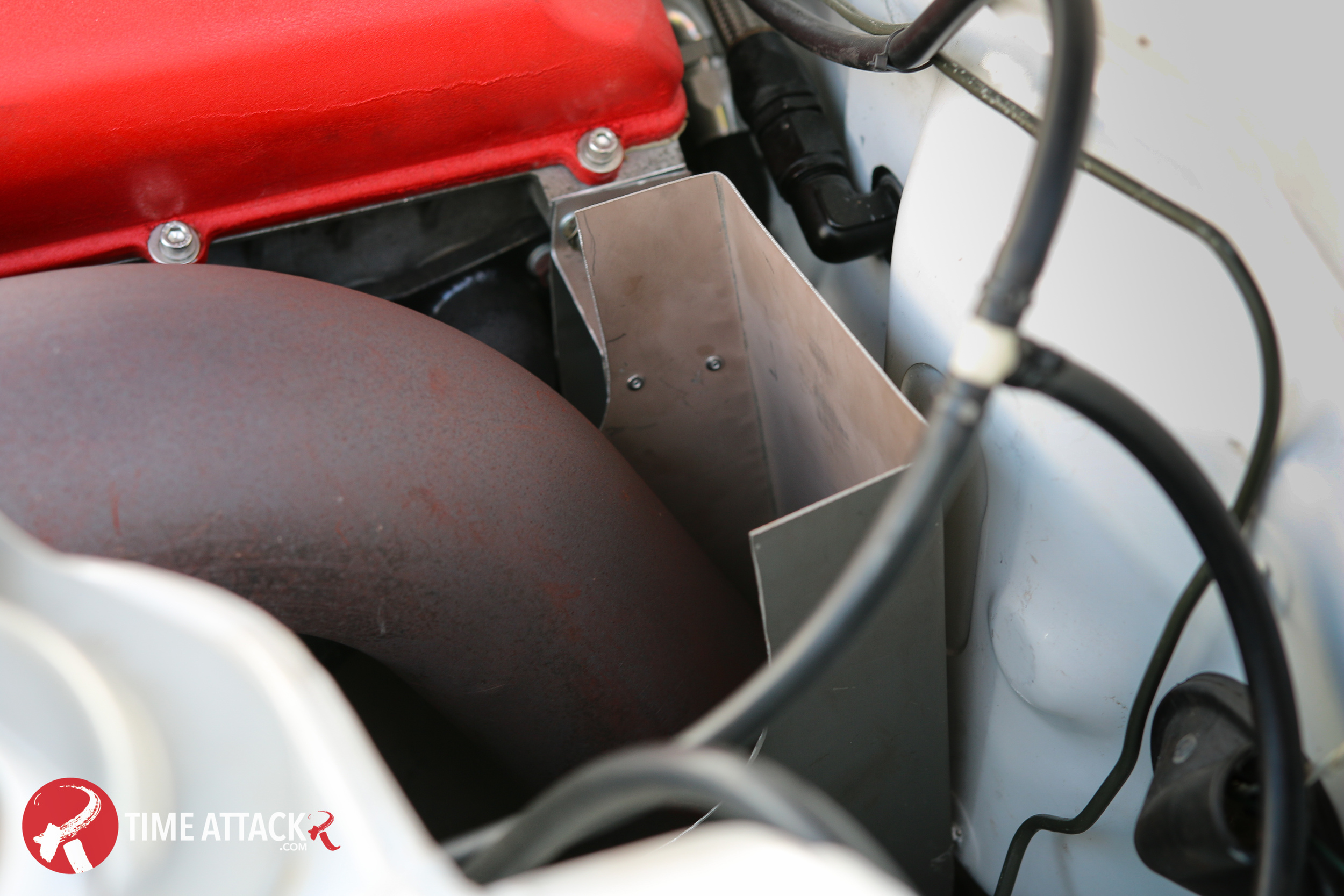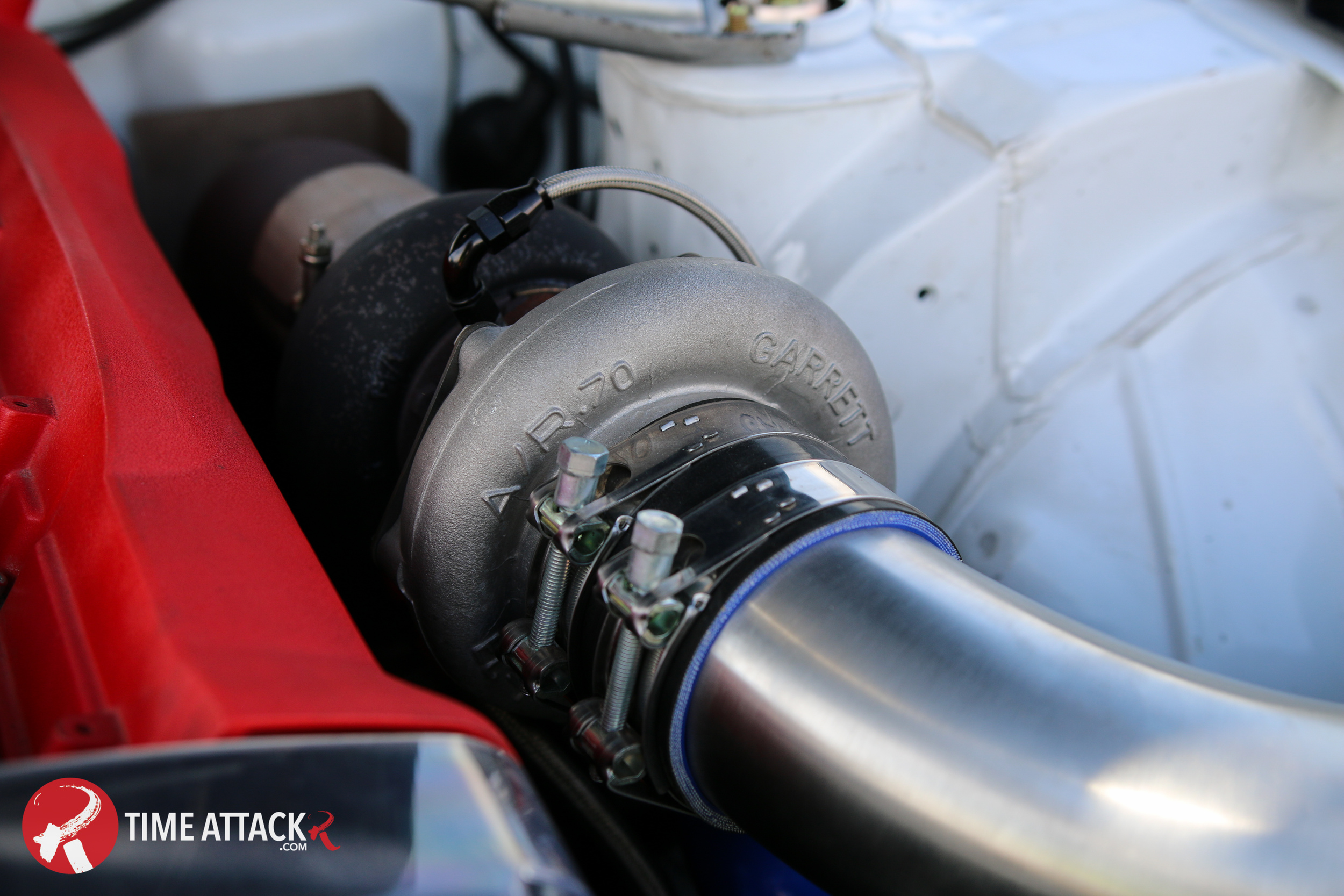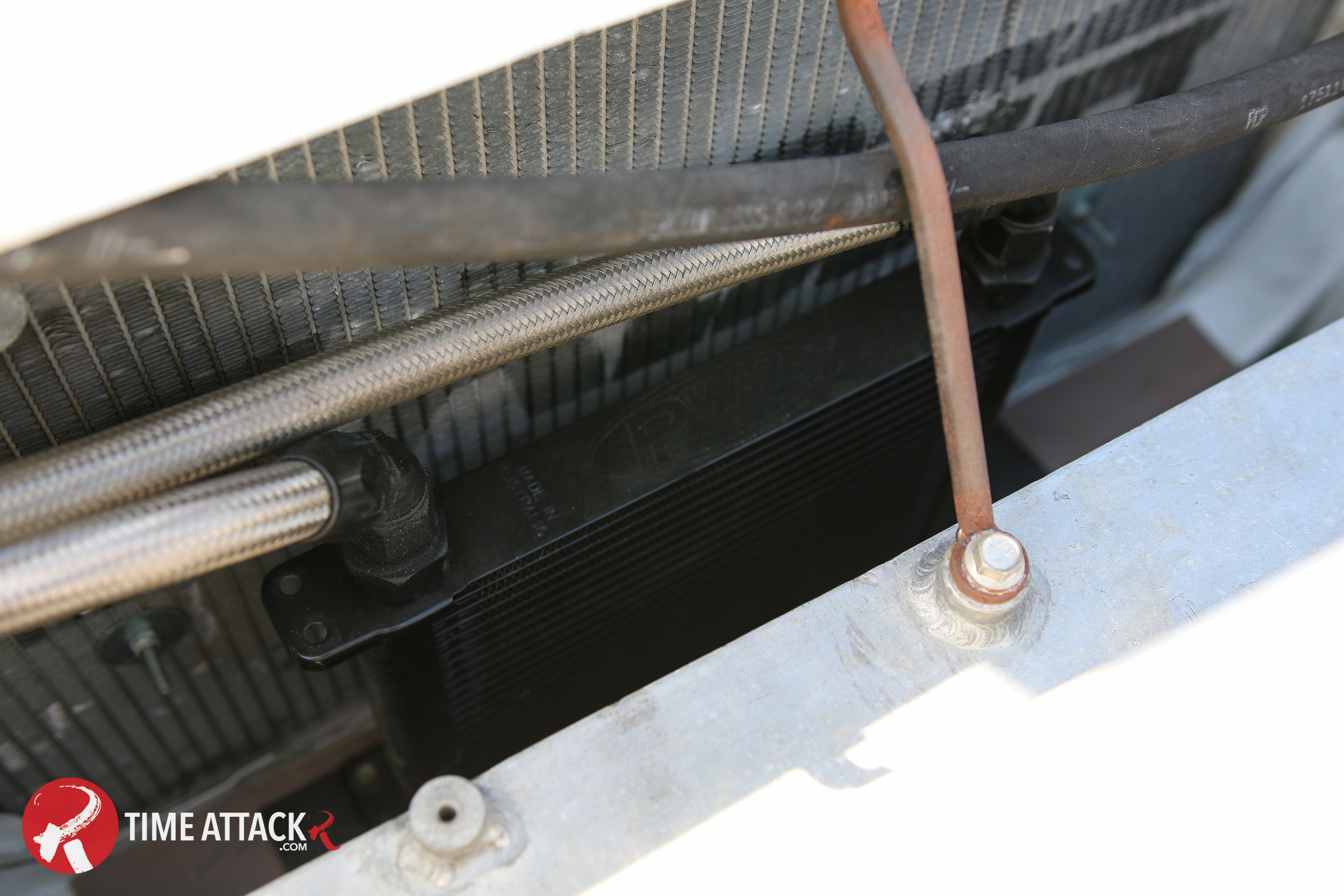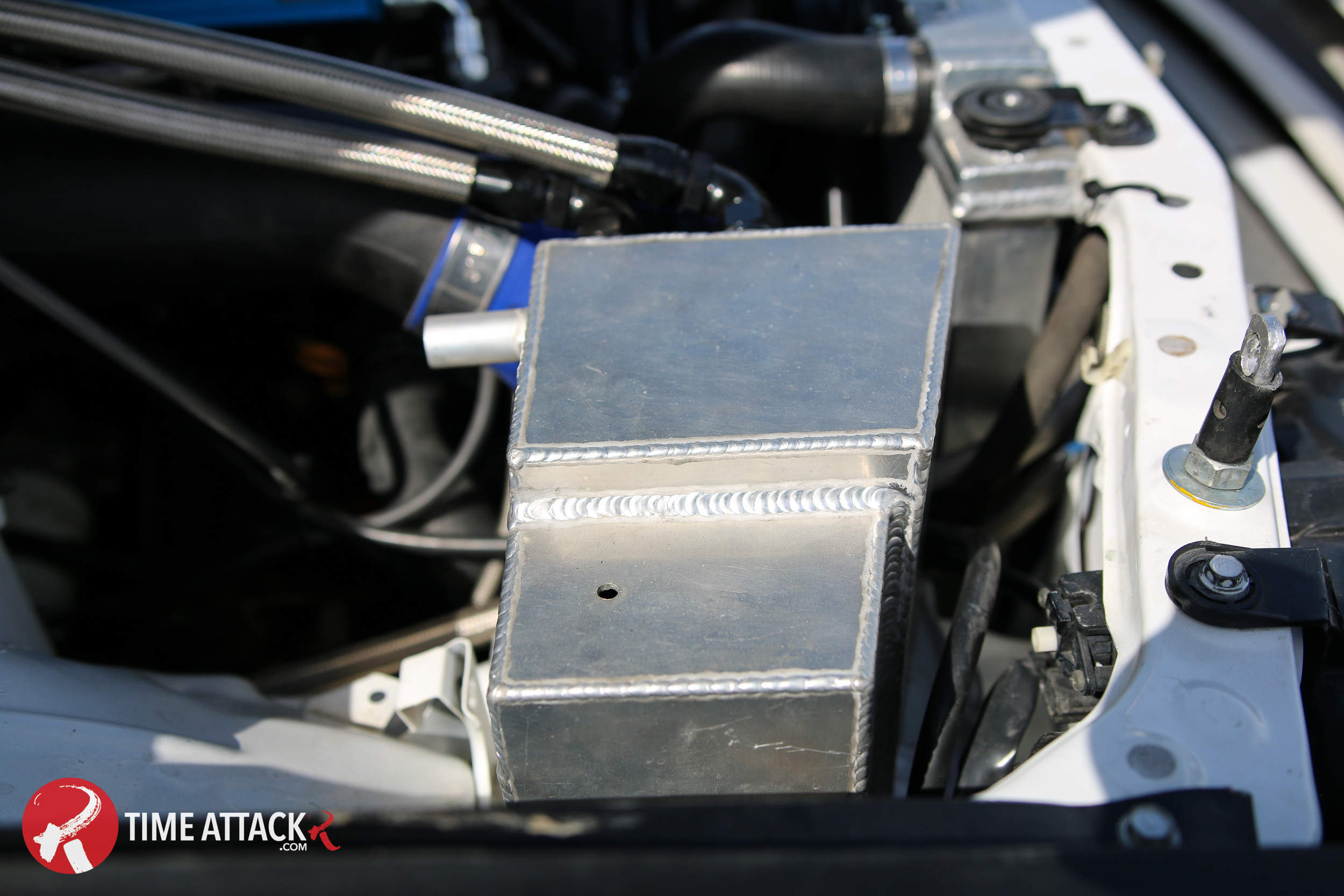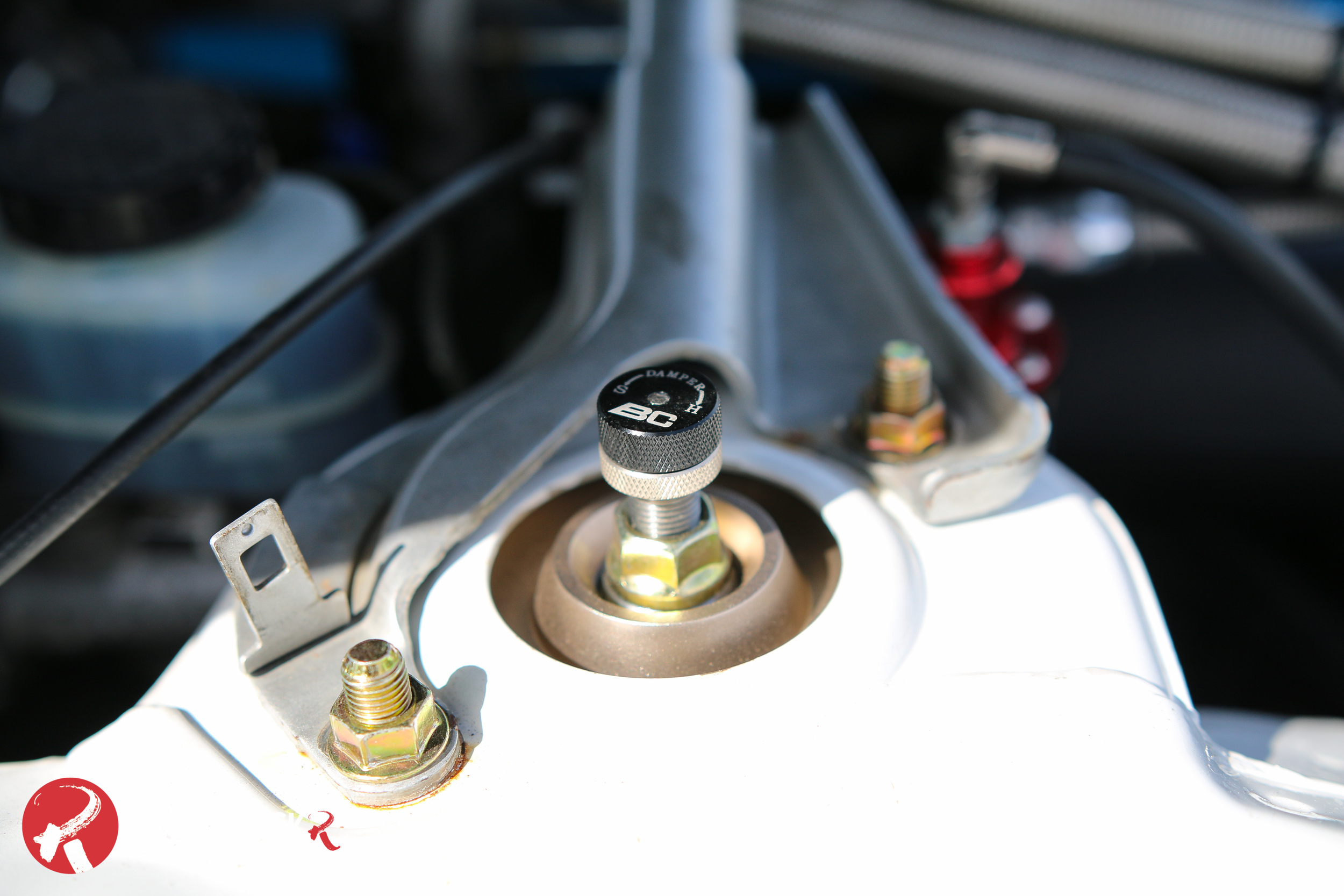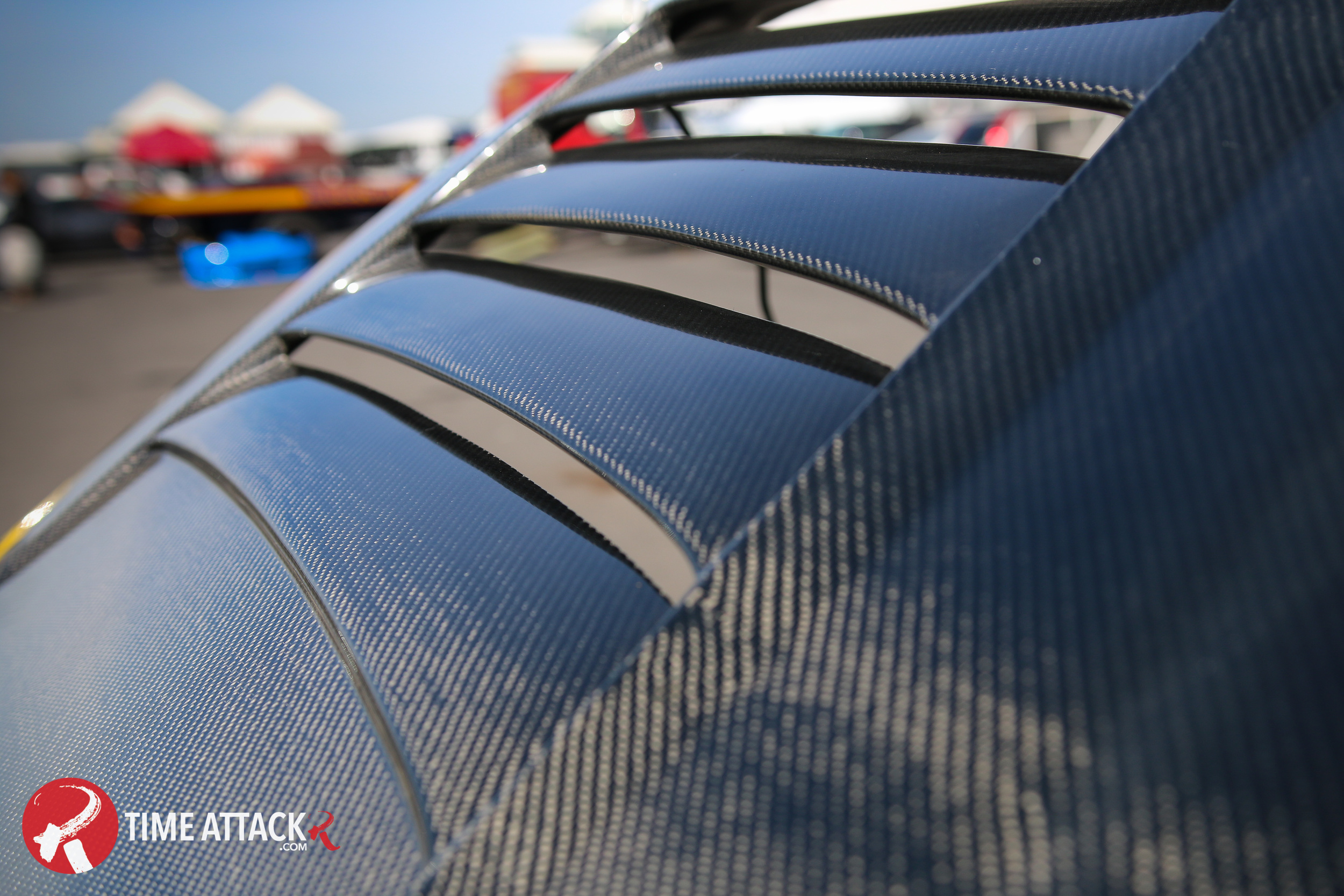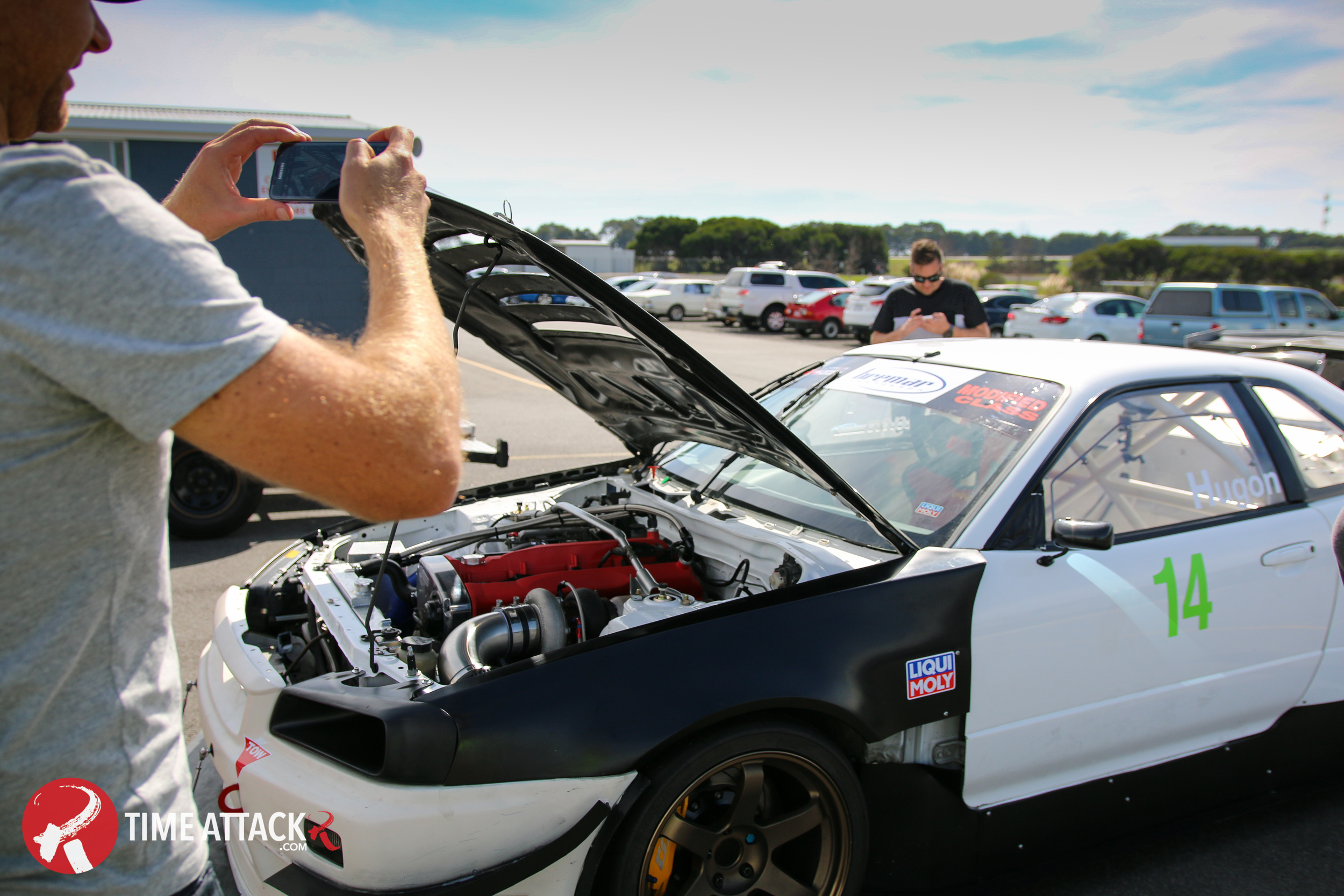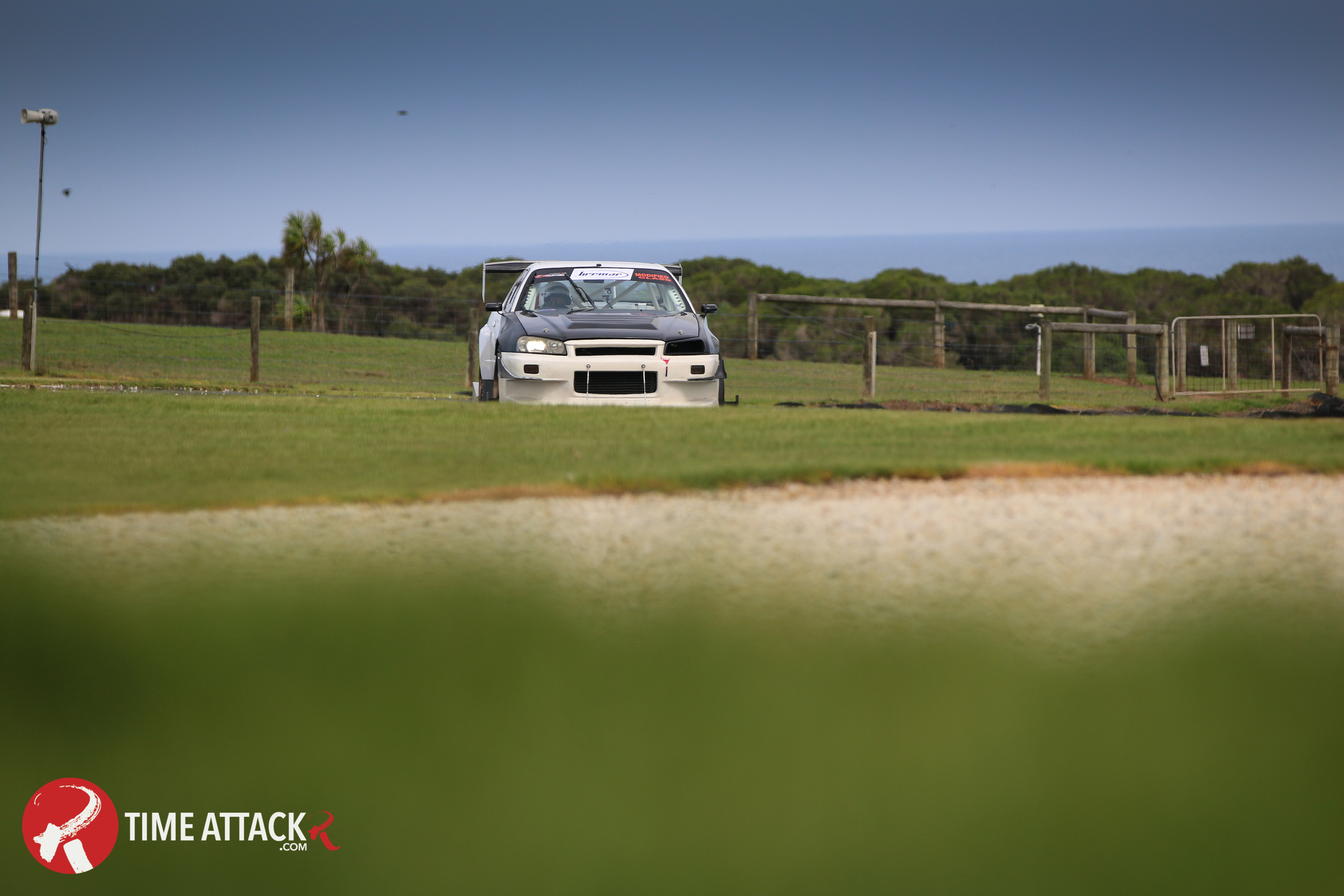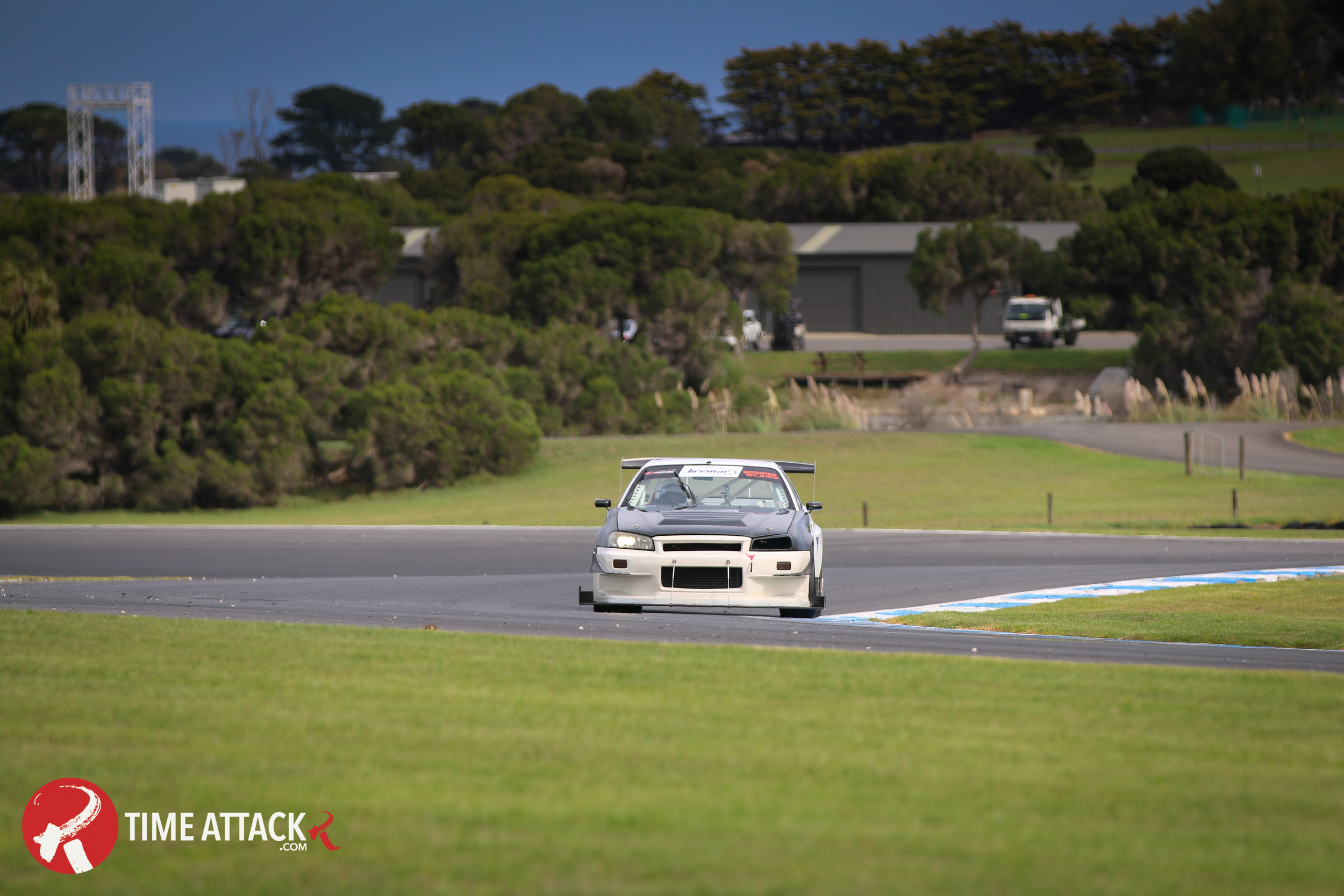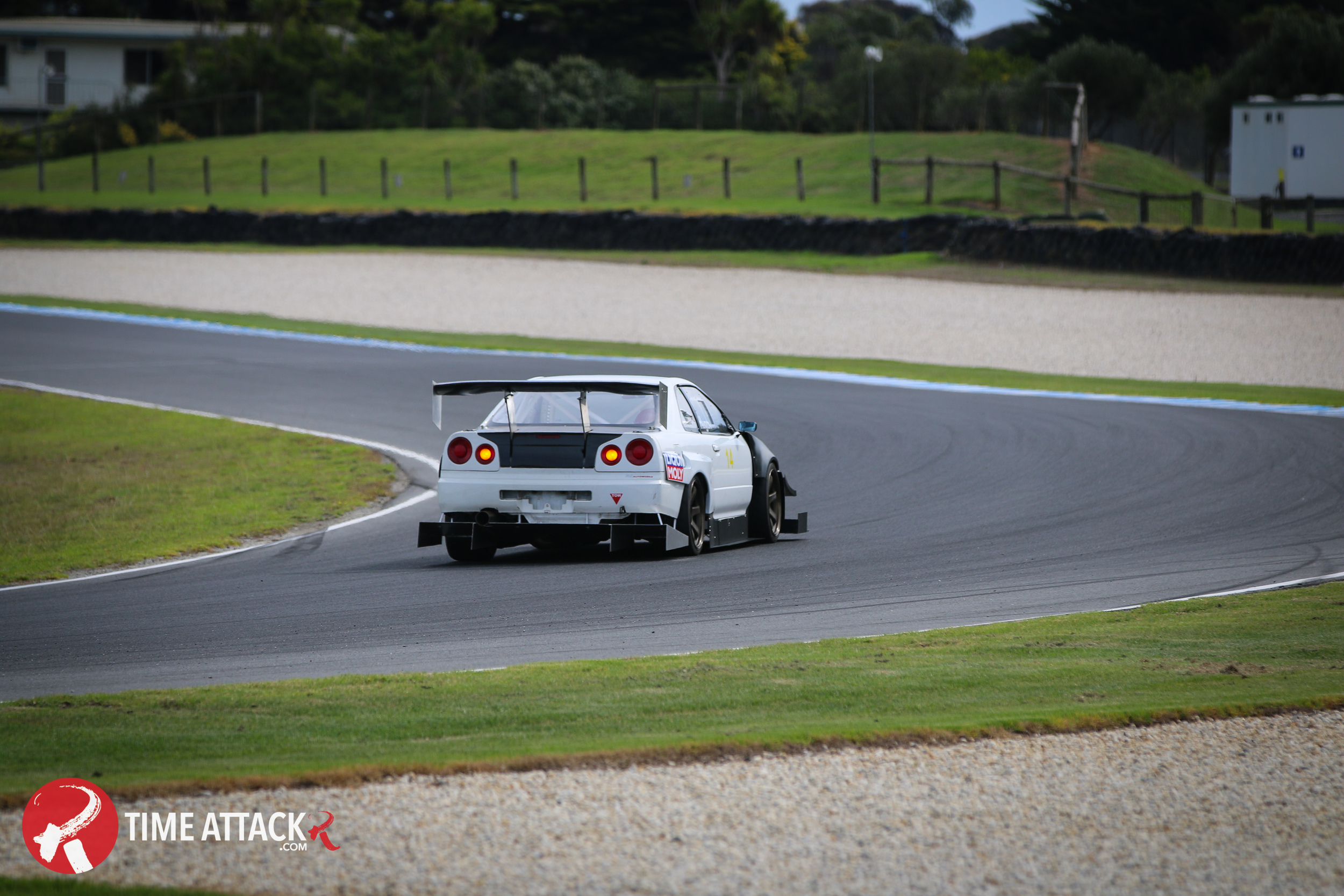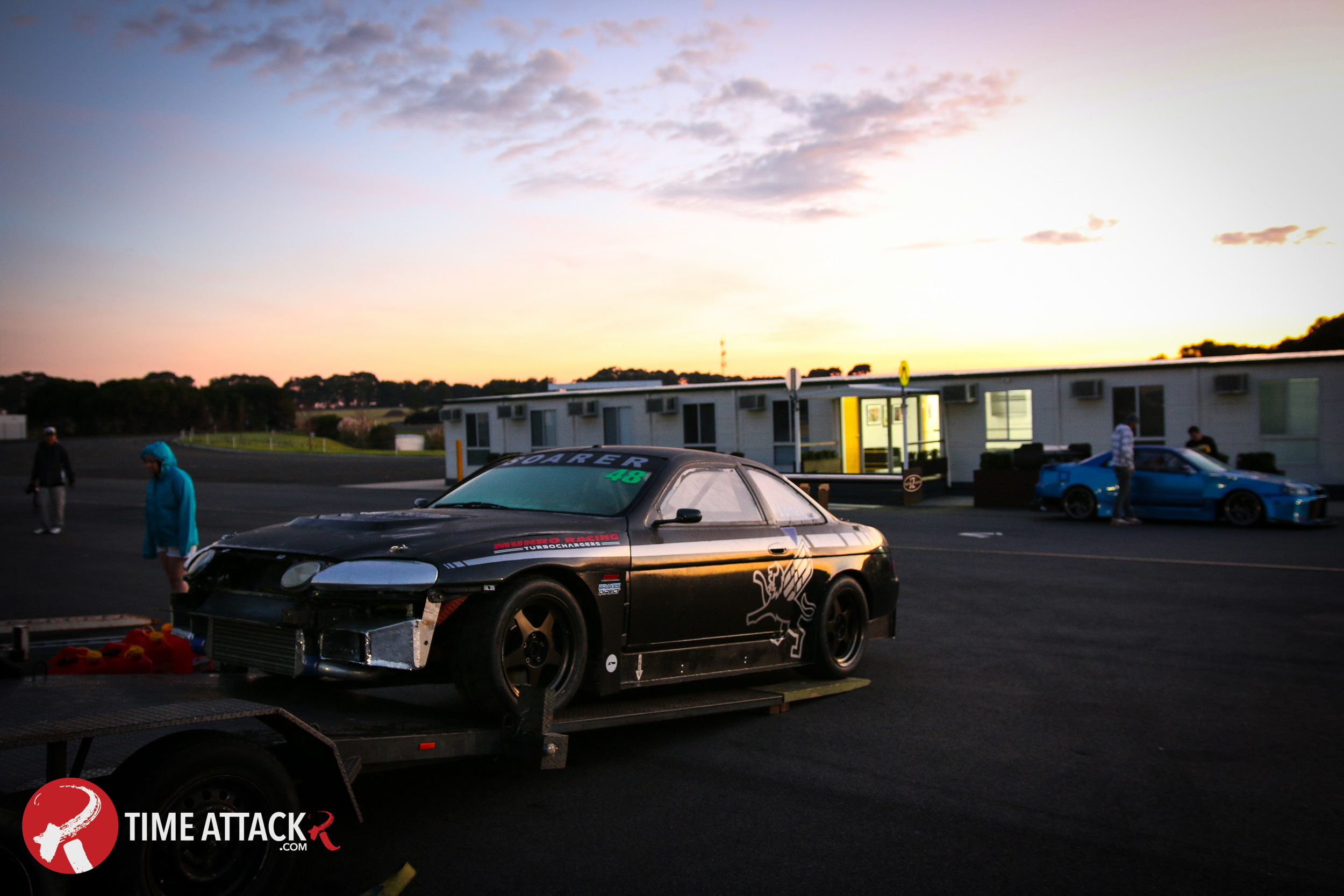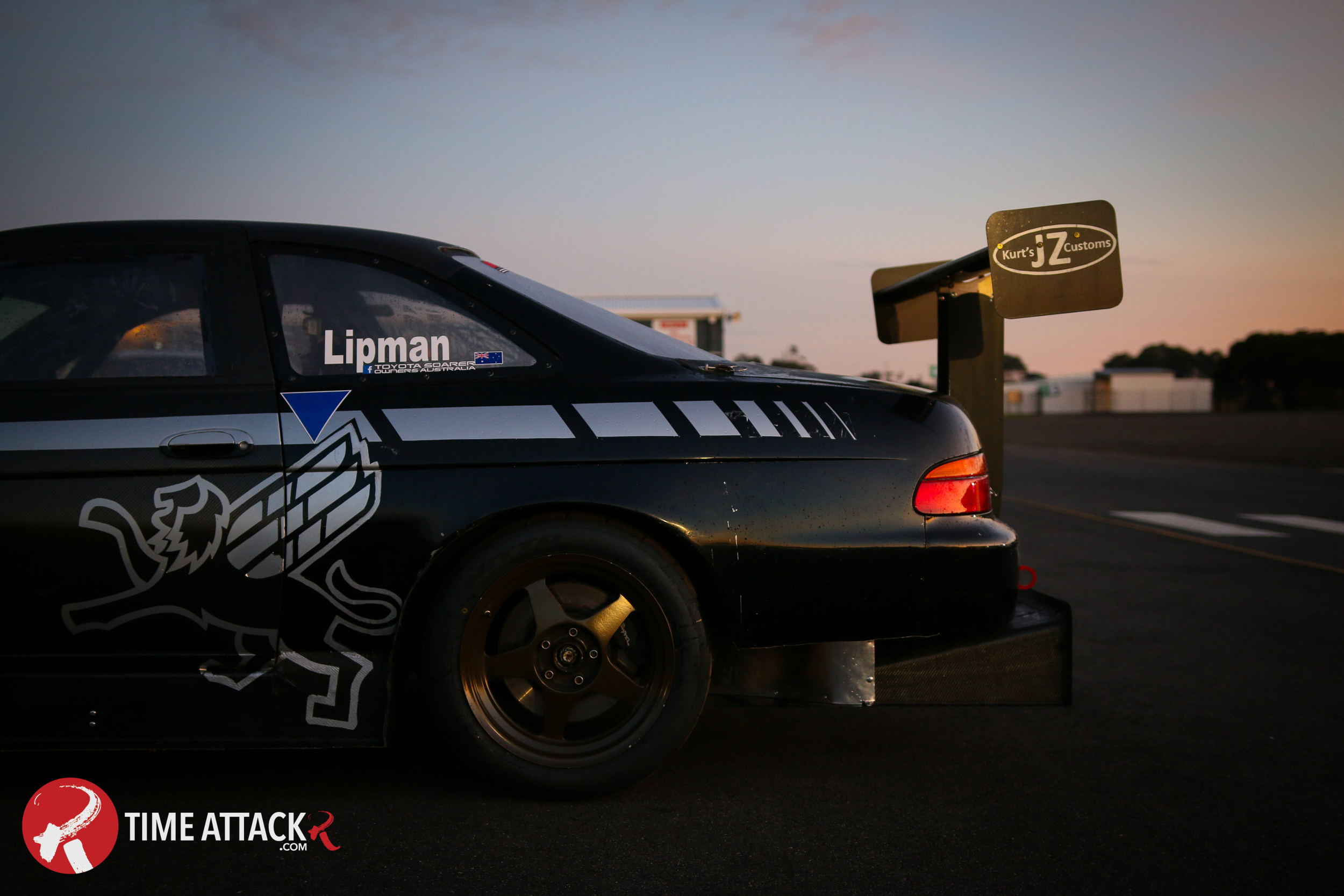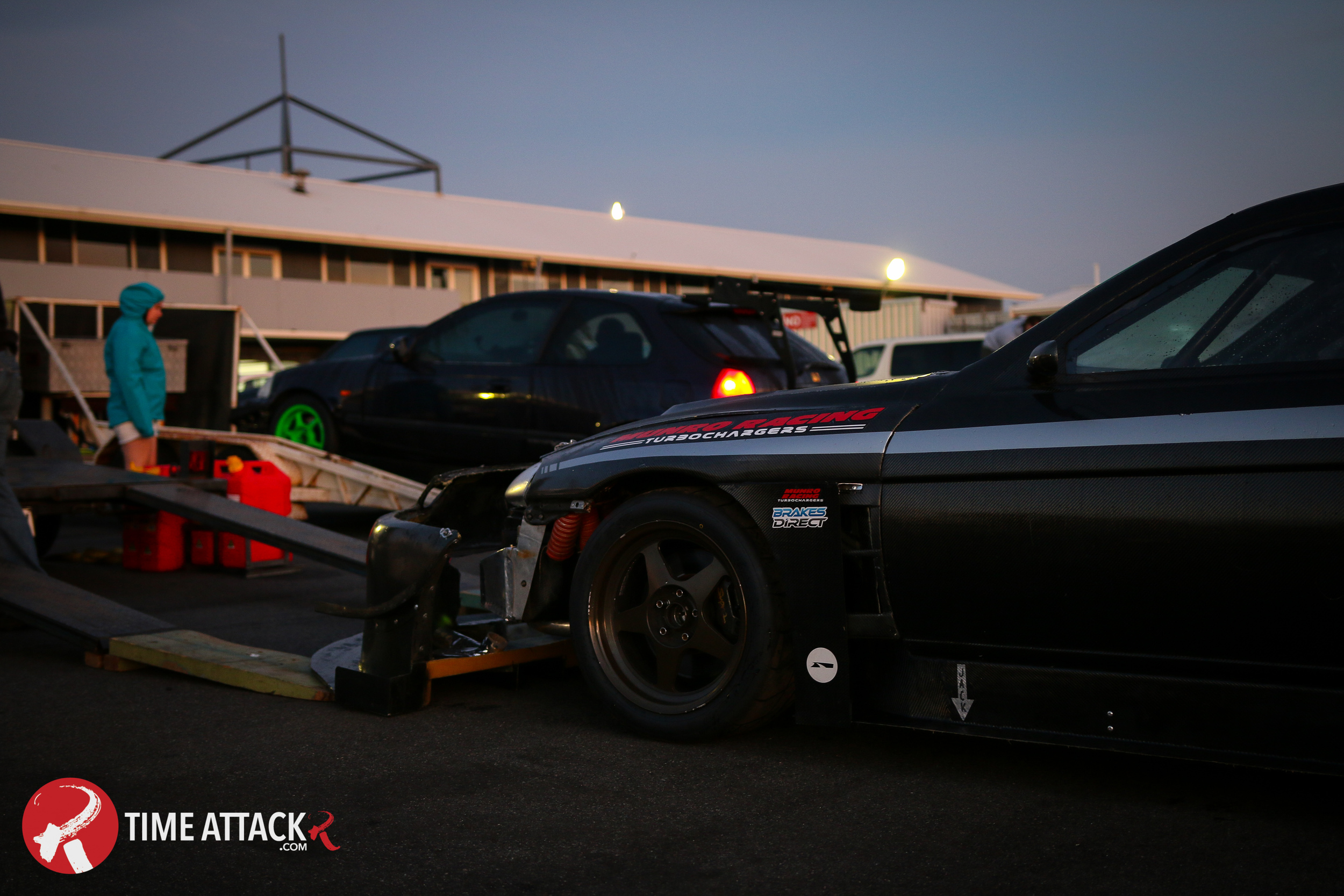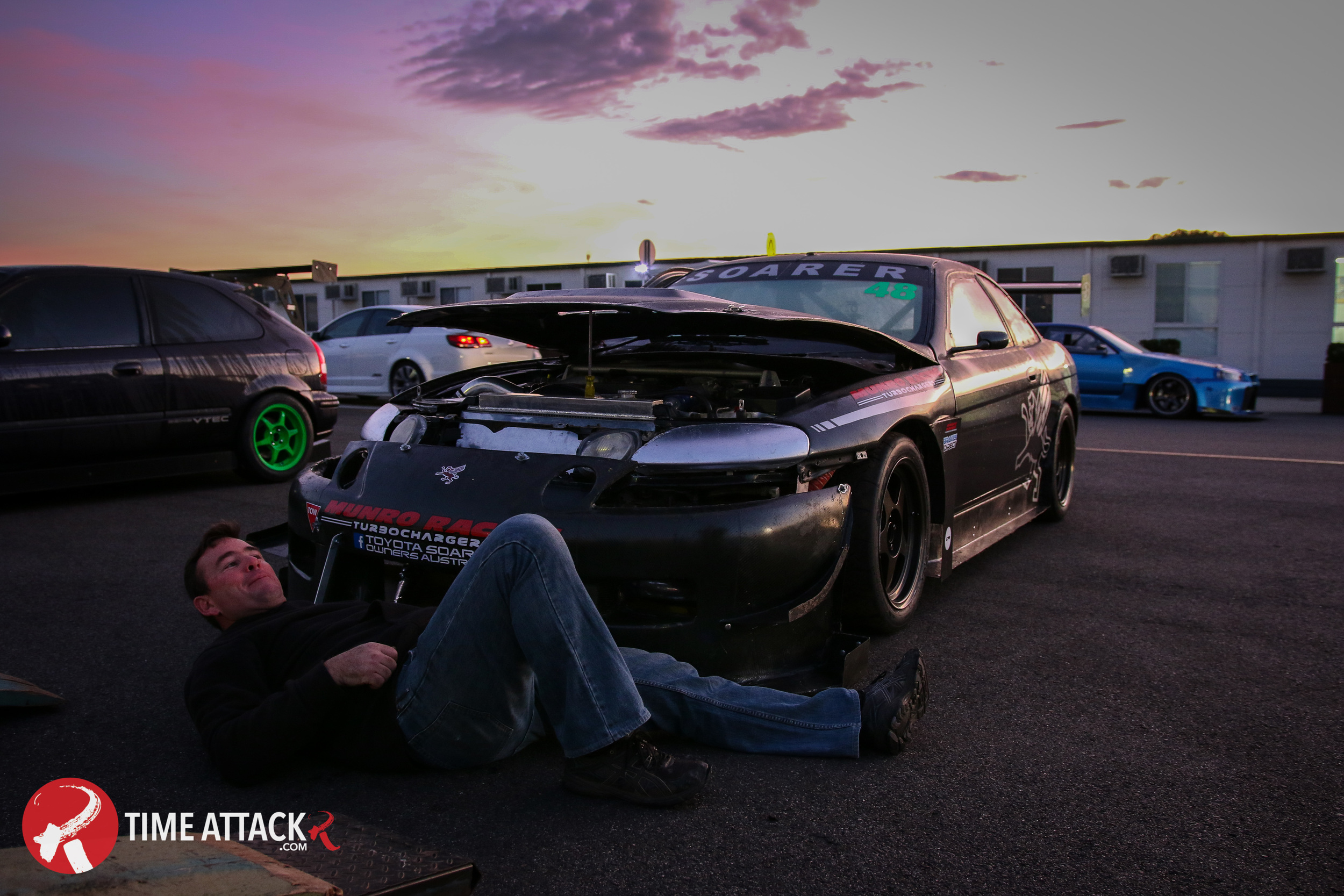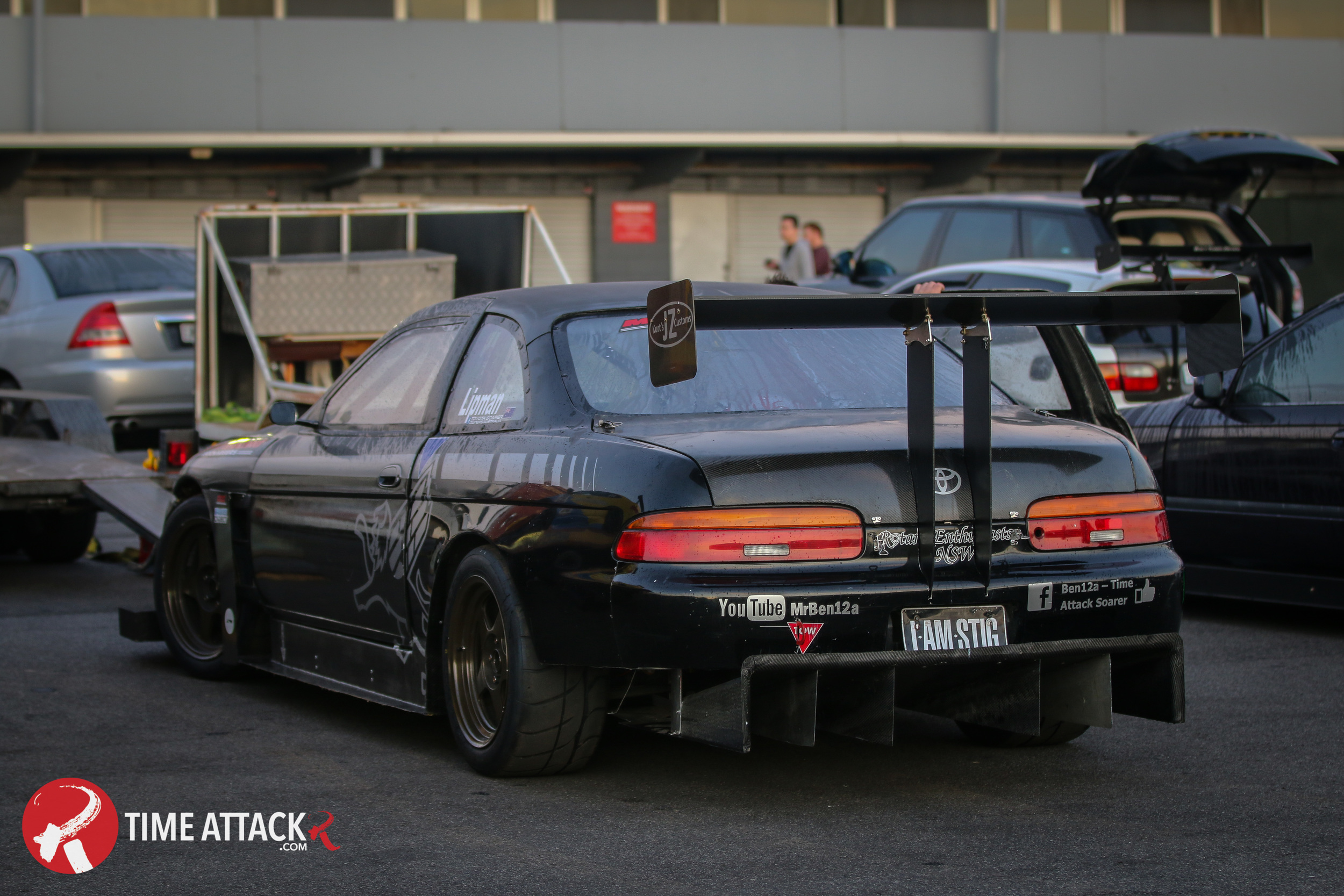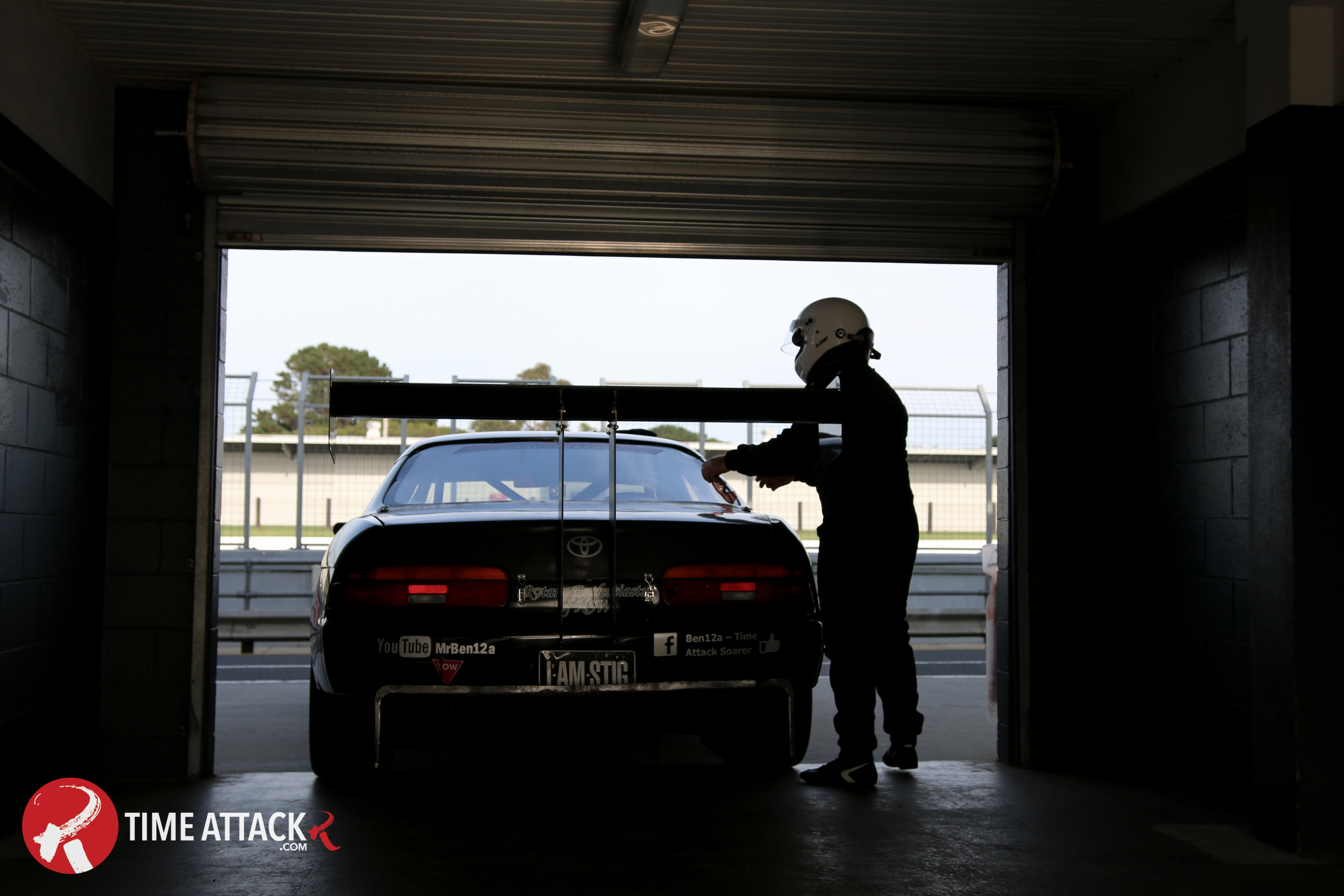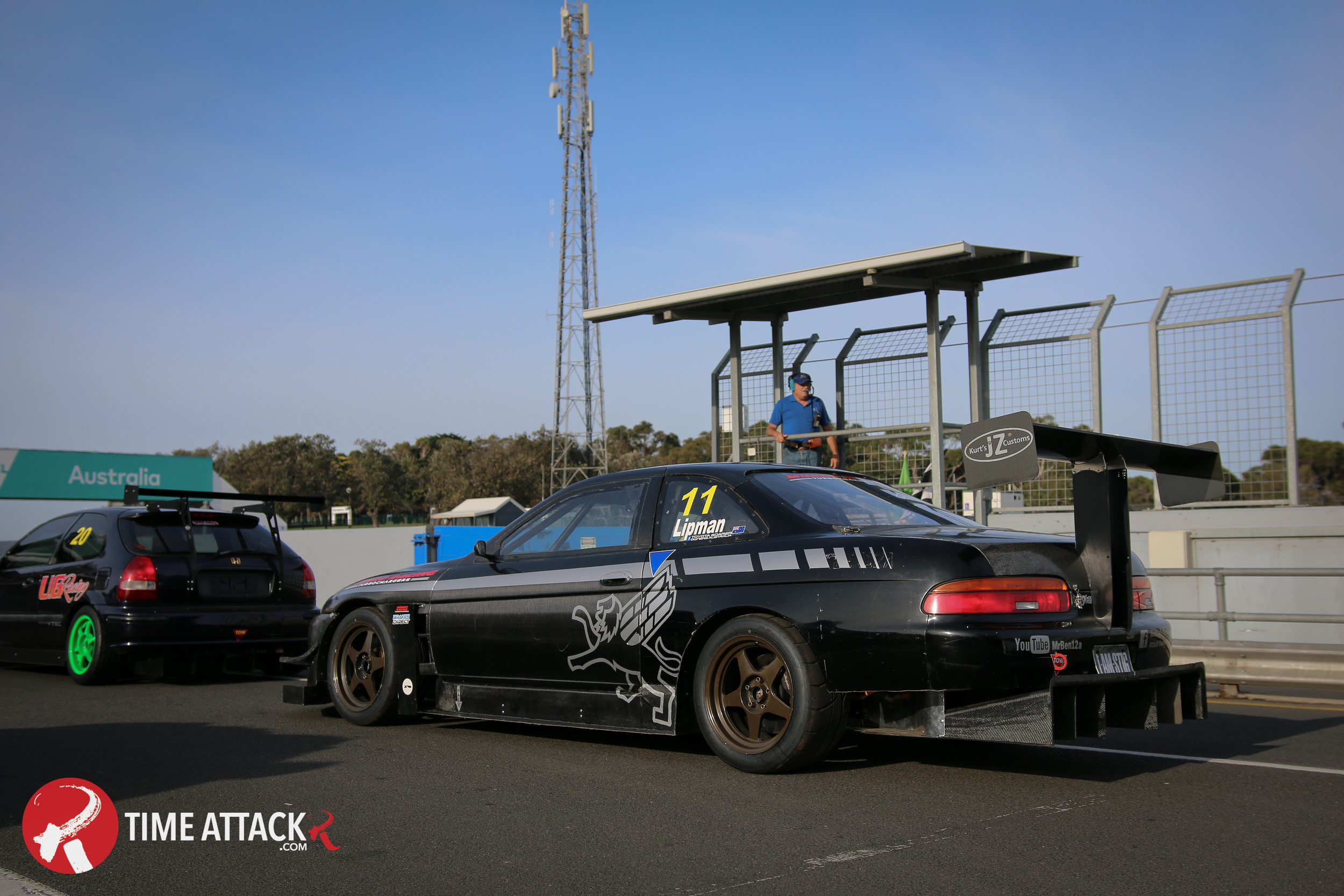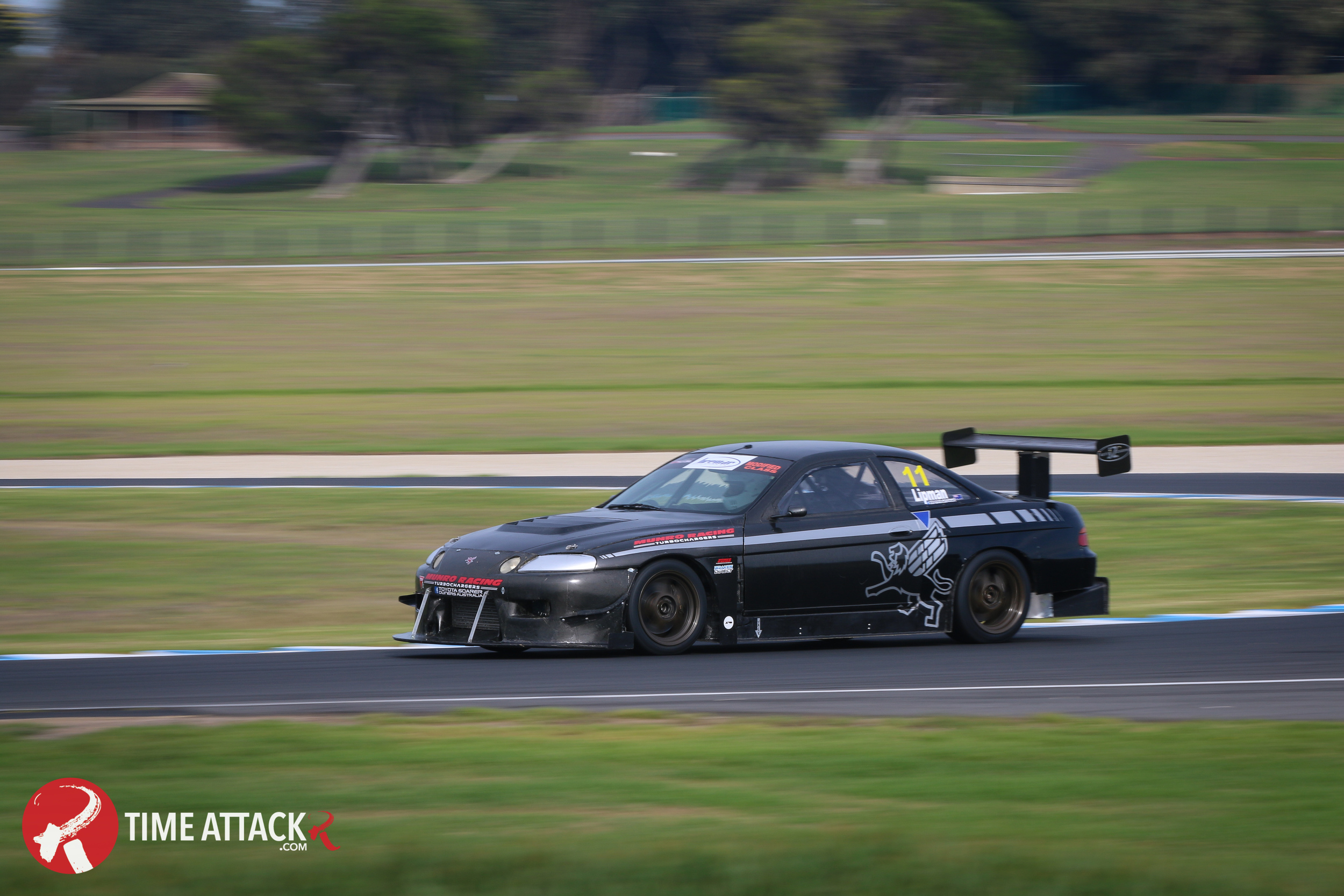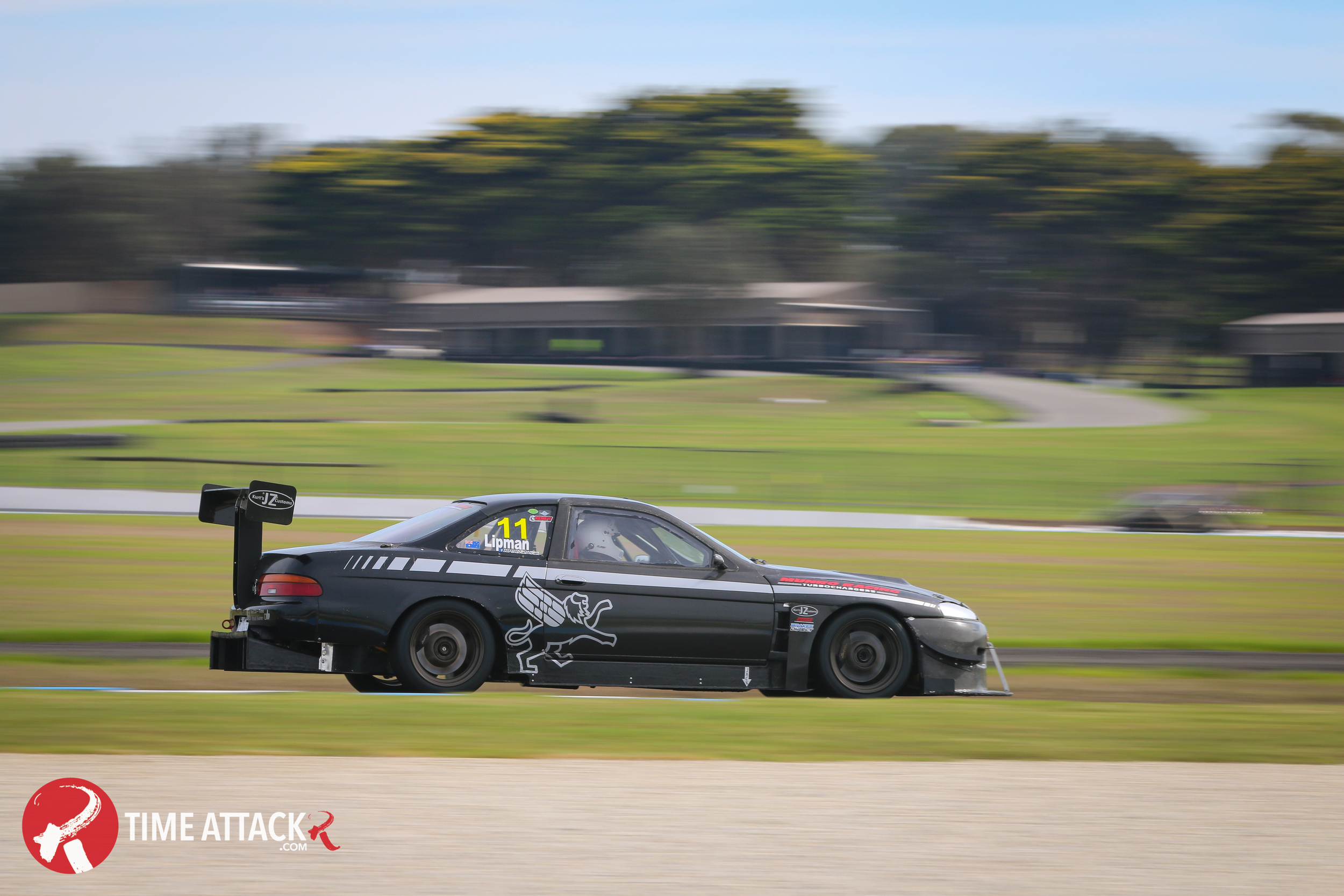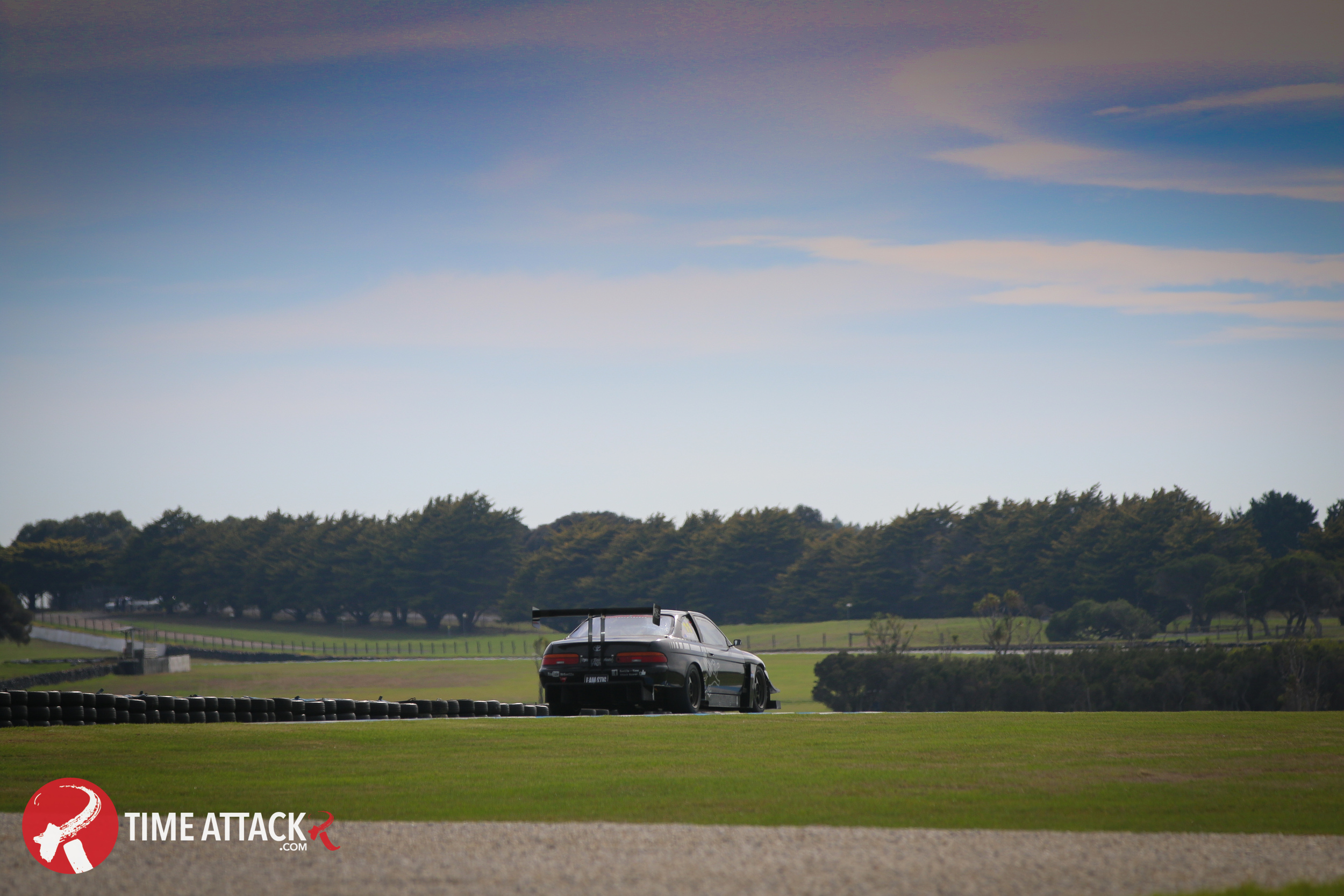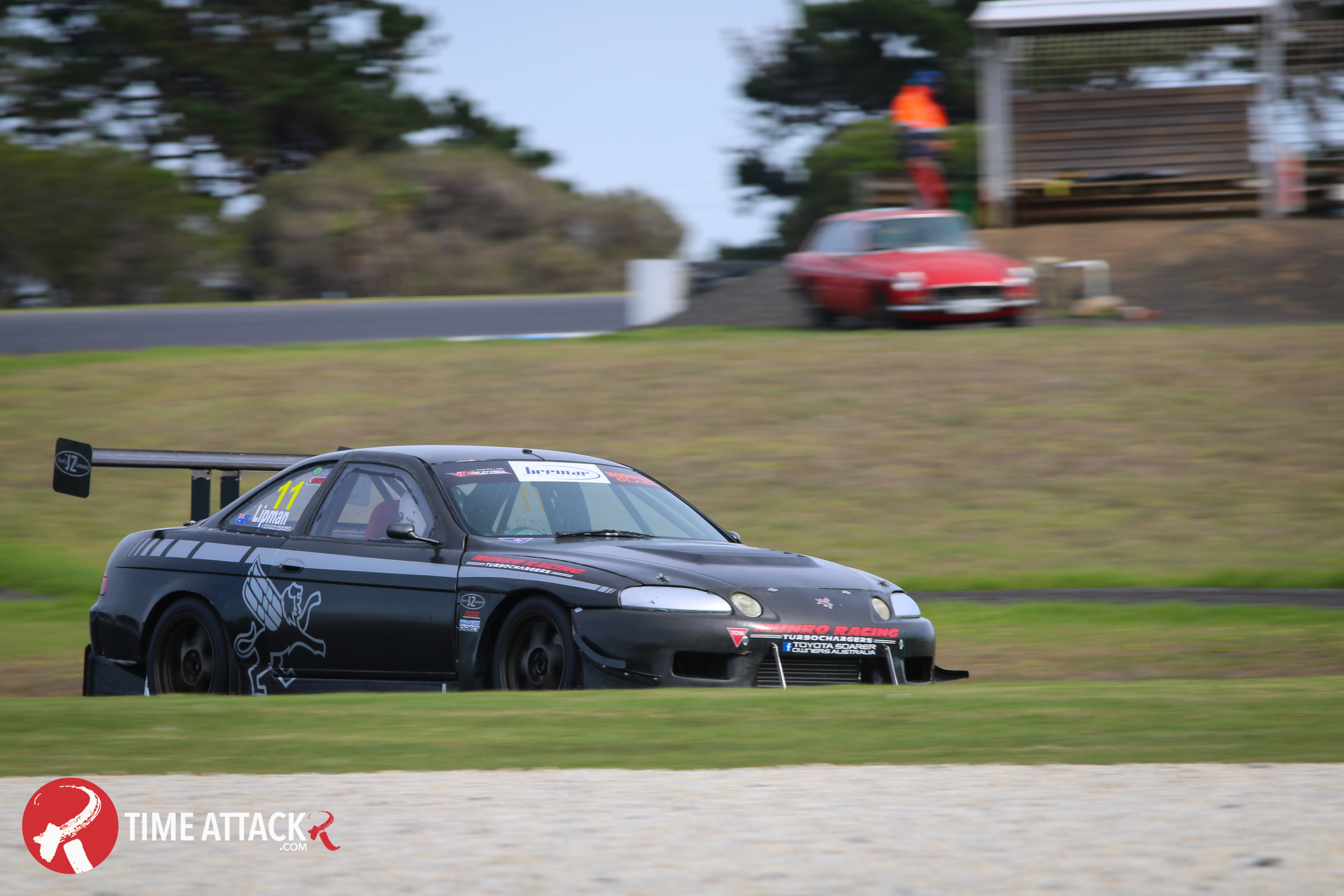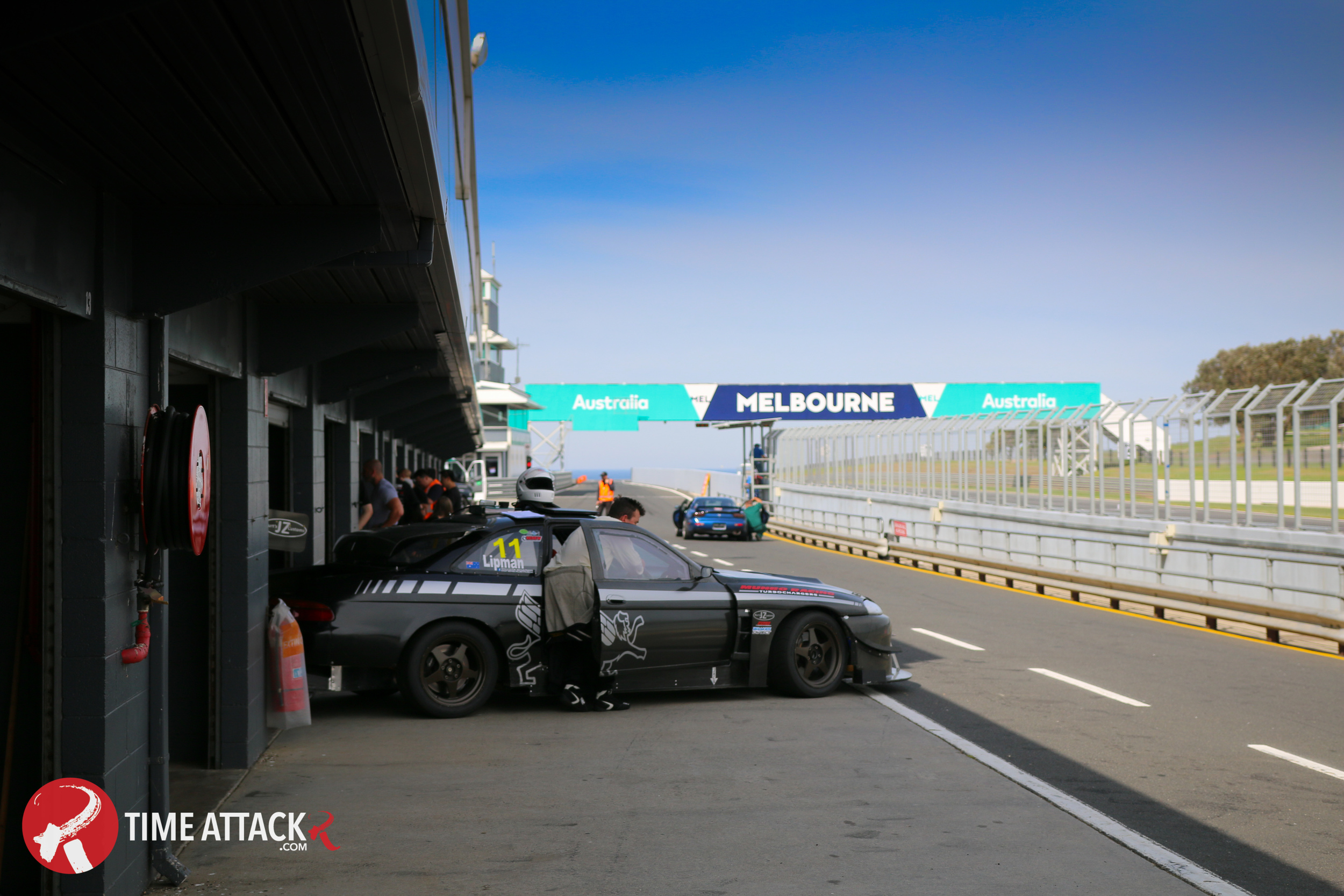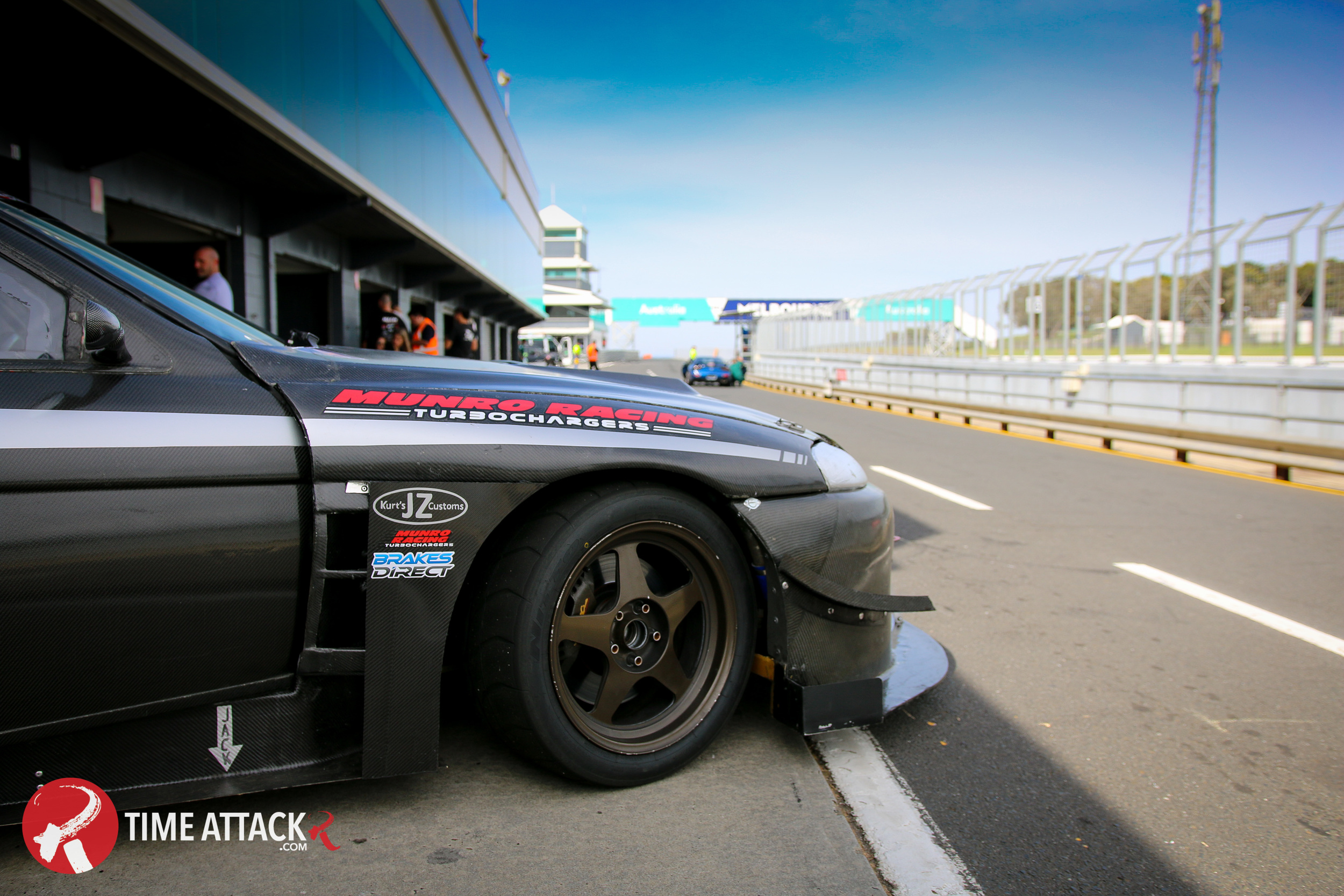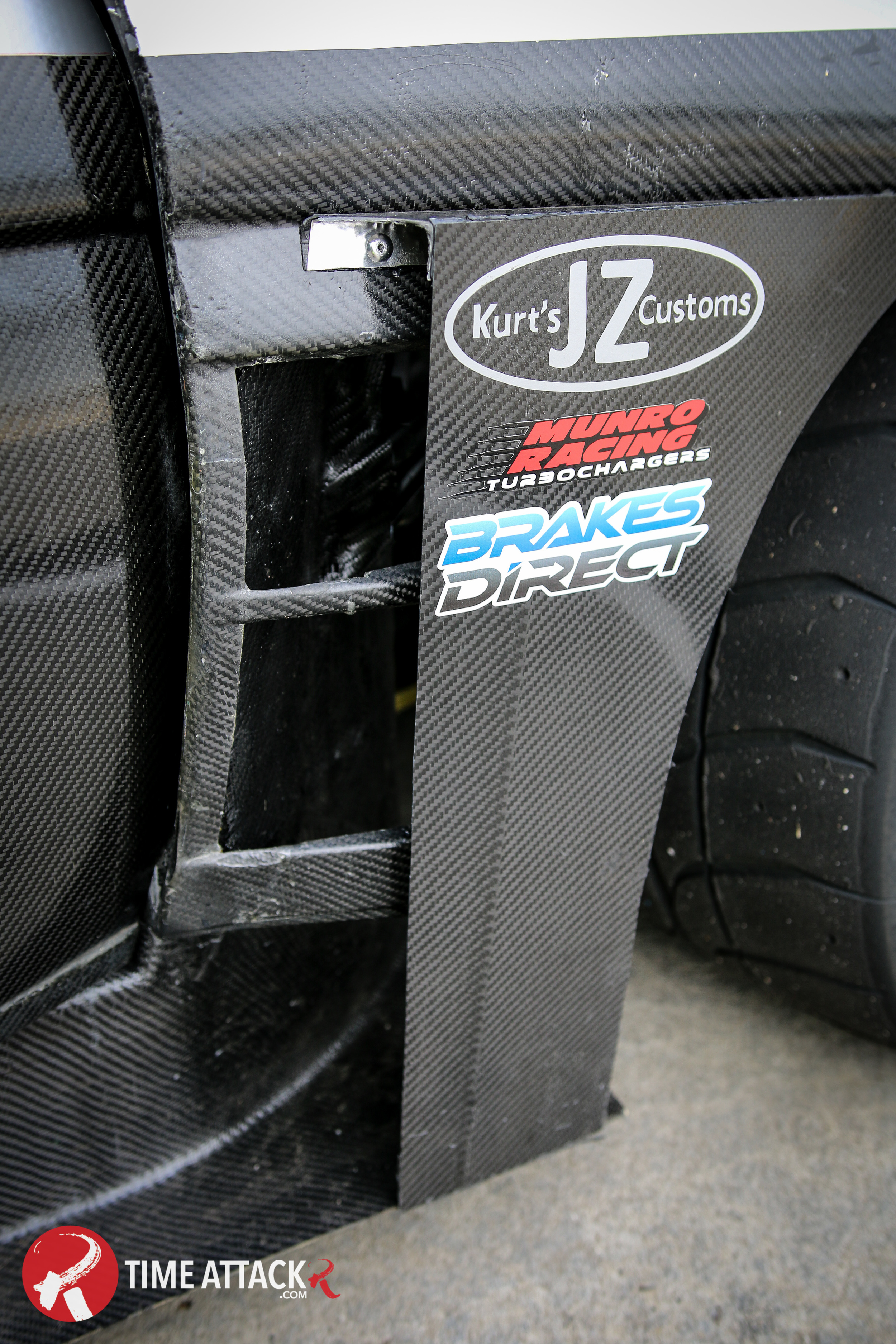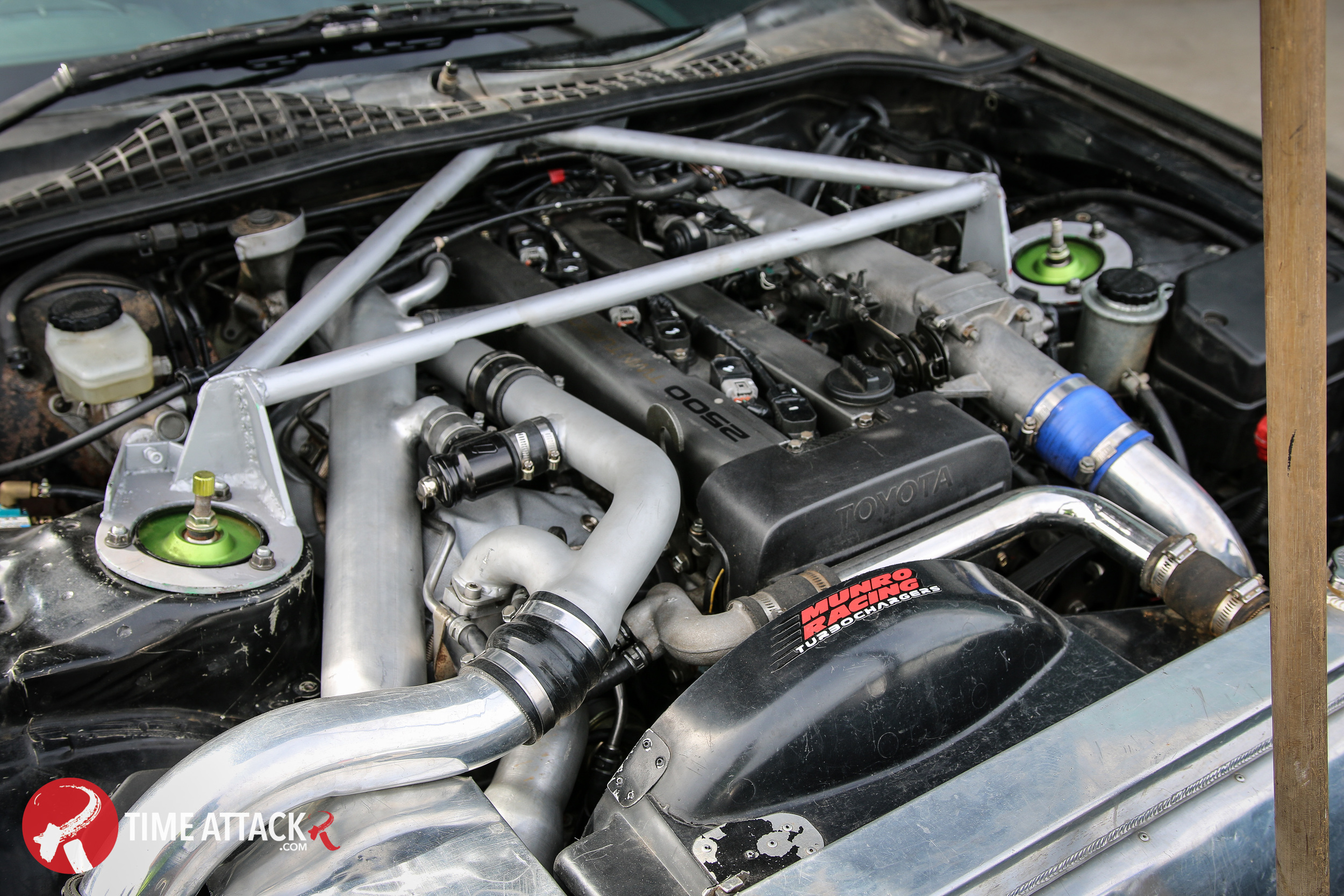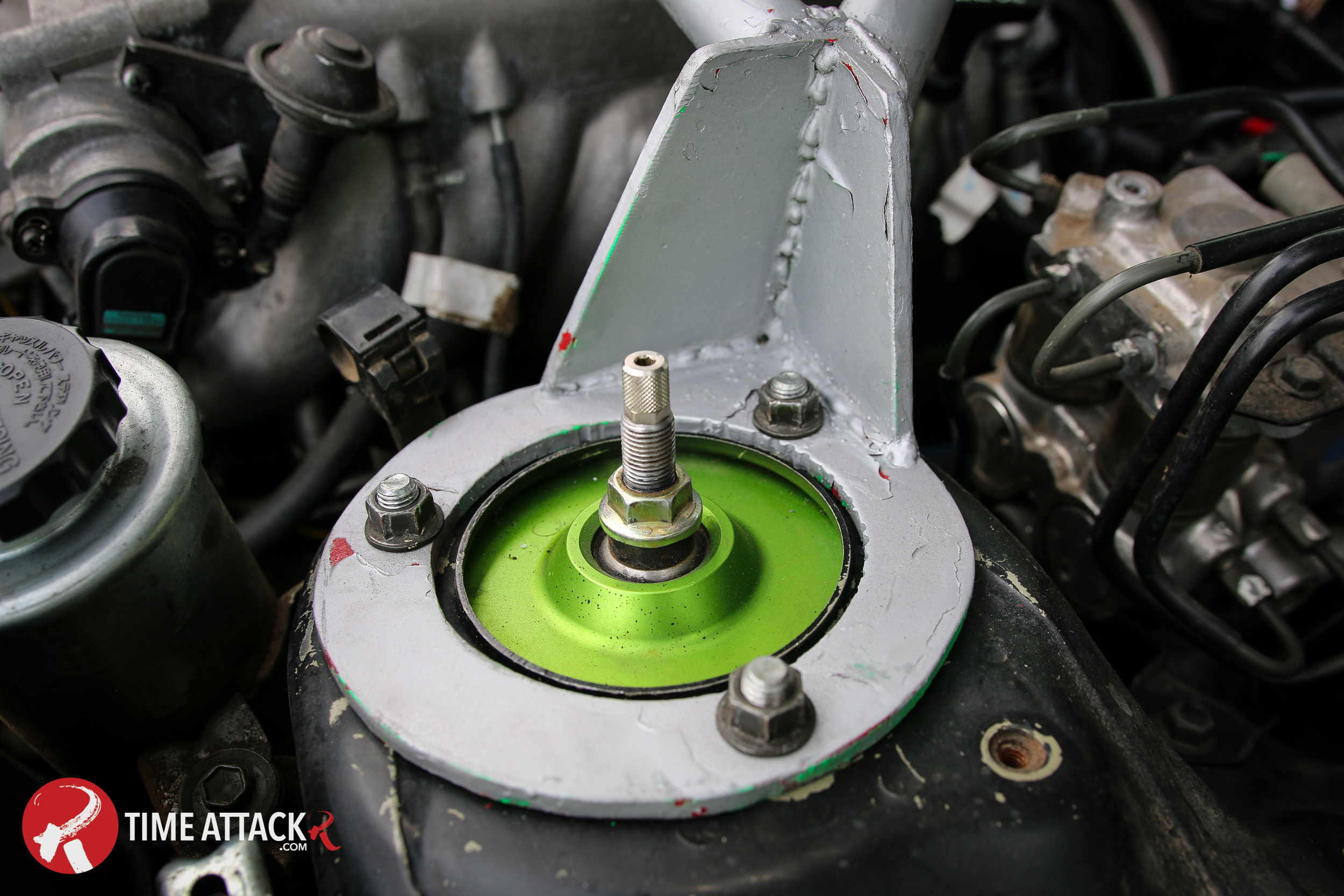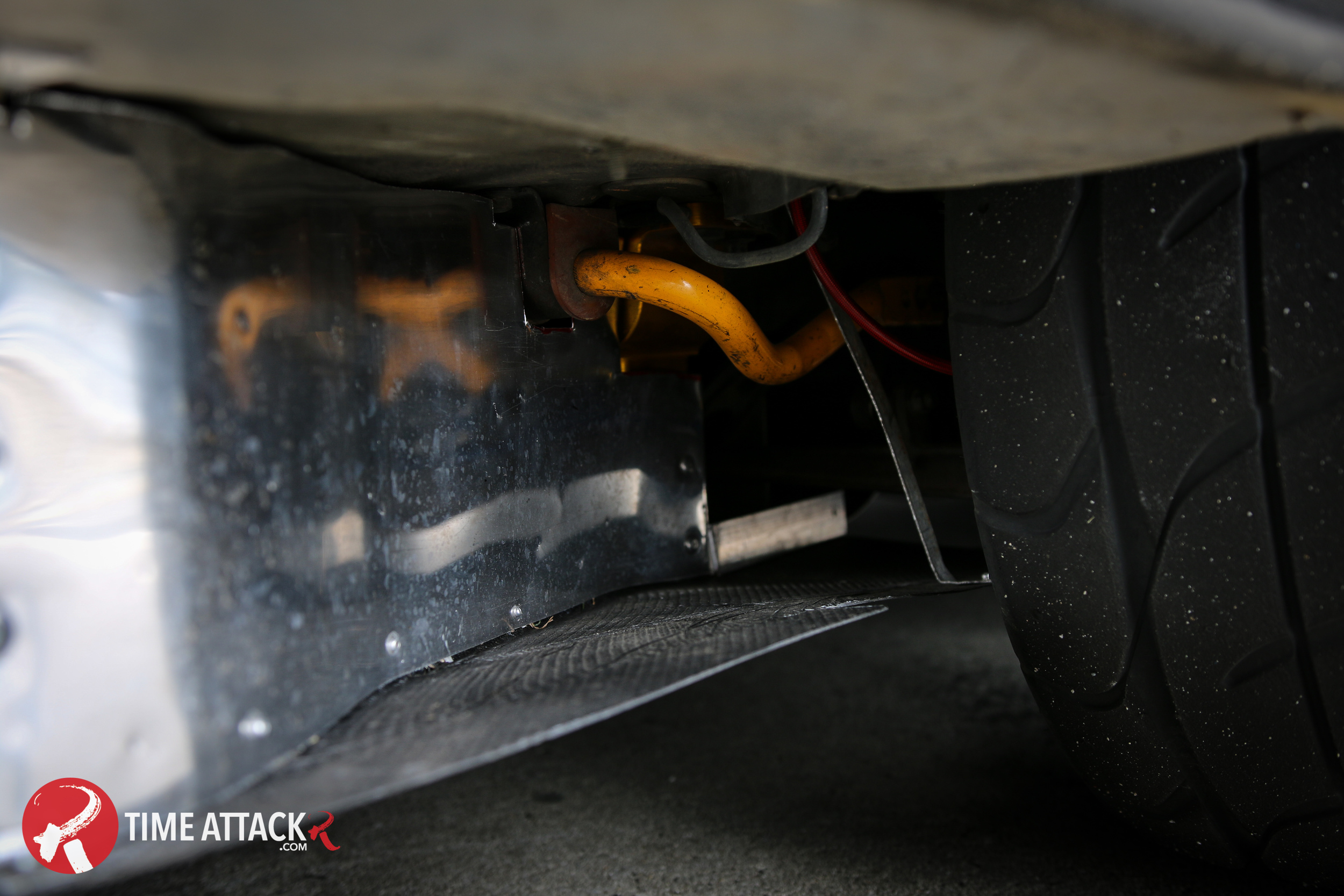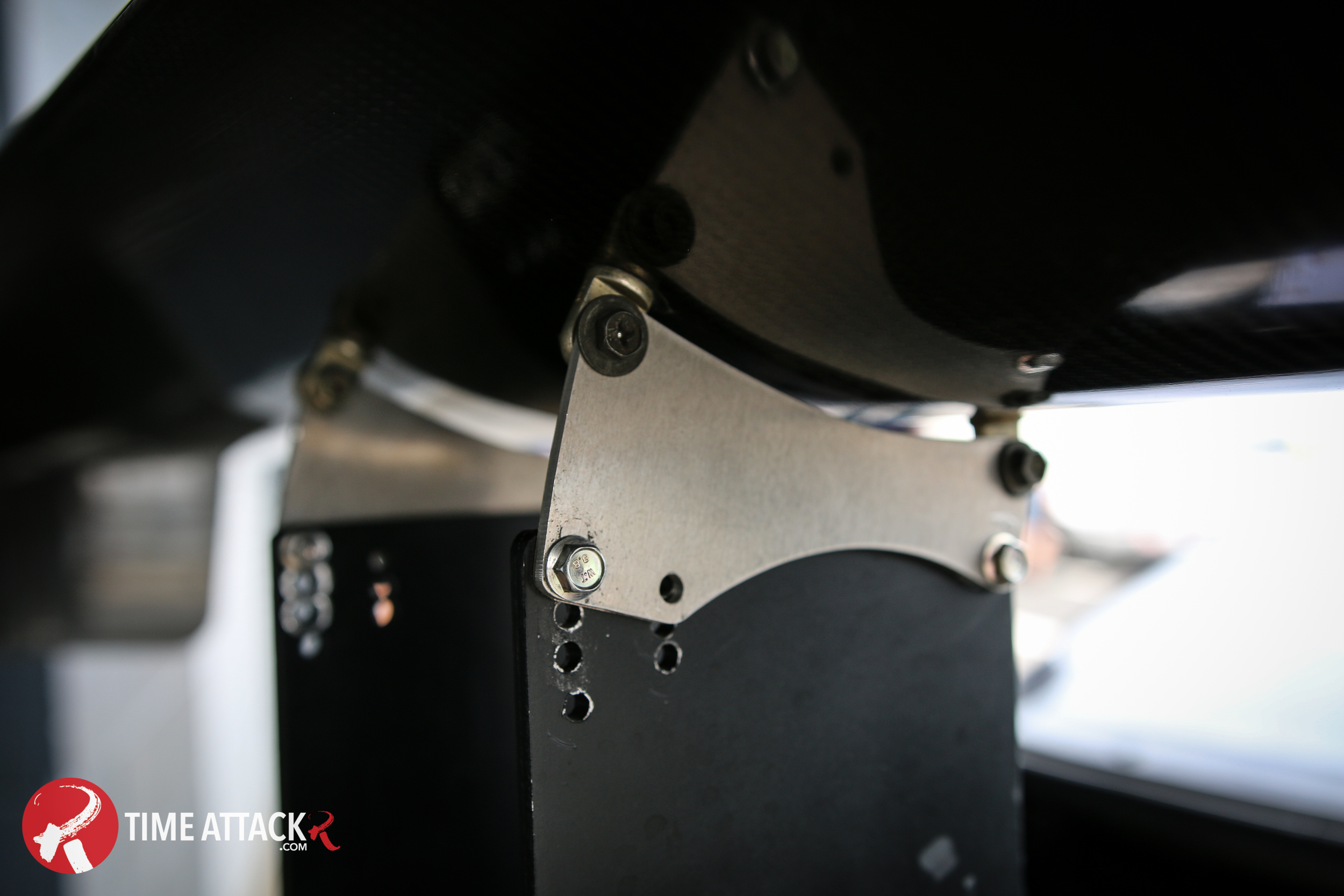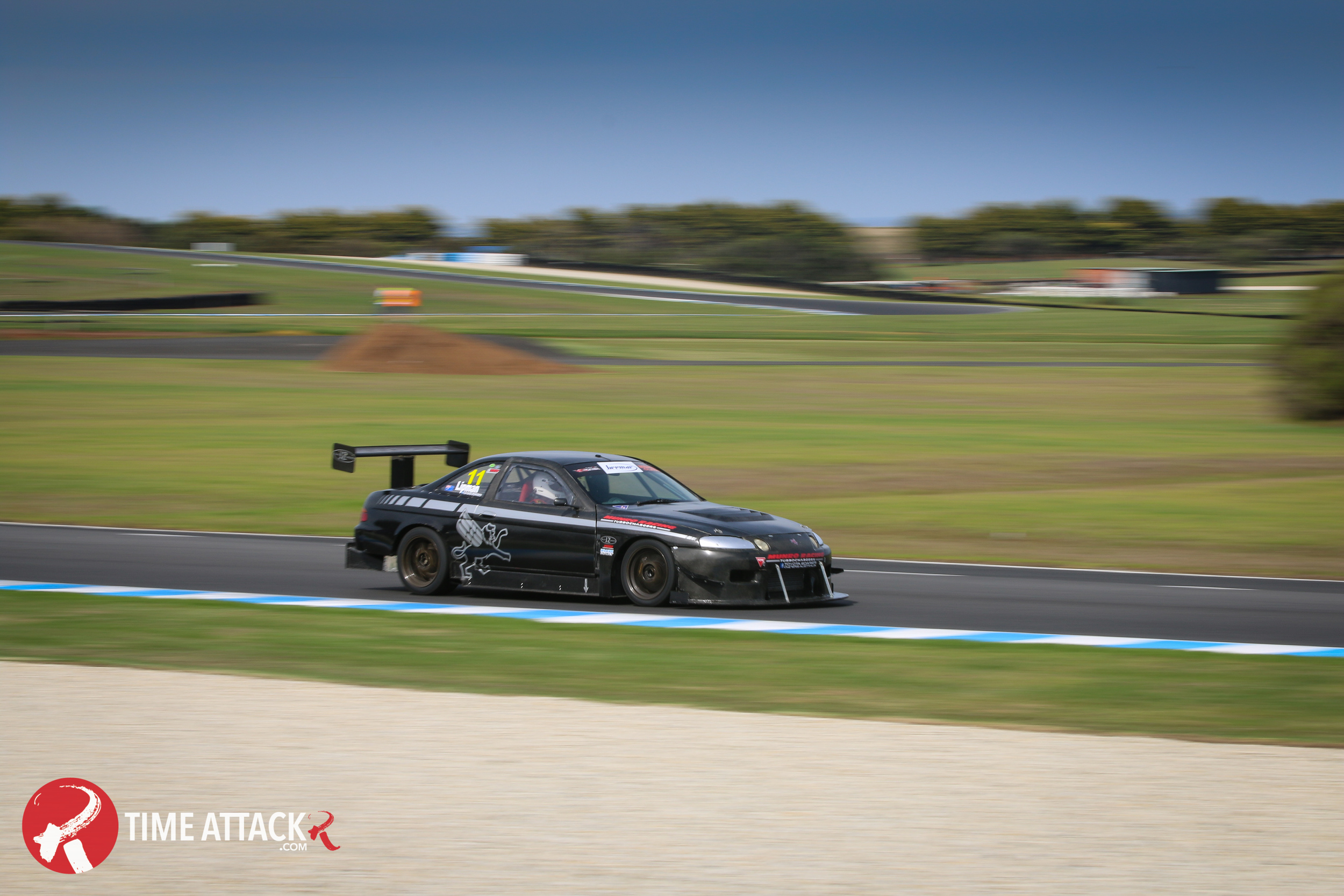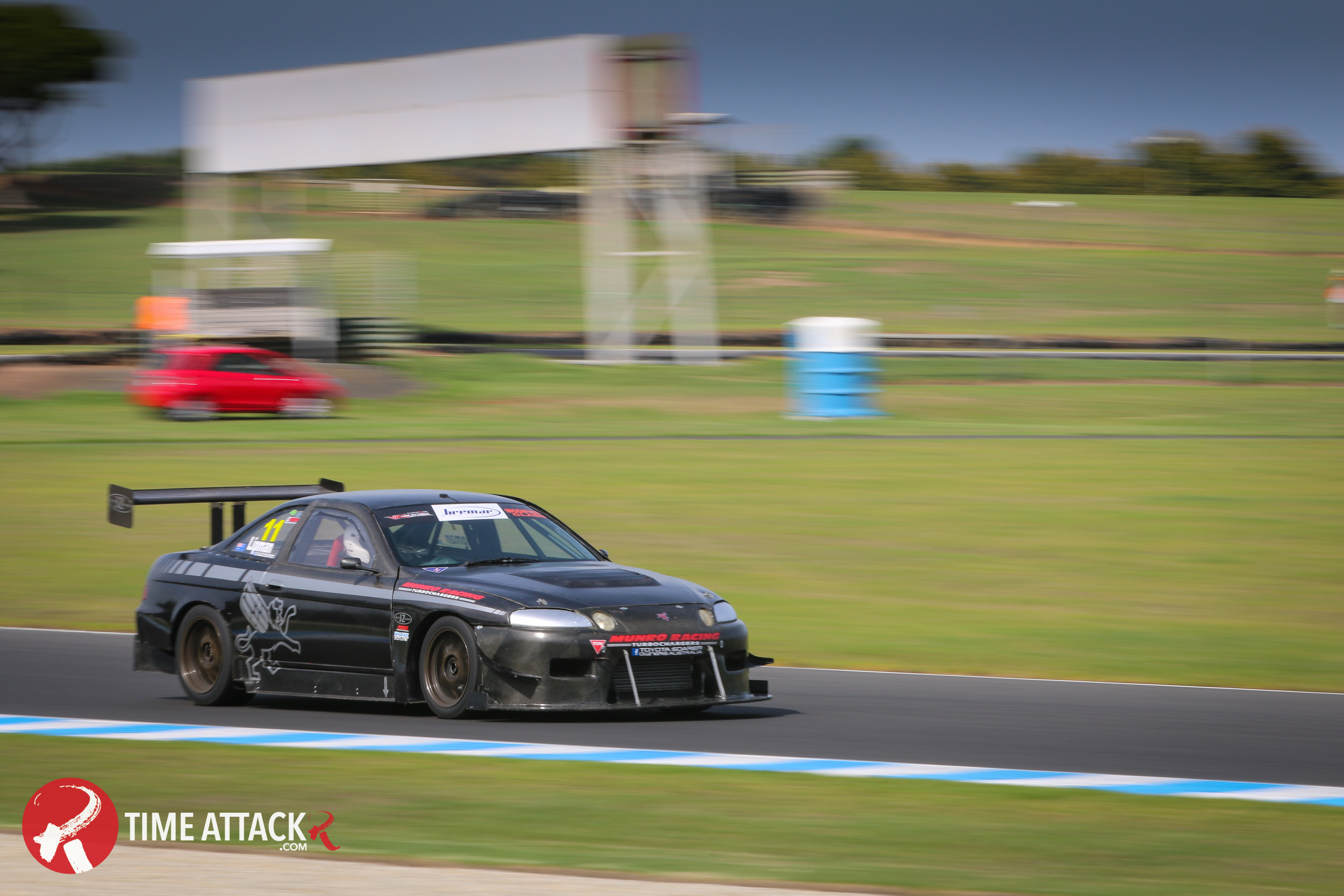“How much power from a naturally-aspirated carbureted V8? Crikey! Maybe I should take a closer look into the world of Trans-Am racing here in New Zealand. Thankfully, good friend Alastair Wootten drives one”
You’re probably a little confused at this point. You’ve clicked into this article wondering, what has this got to do with time attack racing? When you learn that these Trans-Am machines that hail from the United States of America are faster than our fastest time attack cars in New Zealand, you’d be curious to find out why, too.
Alastair Wootten, my best man, an incredibly talented driver with a motorsport history dating back to his childhood, has found himself with the ultimate in father and son projects in the form of this here Corvette — an SB2 Nascar-powered machine with over 800hp. That’s right, there’s no form of forced induction here, nor is there a trick ECU to run the engine. Instead, a carburettor and a steady screwdriver-wielding hand to make fine adjustments — a foreign concept in modern time attack racing.
The tyres? Yep, they’re full-slicks and they’re gigantic. Not only in their track width but in their profile. You’d easily mistake them for drag racing slicks if you weren’t in the know. A quick-change differential, huge slicks and a four-speed dog-box ensure the brutal onslaught of horsepower makes its way to the tarmac. Other cars in the Trans-Am field are now running much lighter five and six-speed sequential gearboxes to give them an edge.
Based on a tube-frame chassis, the lightweight Corvette body panels are simply bolted in place. Alastair’s Kirky race seat is quite a fair distance from the front of the Corvette and is the only seat in the vehicle, tightly squeezed between the behemoth gearbox tunnel, must-have dry-sump system and essential gauges.
Rev-limiters depending on racing conditions are simply increased with ‘rev chips’ or, ‘little USB looking things’ as Alastair puts it. The SB2 punches out an ear-piercing 9000RPM at full song.
There’s an incredibly limited amount of aero on a Trans-Am race car. There’s a rear element, yes, but it’s a similar size to what you’d see on most club level time attack race cars. The front end is void of any splitters or canards, adhering to the local Trans-Am rulebook.
Yes, you’re right in thinking that these machines rely solely on their mechanical grip and engine horsepower to lap the times they do, which in full qualifying mode, can dip into the 1:04’s around Hampton Downs Raceway — what is essentially now New Zealand’s benchmark time attack circuit for enthusiasts. The most impressive part? It’ll do those lap times all day long. Not just one hot lap like in time attack, it’ll run those times happily for more than 20 laps.
“They’re an animal to drive,” Alastair told us, “It’s like driving a drag car that can turn. The steering is heavy and the power comes on hard. We’re topping out near 280kph along Hampton Down’s front straight.”
Better still, Trans-Am's are incredibly entertaining to watch do battle. Their size, noise, and pace make them an exciting spectacle. Alastair managed to take out this weekend’s racing, which is the first round of many for the season. We may take a closer look into some of the other machines during the season, as they cross over with the NZ Superlap Series.








